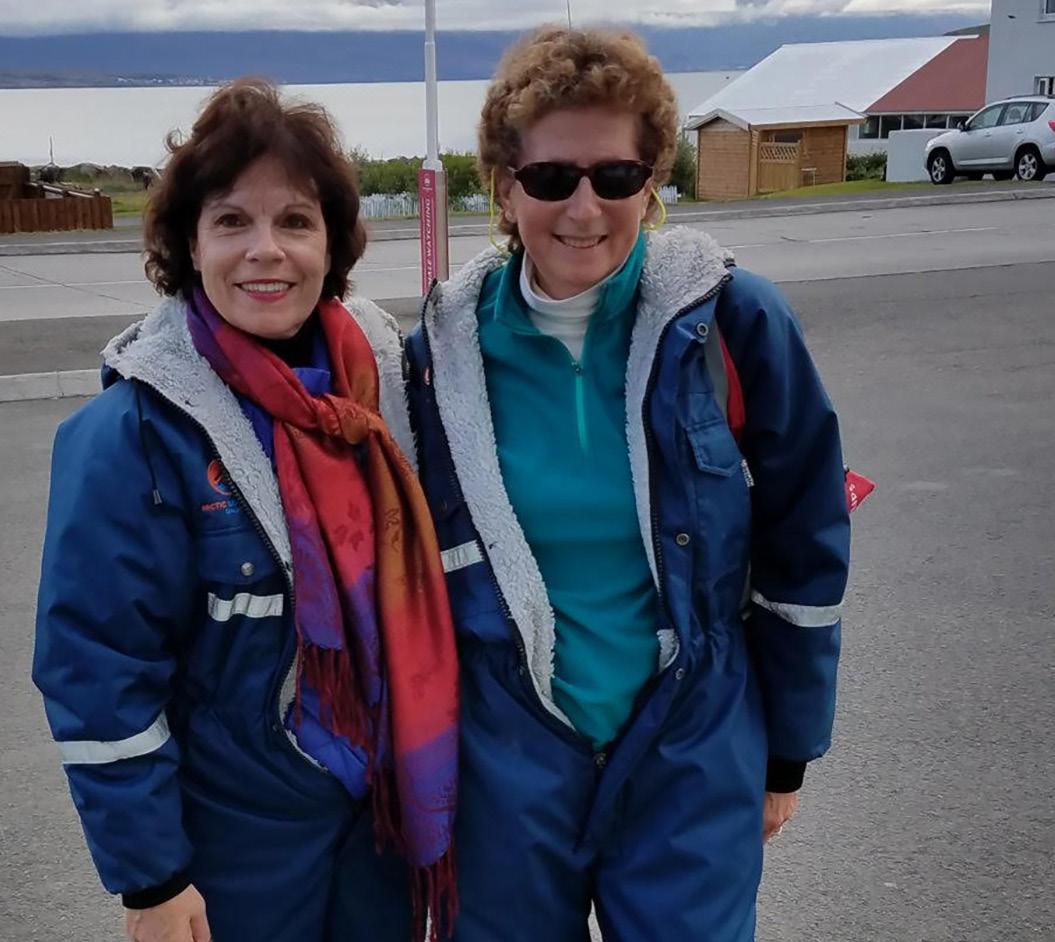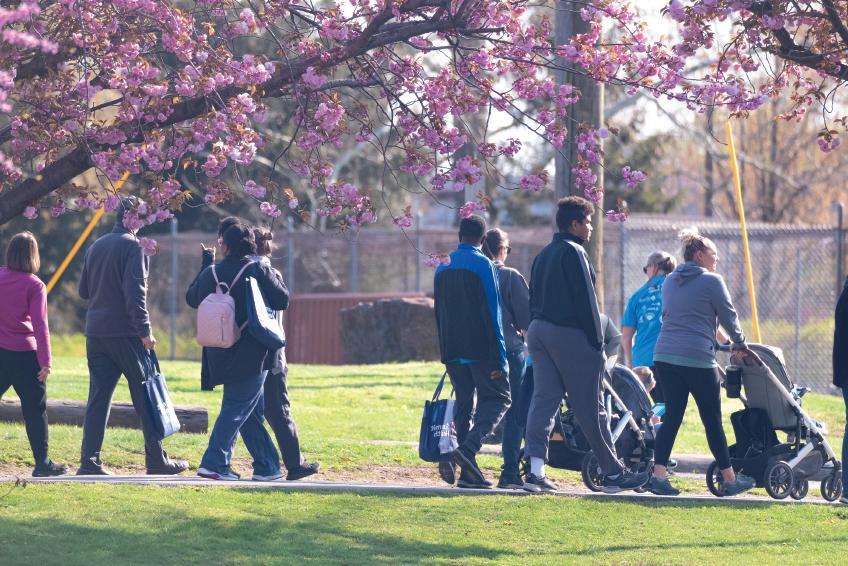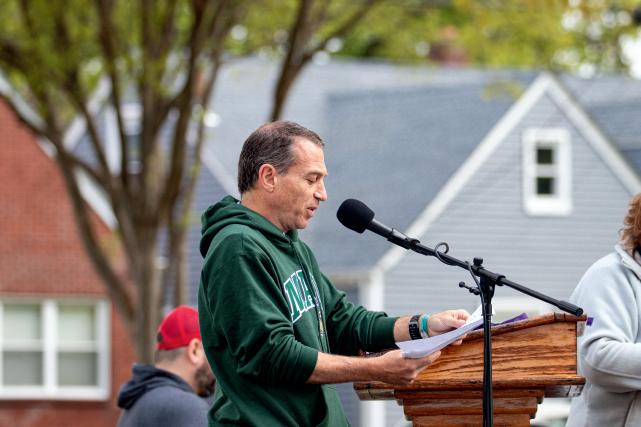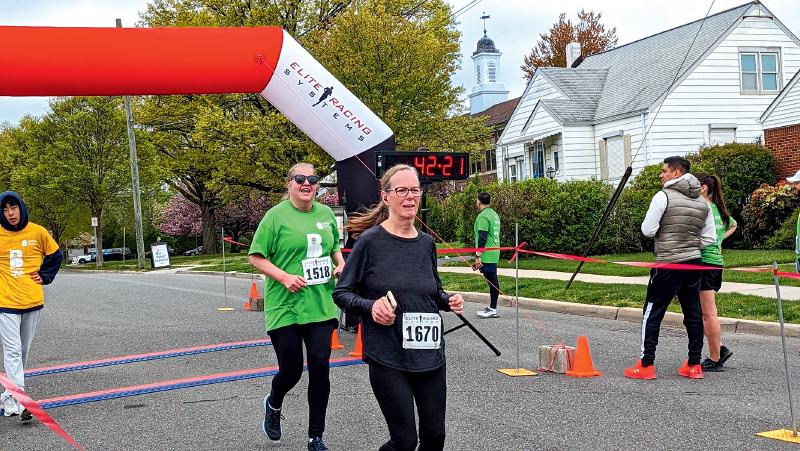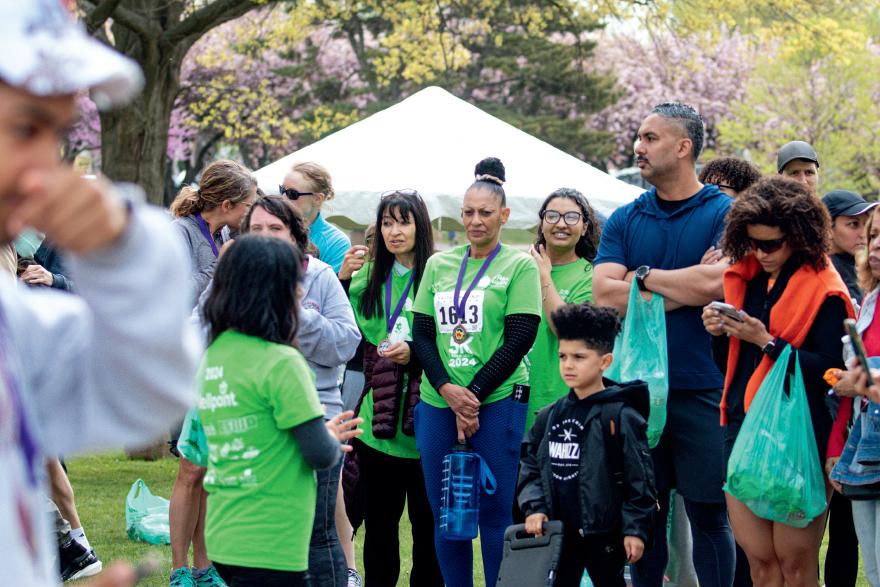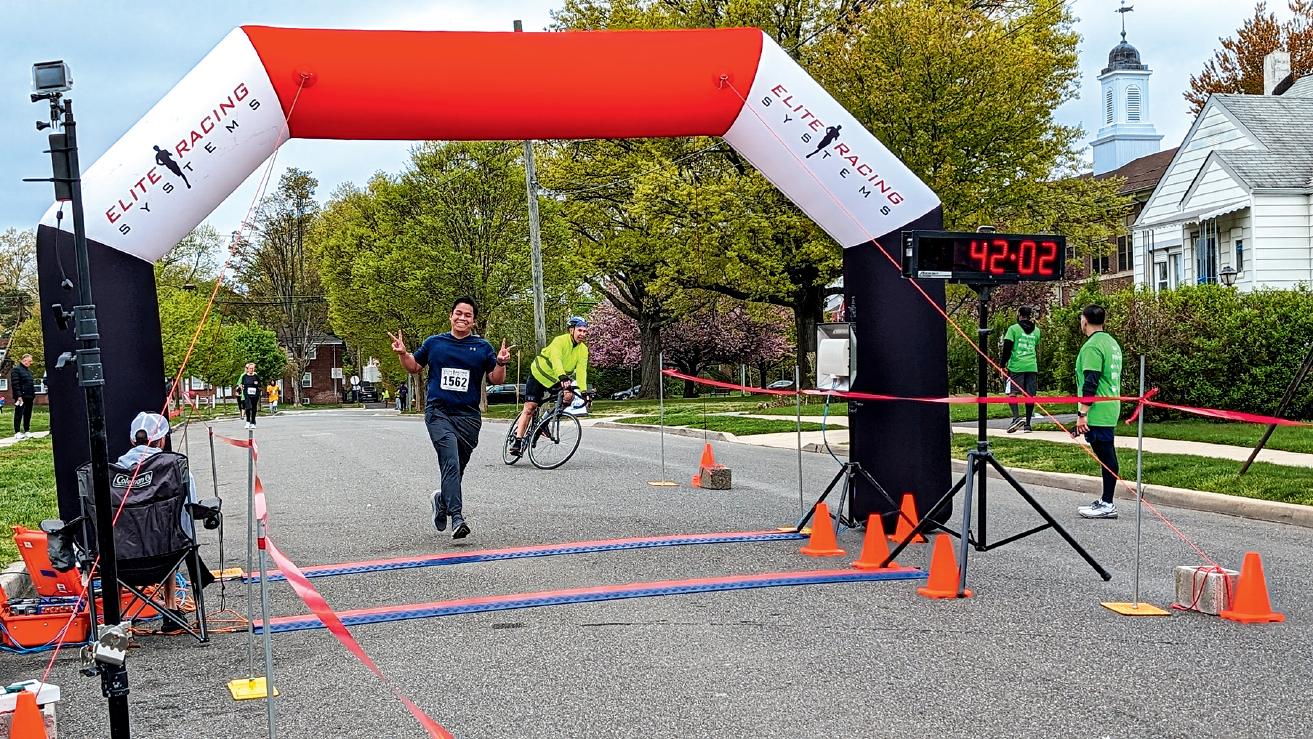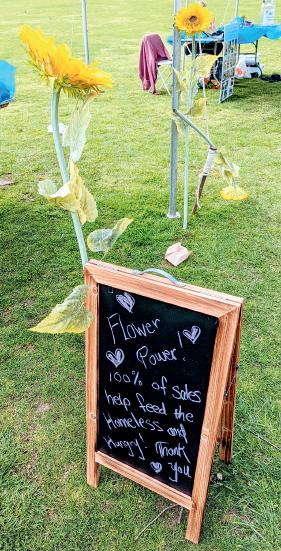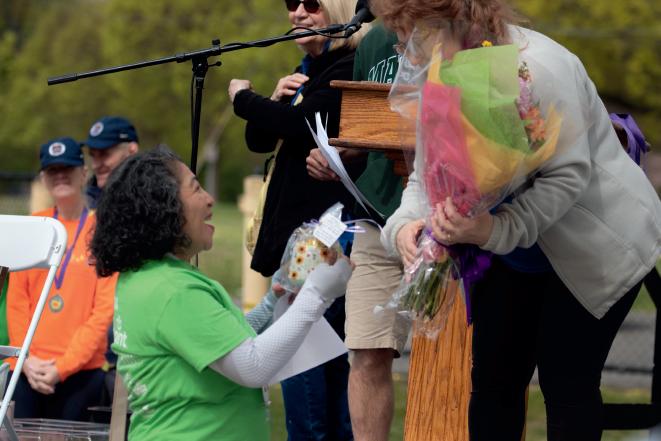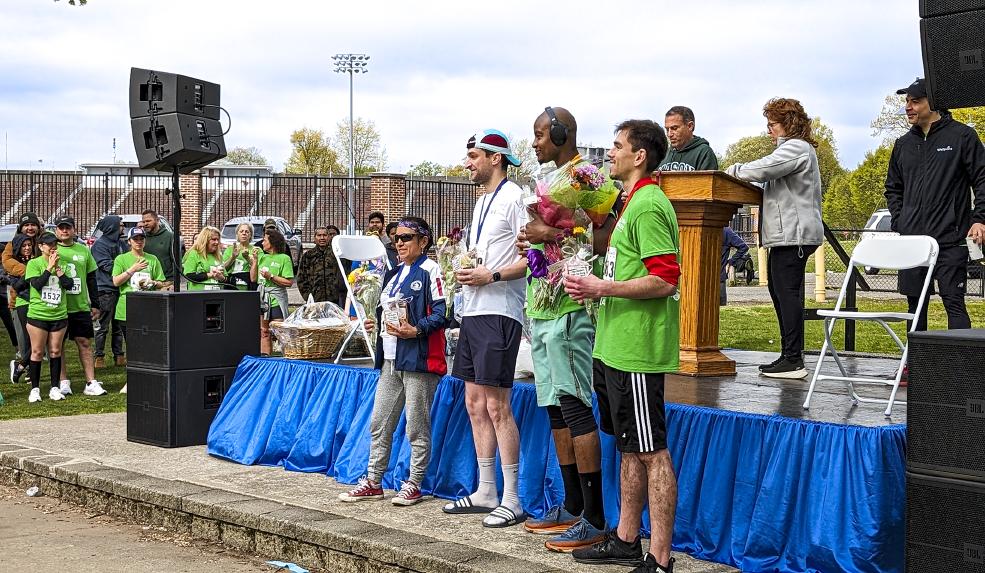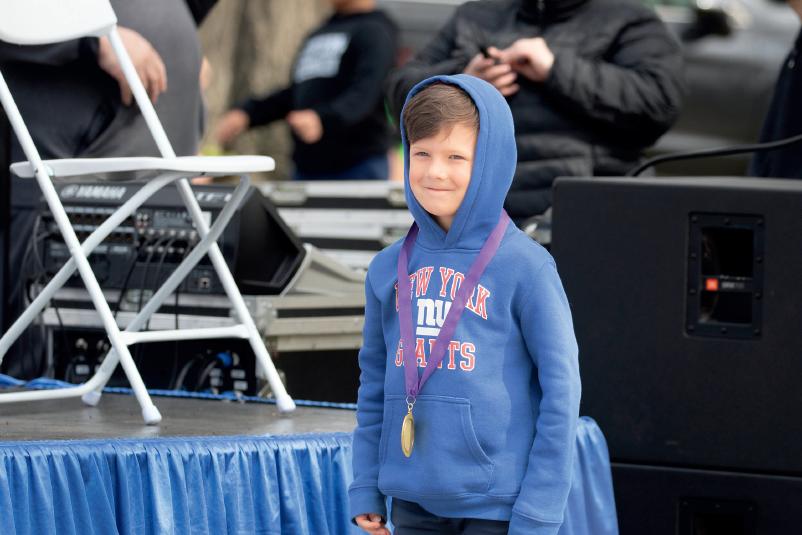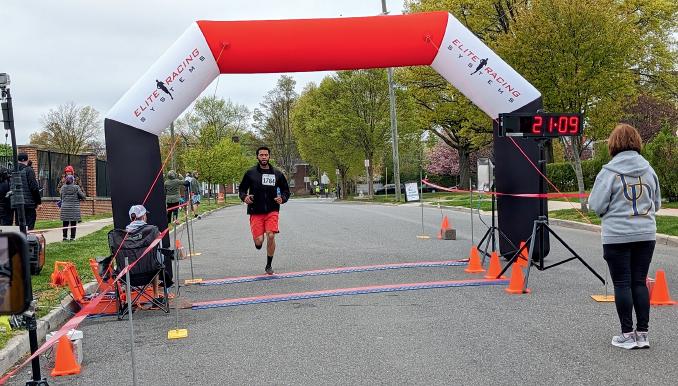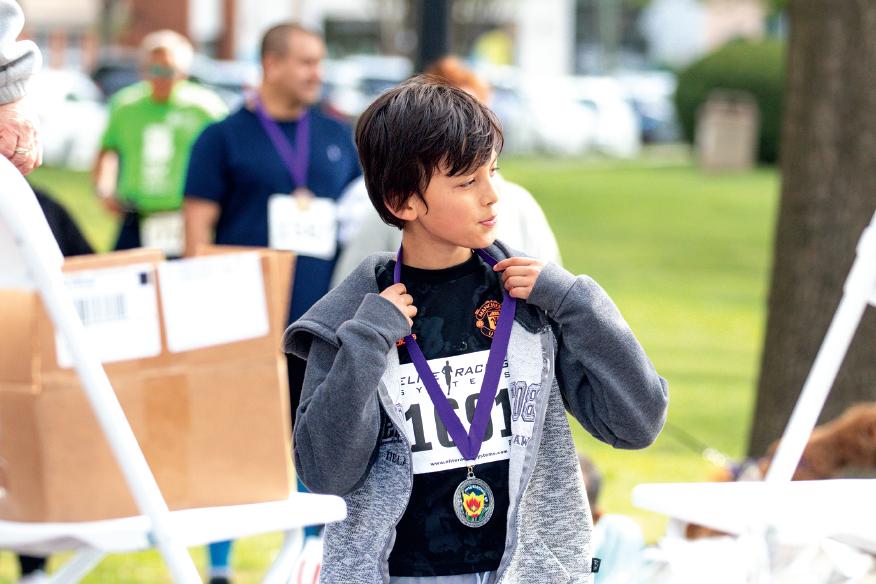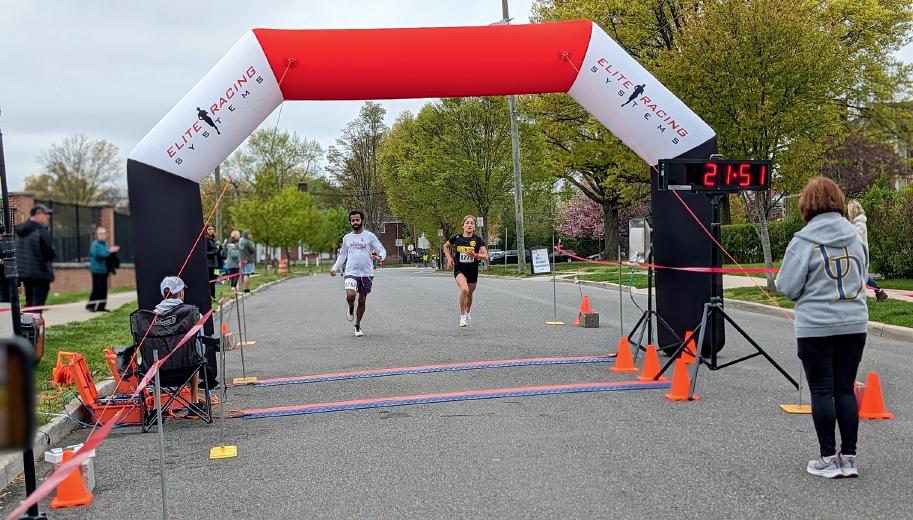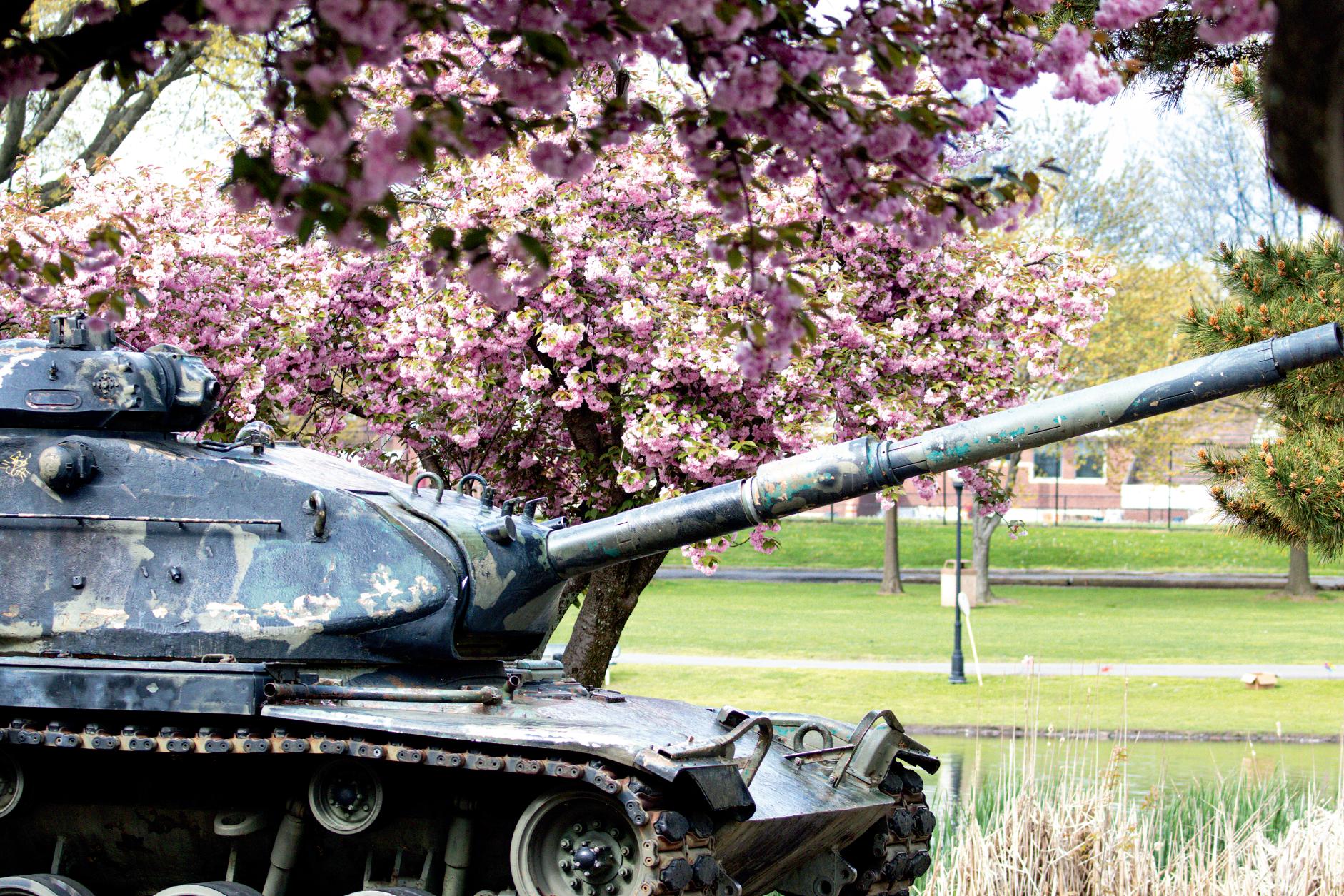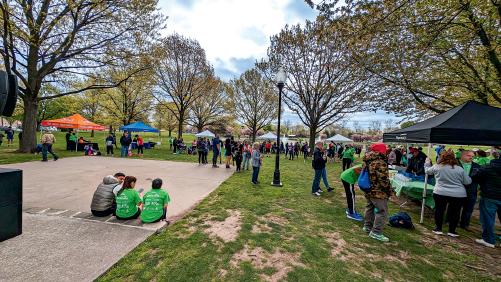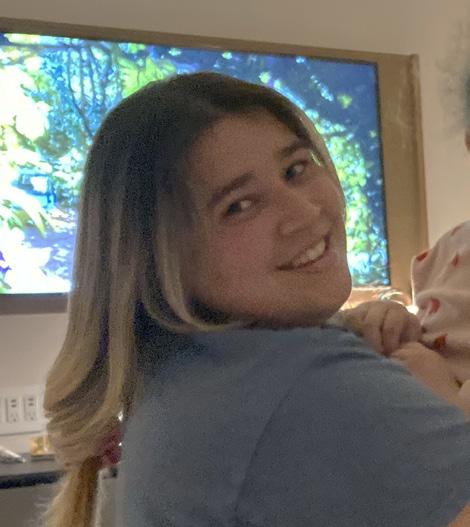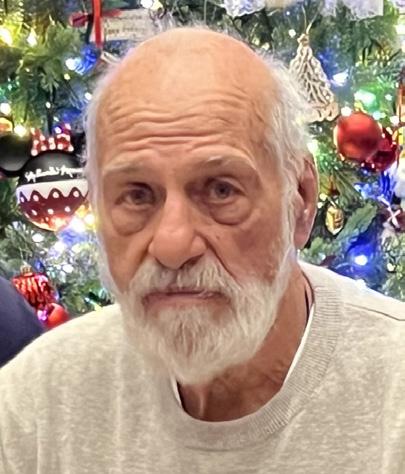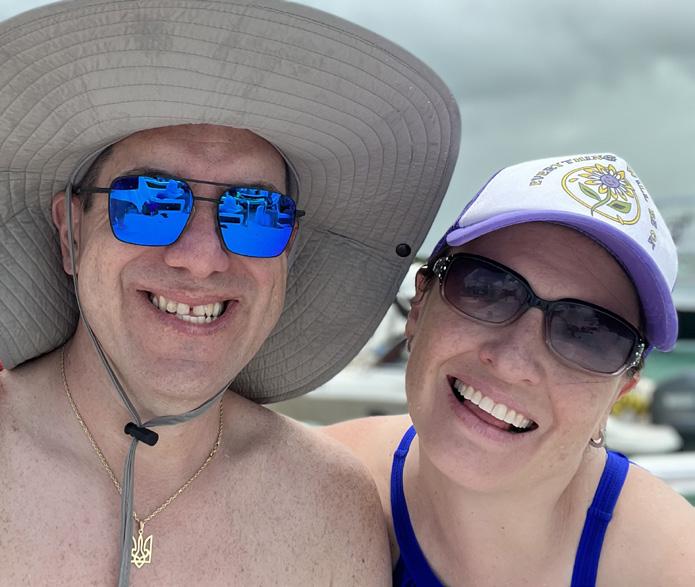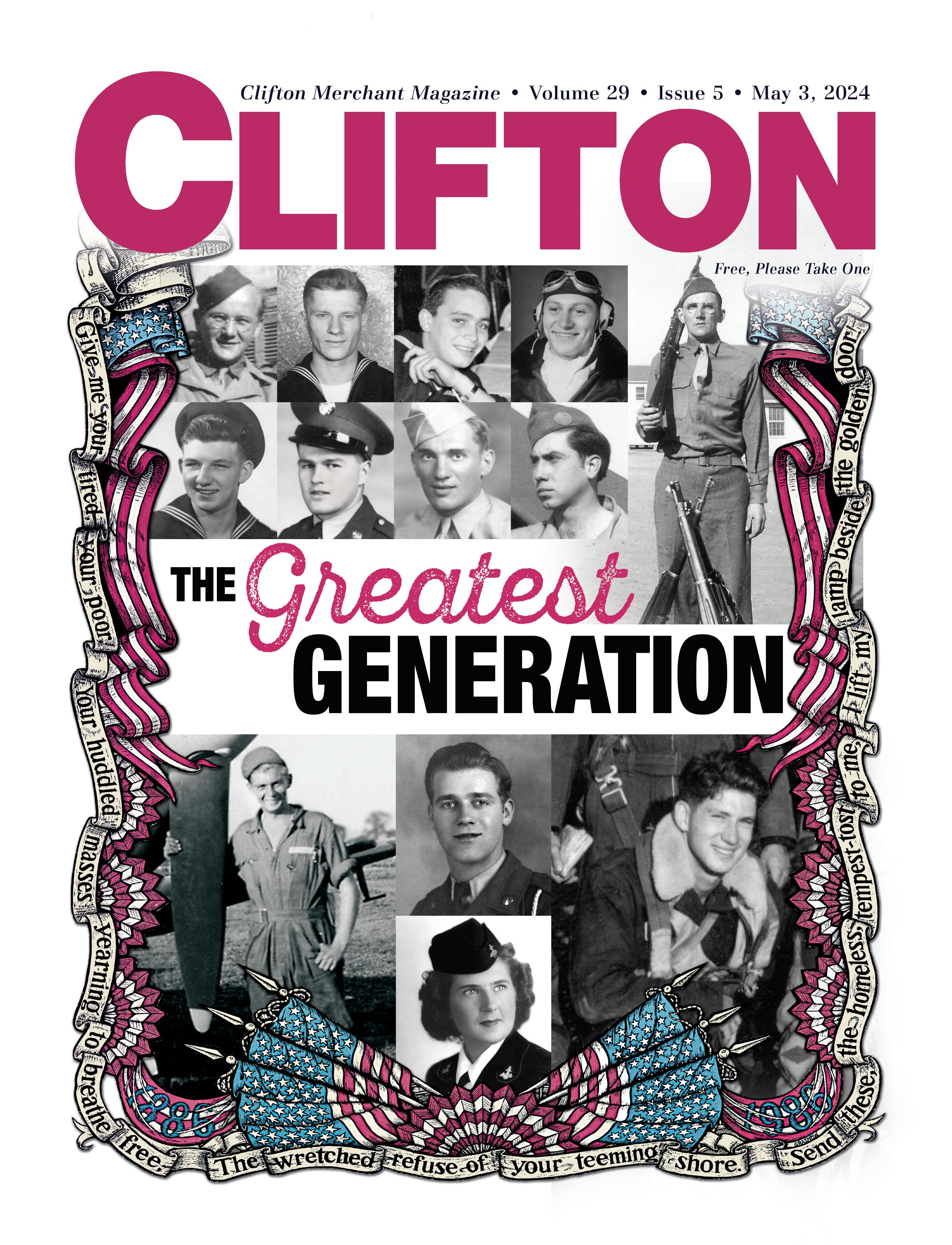





During my three decades as editor of this magazine, I’ve been privileged to publish and share the stories of the Greatest Generation – men and women from hometowns like Clifton who saved the world. Most were kids still in high school when Japan bombed Pearl Harbor. Days after, they enlisted. Others became officers. More joined the fight on the home front, laboring in factories, collecting scrap metal or selling war bonds. The story from WWII that I wish I’d been able to hear firsthand was how my dad, Joe Hawrylko, at right, enlisted in the Army at age 30.
From the Editor, Tom Hawrylko
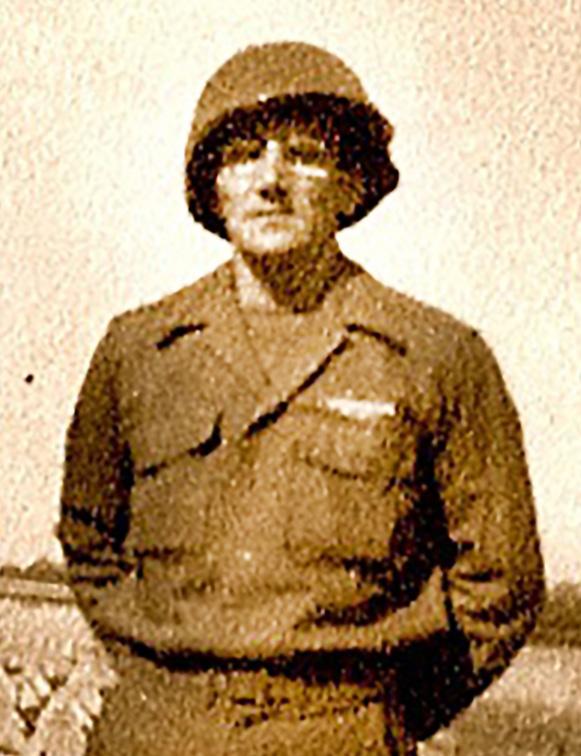
My dad began his journey into Alzheimer’s disease in 1969, taking his stories of World War II with him. I often tried to find out more about him. In 1999, when I did a commemorative journal for our American Ukrainian Veterans Post in Perth Amboy, a man from our church shared a happy tale of how he ran into my dad on a troop transport at the war’s end. But that was about it.
Years back, my first son and his namesake Joe uncovered some of my dad’s story. Using Google, he found history on his grandfather. According to the book, Omaha Beach and Beyond: The Long March of Sergeant Bob Slaughter, we learned my father was stationed in Devonshire, England, with the 1st Battalion, D Company, in December 1943.

1288 Main Avenue, Downtown Clifton, NJ 07011 973-253-4400 • tomhawrylkosr@gmail.com turn our pages at cliftonmagazine.com

“Captain Schilling went on a recruiting expedition into the regimental rifle companies looking for large, tough men to carry the heavy machine guns and mortars – and he found them,” wrote author John Slaughter. One of those named was my dad, Joe Hawrylko, “… just a few of Captain Schilling’s hand-picked men, and they proved to be some of the best combat soldiers in D Company.”
While both my brother and I are tall, my dad was short, maybe 5’8” and sinewy. No other details on Joe are offered, but the book explains how their intensive infantry assault training prepared them for D-Day.
On June 6, 1944, 160,000 Allied troops – including Joseph John Hawrylko – landed along a 50-mile stretch of heavily-fortified coastline to fight Nazi Germany on the beaches of Normandy, France. My dad’s story is typical of Americans who served our nation honorably – too many of whom did not return.
With this edition, we pay tribute to our veterans and the Greatest Generation – shining a light on their service, keeping their memories eternal. In the following pages, you’ll learn about their resolve and unselfish commitment that Cliftonites demonstrated – ordinary people who would go on to do extraordinary things.
Editor & Publisher
Tom Hawrylko, Sr.
Art Director
Ken Peterson
Associate Editor & Social Media Mgr.
Contributing Writers
Ariana Puzzo, Joe Hawrylko, Irene Jarosewich, Tom Szieber, Jay Levin, Michael C. Gabriele, Jack DeVries, Patricia Alex
Ariana Puzzo
Business Mgr.
Irene Kulyk
distributed
$50 per year
14,000 Magazines are
to hundreds of Clifton Merchants on the first Friday of every month. Subscribe
or $80 for two Call 973-253-4400
© 2024 Tomahawk Promotions follow us on: @cliftonmagazine
Cliftonmagazine.com • May 2024 3


They would leave their homes, schools and places and employment – the same places we now reside in and enjoy today – to fight evil. While nearly all are gone now, we have their stories – ones we are all privileged to read.
On Sunday, Dec. 7, 1941, the world changed.
The Japanese sneak attack on the American naval base at Pearl Harbor took place just before 8 am in Honolulu, Hawaii. More than 300 Japanese fighter planes buzzed out of the sky, destroying or damaging nearly 20 American naval vessels, including eight battleships and more than 300 airplanes. Over 2,400 Americans died, including civilians.
On the deck of the USS Curtis, Clifton’s Joseph Sperling – who once lived at 30 Richardson Ave. in the Athenia section and attended School No. 6 – watched as a wounded Japanese fighter plane tumbled out of the sky toward him. It was the last thing he saw. The plane crashed into the Curtis.
Sperling, a 17-year Navy veteran, became the first Cliftonite killed in action in WWII, leaving behind six sisters and three brothers, along with his mother. Sperling Park, located on Speer Ave., was later named in his honor.
The attack was a resounding success for Japan and its Axis partners, Germany and Italy. On Dec. 8, America entered the war. A quote attributed to Japanese Admiral Isoroku Yamamoto described what was to happen: “I fear all we have done is to awaken a sleeping giant and fill him with a terrible resolve.”
When the attack on Pearl Harbor happened, high school senior Jack Anderson was in the old Herald-News building on Prospect St. in Passaic, mixing darkroom chemicals. Anderson, who would later document Clifton’s history with his photos after WWII, remembered what happened: “Bells and whistles started going off in the wire room. I asked someone what it was, and they told me that happened whenever a special story was coming over. Soon, there was a constant stream of information coming over the wire. It made quite an impression on me. By that winter, most of the young men I knew were in the service.”
Anderson soon joined them in the Navy.
As the first wave of Japanese attackers swarmed over Hawaii, the Clifton Theater was packed with moviegoers. Fans were also watching the Paterson Panthers play in
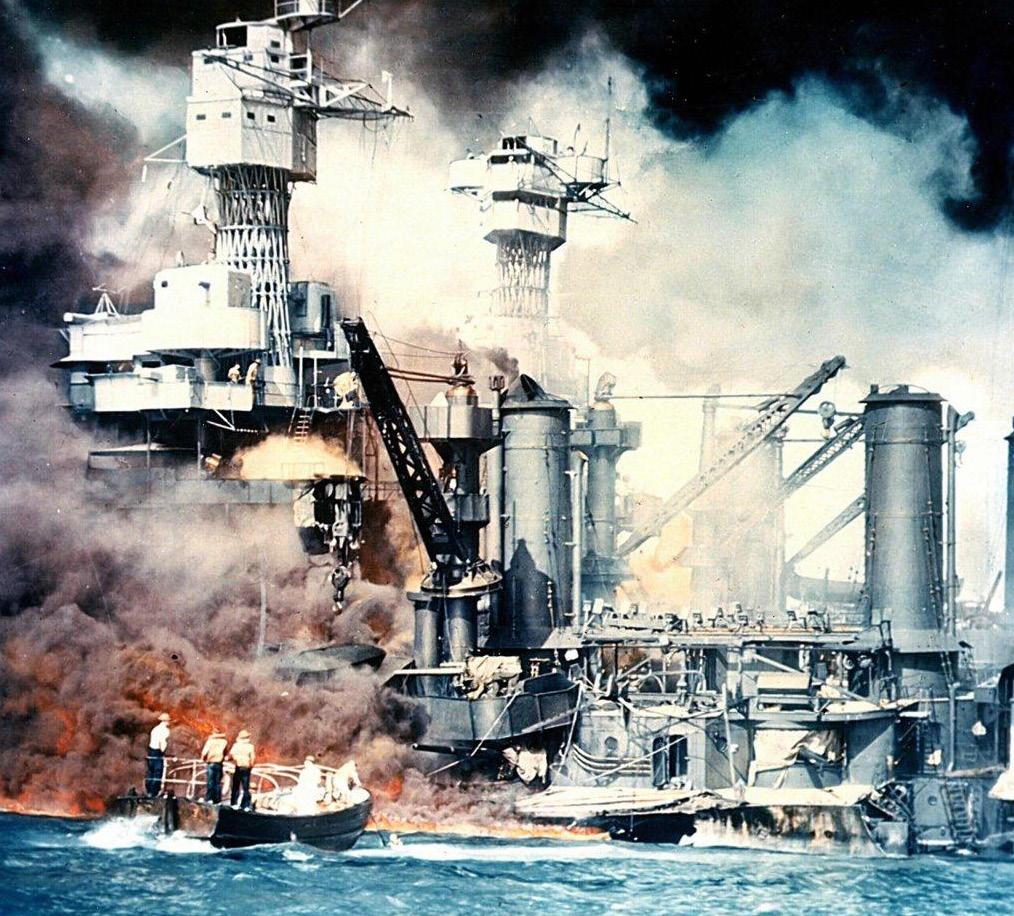
The attack on Pearl Harbor was a surprise military strike by the Imperial Japanese Navy Air Service on Dec. 7, 1941, which led to our nation’s formal entry into World War II the next day. Facing page, on Aug. 29, 1944, GIs with the 28th Infantry Division march down the Champs Elysees in Paris during France’s victory parade to mark the end of German occupation,
Hinchliffe Stadium where a Paterson Eastside student and future baseball Hall of Famer Larry Doby was working as an usher. Couples filled the dance floor of the Meadowbrook in Cedar Grove as Mario Giunta, a future Clifton police detective, listened to the band. The music stopped, the news was announced, and the band played on.
“What happened didn’t really sink in until we were riding home and talking about it,” Giunta said.
Clifton and surrounding towns mobilized for war.
The Herald-News reported reservists being summoned in Nutley, a defense group meeting in Passaic, and armed guards “increasing 300 percent” at the Curtiss-Wright Propeller Division Plant in Clifton. On Garrett Mountain, the “five-cents-a-look” binoculars were removed because it “enabled anyone to survey the entire vital Paterson defense area scene.”
4 May 2024 • Cliftonmagazine.com

On orders from an unnamed government representative, the Clifton Police were dispatched to seize control of the Takamine Plant at 193 Arlington Ave., which produced vitamins and chemicals. Eben Takamine, son of the late Japanese scientist Dr. Jokichi Takamine and his American mother, operated the plant. W.A. McIntyre, the plant’s vice president, told the Herald-News the company was “entirely American controlled” and was confident he could convince the soon-to-arrive federal agents that “their position was incorrect.”
The elder Takamine was once known as one of Clifton’s leading citizens; now, his family had become suspected combatants.
Fear of an air attack gripped New Jersey. Air raid sirens were made ready. Clifton Fire Chief James Sweeney told his men to prepare their equipment and know where emergency water sources were. Sweeney said their jobs would become more difficult if bombs tore up the streets or they were handicapped by blackouts.
Clifton students got a living history lesson.
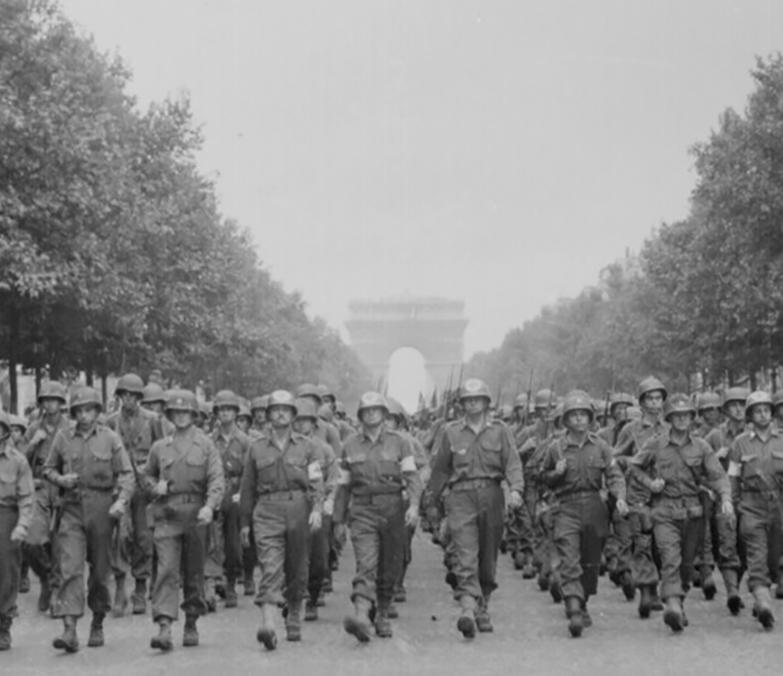
“I was a voracious reader of newspapers,” said Homcy, then too young to serve. “I read anything about war. I even kept a map on my room’s wall and plotted the war – the battles, the Allied victories.”
“I was part of the first class to graduate from Clifton High after the bombing,” Harry Murtha said. “One of my classmates, Ray Zangrando, who also played football for the Clifton Arlingtons, was one of the first from my class to join the fight. There was no way to describe the unity in this country. We needed to be united. In the first months of the war, we took a terrible beating.”
Cliftonites said goodbye to their sons, as well as some of their daughters.
In the months that followed, the nation transformed itself to support the war effort. Factories operated on a threeshift, 24-hour day schedule. Bowling alleys opened all night to accommodate late-shift workers, and movies opened at noon and ran long past dark.
In April 1943, Clifton began a “Buy a Bomber” campaign, led by builder Frank Alberta. The city sold enough war bonds, a reported $760,000, to buy that bomber, a B-17 Flying Fortress christened, “Spirit of Clifton.” The U.S. War Dept. was so impressed, it named a P-T boat after the city, too. By July 1943, Clifton had sent 70,000 pounds of tin to support the war effort, encouraged by salvage chairman Augustine LaCorte.
Across from Main Memorial Park in a house on Main Ave., George Homcy, a future Herald-News reporter who would tell the city’s post-war history with his words, followed the conflict.
Because of WWII, the NFL held its practices at night, allowing football players to satisfy their wartime obligations by working by day in a defense factory or shipyard. This allowed dental student and future Clifton dentist, Angelo “Doc” Paternoster, to sign with the 1943 Washington Redskins. However, after finishing dental school, Doc quit the NFL and joined the Navy.
The war’s impact was devastating for many.
Pauline Chaplin of Alyea Terrace, received news that her son, Lt. Emil Chaplin, was killed on March 24, 1945. A CHS grad, winner of the Rensselaer Institute of Technology award in math, and a graduate of the School of Journalism at the University of Georgia, Chaplin was teaching school and preparing for a master’s degree when he enlisted.
For some parents, news from abroad brought relief. Julia DeNike of Fenner Ave. received word her son Pvt. Joseph Bush was liberated from a Nazi prison camp by the 83rd Infantry Division at Altengrabow, Germany in 1945. After Bush was captured, he was moved from camp to camp – his family not hearing from him since Dec. 1943.
WWII finally ended on Sept. 2, 1945. With the surrender of Japan, victorious and heroic men and women came home. Their return would transform Clifton from a land of farms to a thriving, prosperous city. But the stories of the people who lived through WWII and later built this city –the one we enjoy today – remain.
Read on to learn about the way it was…
Cliftonmagazine.com • May 2024 5

6 May 2024 • Cliftonmagazine.com

Cliftonmagazine.com • May 2024 7
The Fallen. Organized by the war in which they served, we have again published the name of every Cliftonite who died while in service to our nation.
World War I
Louis Ablezer
Andrew Blahut
Timothy Condon
John Crozier
Orrie De Groot
Olivo De Luca
Italo De Mattia
August De Rose
Jurgen Dykstra

Seraphin Fiori
Ralph Gallasso
Otto Geipel
Mayo Giustina
Peter Horoschak
Emilio Lazzerin
Joseph Liechty
Jacob Morf, Jr.
William Morf
Edwin C. Peterson
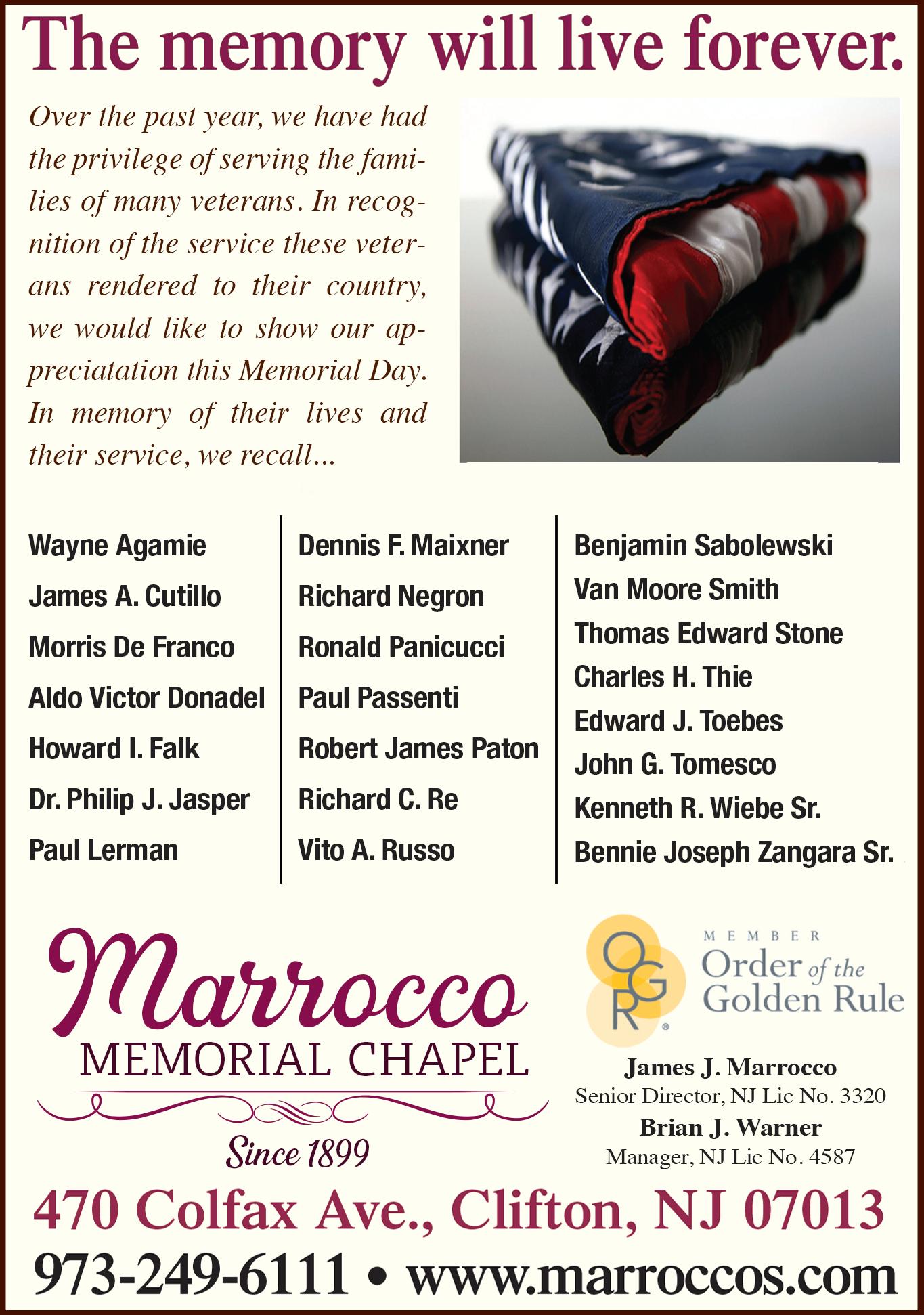
Robert H. Roat
Alfred Sifferlen
James R. Stone
Carmelo Uricchio
Angelo Varetoni
Michael Vernarec
Cornelius Visbeck
Ignatius Wusching
Bertie Zanetti
Otto B. Zanetti
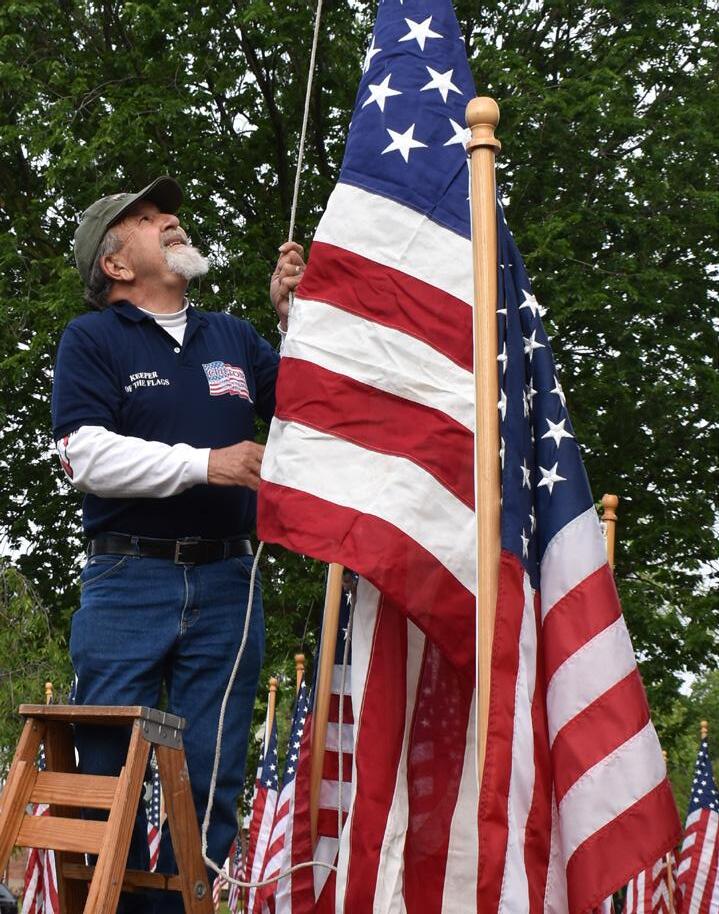
Memorial Weekend
Sunday, May 26
6 am: Volunteers needed to help set up 2,285 flags at Avenue of Flags, in and around City Hall, weather permitting Monday, May 27
8:15 am: Fire Dept. Service, Brighton Rd. followed by 9 am Parade from Clifton & Allwood Rd. to Chelsea Park
9:30 am: Service at Chelsea Park
11 am: Main Memorial Park Service
2 pm: Athenia Veterans, Huron Ave.
6 pm: Avenue of Flags Take Down
Questions? Visit Avenue of Flags barn near City Hall or call Joe Tuzzolino at 973-632-9225 to volunteer, or for info.
8 May 2024 • Cliftonmagazine.com

Cliftonmagazine.com • May 2024 9

World War II
Joseph Sperling
Charles Peterson
Thomas Donnellan
Jerry Toth
Frank Lennon
Joseph Carboy
Julius Weisfeld
Edward Ladwik
Israel Rabkin
Peter Pagnillo
Harold Weeks
William Weeks
Salvatore Favata
Herman Adams
Edward Kostecki
Charles Hooyman, Jr.
Salvatore Michelli
Richard Novak
James Potter
Adam Liptak
John Van Kirk
Carlyle Malmstrom
Francis Gormley
Charles Stanchak
Joseph Ladwik
Karl Germelmann
Robert Stevens
Albert Tau
William Scott
Benjamin Puzio
James Van Ness
Gregory Jahn
Nicholas Stanchak
Frank Smith, Jr
Carl Bredahl
Donald Yahn
Joseph Belli
Edwin Kalinka
Stanley Swift
Charles Lotz
Joseph Prebol
Walter Nazar
Benedict Vital
Thaddeus Bukowski
Leo Grossman
Michael Kashey
Stephen Messineo
John Janek
John Yanick
Herbert Gibb
William Nalesnik
Joseph Sowma
Bronislaus Pitak
Harry Tamboer
John Olear
John Koropchak
Joseph Nugent
Steven Gombocs
Thomas Gula
Raymond Curley
Harry Earnshaw
James Henry
John Layton
Charles Messineo
Joseph Petruska
Bogert Terpstra
John Kotulick
Peter Vroeginday
Michael Sobol
Donald Sang
Andew Sanko
George Zeim, Jr.
Robert Van Liere
Vernon Broseman
Harold O’Keefe
Edward Palffy
Dennis Szabaday
Lewis Cosmano
Stanley Scott, Jr.
Charles Hulyo, Jr.
Arnold Hutton
Frank Barth
John Kanyo
Bryce Leighty
Joseph Bertneskie
Samuel Bychek
Louis Netto
David Ward
Edward Rembisz
Lawrence Zanetti
Alfred Jones
Stephen Blondek
John Bulyn
Gerhard Kaden
William Lawrence
Robert Doherty
Samuel Guglielmo
Robert Parker
Joseph Molson
Stephen Kucha
James De Biase
Dominick Gianni
Manuel Marcos
Nicholas Palko
William Slyboom
Herman Teubner
Thomas Commiciotto
Stephen Surgent
Albert Bertneskie
Charles Gash
Peter Jacklin
Peter Shraga,Jr.
John Aspesi
Micheal Ladyczka
Edward Marchese
Robert Stephan
Roelof Holster, Jr.
Alex Hossack
Siber Speer
Frank Klimock
Salvatore Procopio
Harry Breen
Gordon Tomea, Jr.
Douglas Gleeson
Fred Hazekamp
Harold Roy
Andrew Servas, Jr.
Francis Alesso
Walter Bobzin
Vincent Lazzaro
John Op’t Hof
10 May 2024 • Cliftonmagazine.com

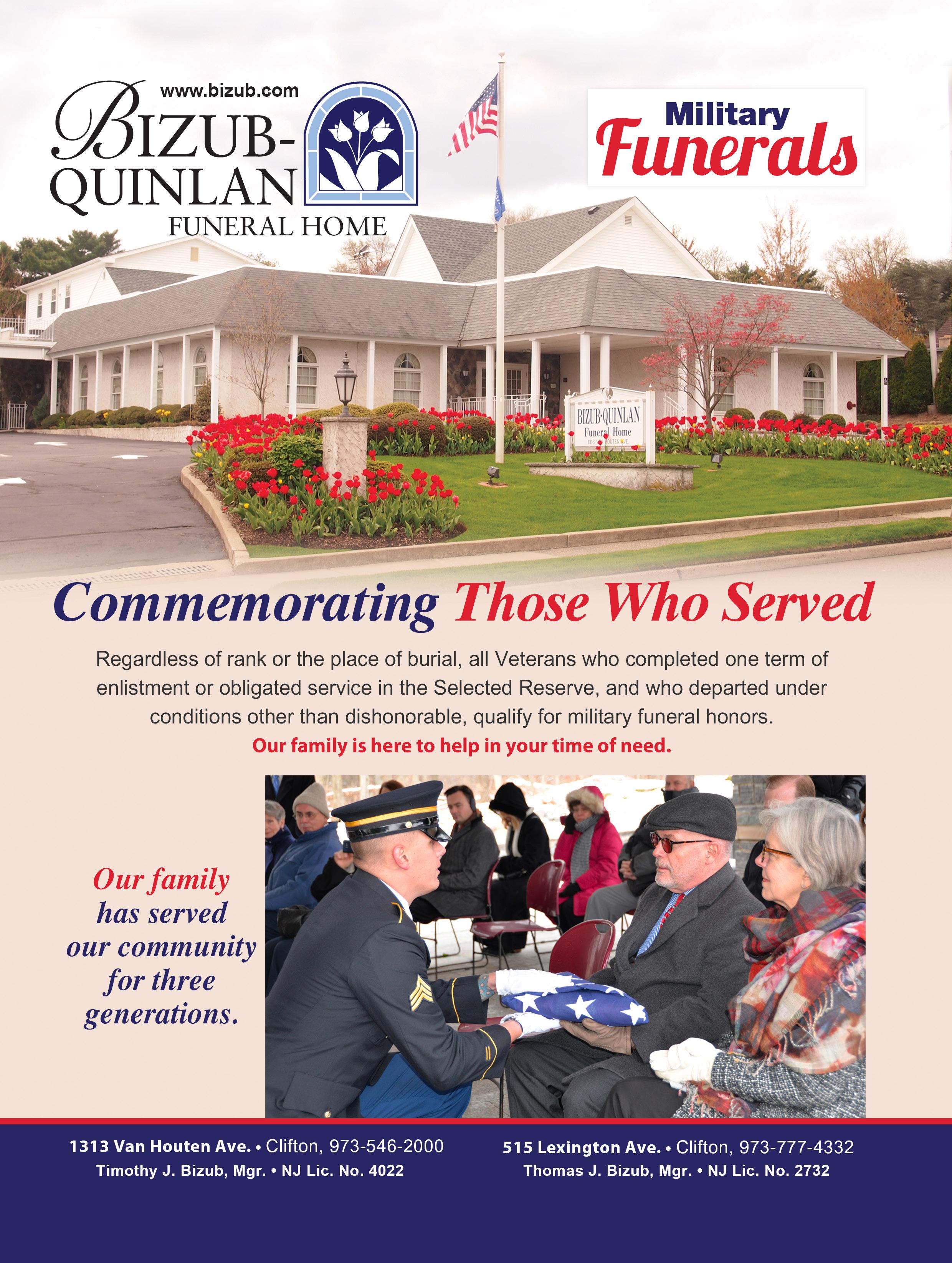
Cliftonmagazine.com • May 2024 11
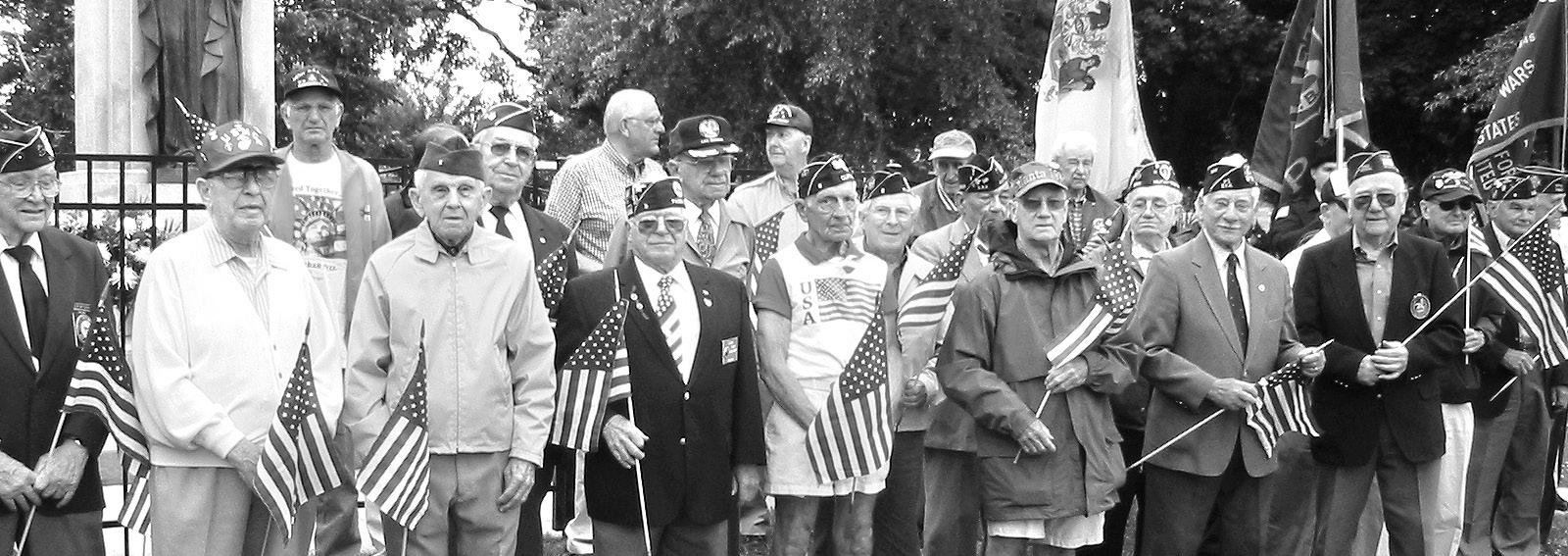
Looking back at Memorial Day 2004, Clifton’s WWII vets in front of the monument in Main Memorial Park.
World War II
Joseph Sondey
John Zier
Peter Hellrigel
Steve Luka
Arthur Vanden Bree
Harold Baker
Hans Fester
Patrick Conklin
John Thompson
Thomas Dutton, Jr.
Harold Ferris, Jr.
Donald Freda
Joseph Guerra
Edward Hornbeck
William Hromniak
Stephen Petrilak
Wayne Wells
Vincent Montalbano
James Miles
Louis Kloss
Andrew Kacmarcik
John Hallam
Anthony Leanza
William Sieper
Sylvester Cancellieri
George Worschak
Frank Urrichio
Andrew Marchincak
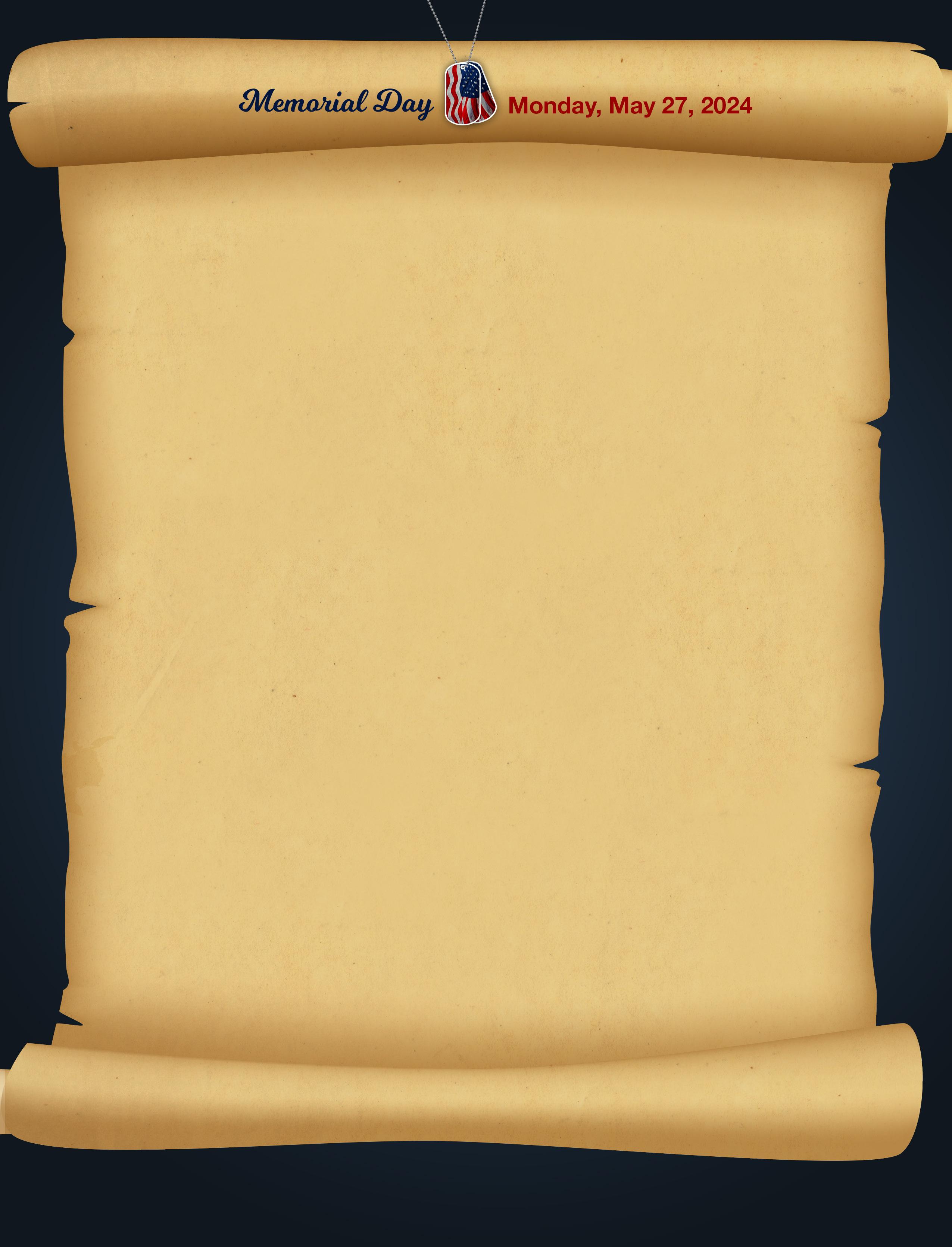
Carl Anderson
George Holmes
Edward Stadtmauer
Kermit Goss
George Huemmer
Alexander Yewko
Emil Chaplin
John Hushler
Edgar Coury
Robert Hubinger
Wilbur Lee
Vito Venezia
Joseph Russin
Ernest Yedlick
Charles Cannizzo
Michael Barbero
Joseph Palagano
William Hadrys
Joseph Hoffer, Jr.
Joseph Piccolo
John Robinson
Frank Torkos
Arthur Mayer
Edward Jaskot
George Russell
Frank Groseibl
Richard Van Vliet
Benjamin Boyko
Harry Carline
Paul Domino
John Fusiak
Louis Ritz
William Niader
Alfred Aiple
Mario Taverna
Sebastian De Lotto
Matthew Bartnowski
John Bogert
Joseph Collura
Matthew Daniels
James Doland, Jr.
Walter Dolginko
Peter Konapaka
Alfred Masseroni
Charles Merlo
Stephen Miskevich
John Ptasienski
Leo Schmidt
Robert Teichman
Louis Vuoncino
Richard Vecellio
Robert Hegmann
Ernest Triemer
John Peterson
Richard Vander Laan, Jr.
Stephan Kucha
‘Gigito’ Netto
Michael Columbus
12 May 2024 • Cliftonmagazine.com


Cliftonmagazine.com • May 2024 13
Korean War
Donald Frost
Ernest Haussler
William Kuller
Joseph Amato
Herbert Demarest
George Fornelius
Edward Luisser
Reynold Campbell
Louis Le Ster
Dennis Dyt
Raymond Halendwany
John Crawbuck
Ernest Hagbery
William Gould
Edward Flanagan
William Snyder
Allen Hiller
Arthur Grundman
Donald Brannon
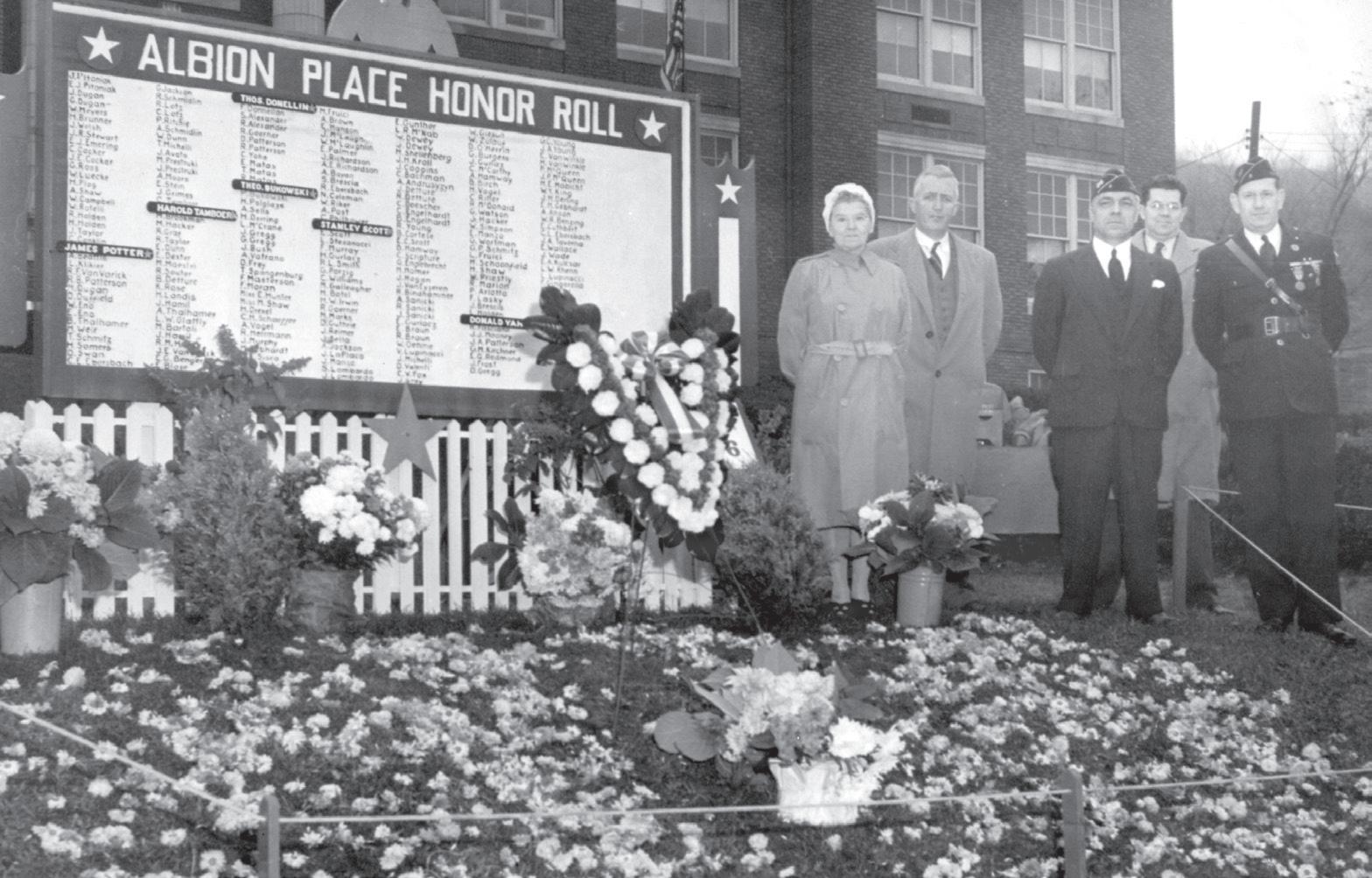
Memorial Day, 1944, at the dedication of the honor roll at the Italo-American Circle of Albion Place, Valley Rd., one of 12 posted in Clifton neighborhoods to show support for the 5,500 men who shipped off to war. Note the names highlighted. They are the young men who were killed in action, just six of the 269 Cliftonites who would die during WW II.

Dedication of honor roll at Clifton Ave. and Clifton Blvd., June 6, 1943. From left, VFW Post 8 Commander Frank Lozier, John H. Olson and George Binns.
Vietnam War
Alfred Pino
Thomas Dando
William Sipos
Bohdan Kowal
Robert Kruger, Jr.
Bruce McFadyen
Carrol Wilke
Keith Perrelli
William Zalewski
Louis Grove
Clifford Jones, Jr.
George McClelland
Richard Corcoran
John Bilenski
Donald Campbell
James Strangeway, Jr.
Donald Scott
Howard Van Vliet
Frank Moorman
Robert Prete
Guyler Tulp
Nicholas Cerrato
Edward Deitman
Richard Cyran
Leszek Kulaczkowski
William Malcolm
Leonard Bird
John France
Stephen Stefaniak Jr.
Nov. 8, 1961
Plane Crash
Robert De Vogel
Vernon Griggs
Robert Marositz
Robert Rinaldi
Raymond Shamberger
Harold Skoglund
Willis Van Ess, Jr.
Gulf War
Michael Tarlavsky


14 May 2024 • Cliftonmagazine.com


It’s a story you would expect to find in a war movie made during Hollywood’s golden age of the 40’s. Two brothers, one an infantry man and the other a tank crew member, are fighting their way across Western Europe on the road to Berlin, many miles apart from one another.
They help thwart the German thrust during the Battle of the Bulge, but shortly afterward, both are wounded in separate battles. They are evacuated to the same hospital in Versailles, France, where a chaplain helps bring them together for a joyful reunion. Only in Hollywood, you say? No, this is a true story, and the stars were the longtime Councilman Les Herrschaft and his brother, William, both now deceased.
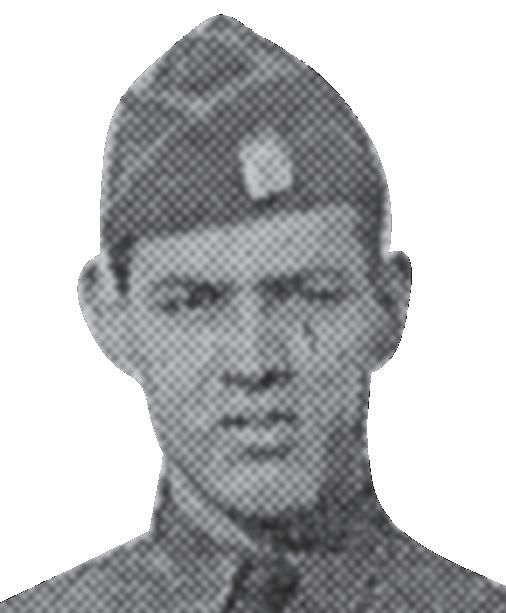
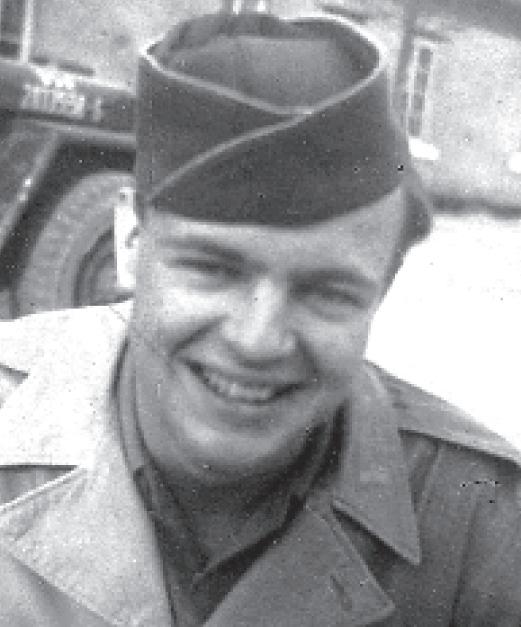
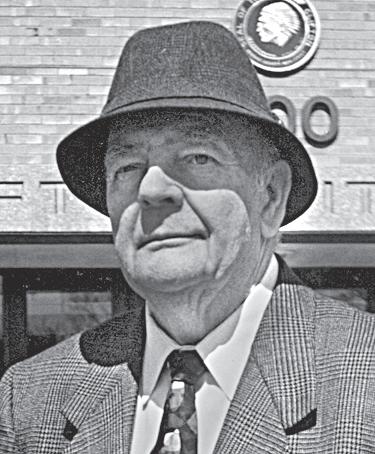
“My brother was involved in the D-Day operation and I landed in France about three months later,” Les Herrschaft recalled in 1998. William, 12 years older, had been overseas for about a year before his younger brother arrived.
The Herrschaft brothers were kept informed of each other’s whereabouts through letters from their mother.
Then, around January 1945, First Sgt. Les Herrschaft of the Fifth Infantry took shrapnel in his leg during a battle in Nancy, France. Unknown to him, his brother’s’ tank had been destroyed during an encounter with a German force in Netz, France. William Herrschaft, who was also a sergeant, fought under the command of a fellow named Patton.
“When the chaplain visited me at the hospital, he told me there was a guy on another floor with the same last name,” Les Herrschaft said before his death in 2006. “My brother had been burned a little and wounded by shrapnel when his tank was blown apart, but when I saw him, he was doing much better.” Let your imagination take it from there.
Two wounded brothers, who hadn’t seen one another for more than a year, share hugs that are filled with joy, relief and love. Following his recovery, Les Herrschaft stayed in France and was assigned to guarding German POWs. William, who passed away in 1995, came back to the states.
You can see this story as an example of the irony of war or the plot for a great movie. Above all, however, you can see it as a story about two Purple Heart brothers who fought for freedom and won.
 William Herrschaft and his brother Les, Clifton’s former councilman.
William Herrschaft and his brother Les, Clifton’s former councilman.
Cliftonmagazine.com • May 2024 15
Greatest Generation stories edited by Jack DeVries
Support The Club



16 May 2024 • Cliftonmagazine.com




Join Clifton B&G Club Alumni to keep The Club strong. Join Us! Contact Maureen Cameron for more information: mcameron@bgcclifton.org or 973-773-0966, ext. 144 Contact Chris Street To Sponsor Our Events 973-773-0966 x155 • cstreet@bgcclifton.org Join Us! Alumni & friends Cliftonmagazine.com • May 2024 17


Clifton Gunner Staff Sgt. Charles Librizzi flew aboard a Flying Fortress B-17 bomber. One harrowing mission was a bombing raid of Leipzig, Germany, where the sky filled with antiaircraft shells. Librizzi, who lived on Ackerman Ave. and received an Air Medal with five oak leaf clusters, described: “They began by knocking out our No. 1 and 2 engines right after ‘bombs away.’ That cost us 4,000 feet of altitude. A burst in the nose about that time wounded the pilot and co-pilot; another in the rear hit the tail gunner.
“The distance between us and the ground continued slipping away too fast for comfort, and we were tossing out everything that wasn’t bolted down, and some stuff that was. Flak was still coming up fast and fancy. A close one ripped the No. 4 engine and it wouldn’t give full power, leaving us with just an engine and a half to fly on. And we did. It took some mighty sharp maneuvering, but the pilot pushed that wreck over the lines to an emergency landing field in Brussels.” After WWII Librizzi served on the Clifton Police Department for 30 years, retiring as a captain in 1977.
Robert Wilcox, an Army Air Force staff sergeant who served in Guam, came from a family of soldiers. Born in Pennsylvania, Wilcox moved to Paterson and then Clifton, and drove a truck for Hoffman-LaRoche. His great grandfather fought in the Civil War, his grandfather saw action in the Spanish American War, and his father would have fought in World War I if not a saw mill accident.
Along with a younger brother serving in Korea, two of Wilcox’s siblings fought in WWII and his brother, Walter, served with future president John F. Kennedy aboard PT boats, earning the Silver Star and Purple Heart.
After basic at Fort Dix, Wilcox shipped to the Mariana Islands in the West Pacific, two months before the Battle of Saipan. But he never touched foot on Saipan. Instead, on the night of their arrival in April 1944, Wilcox and his crew were ordered to sail another 125 miles southwest, under the cover of darkness, to Japanese-occupied Guam.
In 2008, Wilcox, then age 85, cried as he recounted that night. “Guys were scared to leave the ship,” he sobbed. “They were screaming, ‘Mommy! Mommy!’” When they got to the beaches, Wilcox and the other men shot at the enemy. He made it ashore safely, but soon developed malaria and had to be hospitalized for a week. “I was shak-
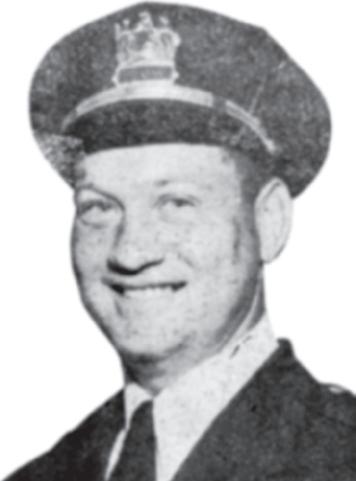
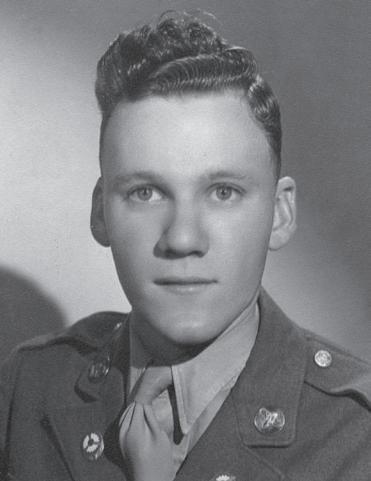
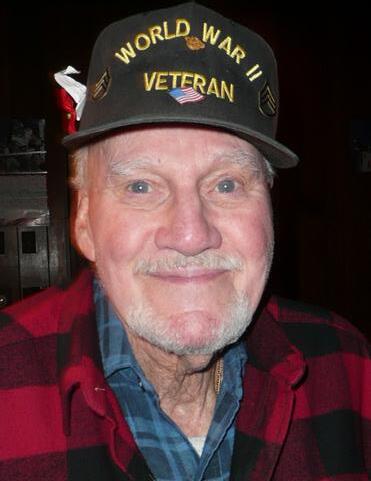
ing, wringing wet with the sun beating down on,” Wilcox recalled. “I couldn’t keep warm.”
Regaining his health, Wilcox returned to base where he loaded bombs on B-29 bombers in preparation for the Battle of Guam in 1944.
If the “Seabees” were the backbone of the military during WWII, Clifton’s Raymond Chitko of Jascott Lane was one of the vertebrae. The Seabees are the Construction Battalions (or CBs) of the U.S. Navy, constructing bases, paving roads and airstrips, and monitoring drinking water, like Chitko did. After 85 days at sea, he and his crew finally arrived in the waters around Palau in September 1944, just as the Battle of Peleliu began. But when the ship landed, Chitko developed a bad case of dysentery.
“They took me off the ship and drove me through the battle area to the hospital,” Chitko remembered. While there, he saw many who were in a lot worse shape than he was. “You couldn’t help but feel sorry for them,” he said. “They were so alone.”
Chitko was sick for two weeks before returning to work filling potholes on the airfield and building shelters for the soldiers. “We were like the servants on the island,” said Chitko, adding that at one point, the men weren’t getting enough food. “We were tired of eating mutton so we threw grenades into the water and waited for the fish to float to the surface.”
The Battle of Peleliu ended with an American victory on Nov. 25, 1944, six weeks after it began. When considering the number of men involved (less than 39,000), Peleliu had the highest death toll rate of any battle in the Pacific Theater.
18 May 2024 • Cliftonmagazine.com
Charles Librizzi and Robert Wilcox in 1944 and 2008.


Cliftonmagazine.com • May 2024 19


to the Seabees base in Rhode Island. It was there when he heard about the atomic bombs dropped on Hiroshima and Nagasaki.
Raymond Yannetti’s life took him from early days in Paterson to most of his life in Clifton. But that journey included a stop at a perilous time and place: Okinawa, Japan, April 1945.
As Marines and Navy personnel prepared to invade the island, Yannetti helped in their delivery, serving on a three-member team aboard a landing craft, vehicle, personnel (LCVP) or “Higgins boat,” bringing troops to the Okinawa beaches as part of the second main assault.
“Nobody slept that night before the invasion,” he said. The Higgins boat crews sympathized with the Marines being delivered into harm’s way.
“We left those poor soldiers, and many told us they were willing to swap places with us,” Yannetti recalled. “But we ourselves weren’t necessarily safer.”
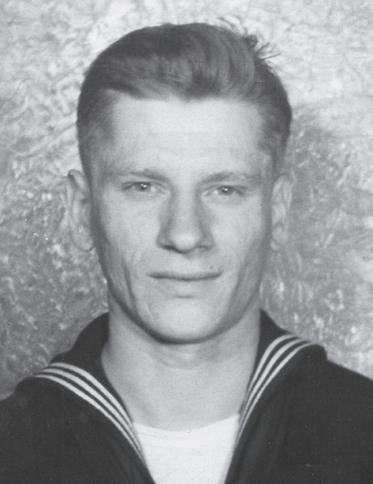
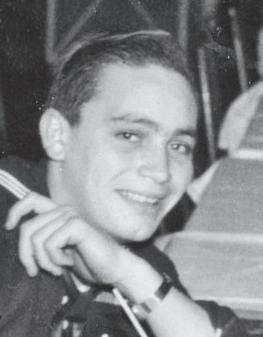
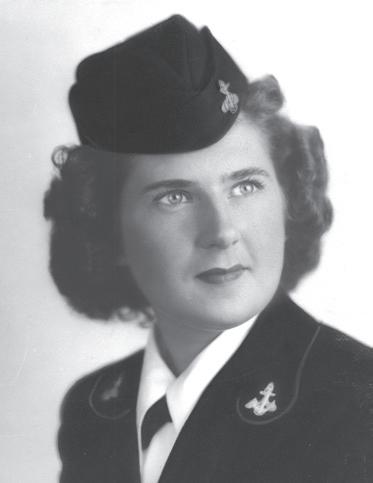
Higgins boats were vulnerable to Japanese suicide air strikes (kamikaze raids) and suicide swimmers infiltrating the bay.
After the war was declared over, caution still was warranted. “Japanese submarines still lurked, and we didn’t know if they’d gotten the word,” Yannetti said. As September arrived, a typhoon wreaked havoc with U.S. naval operations. “Imagine if that had happened as the invasion of Japan was taking place.”
Yannetti also saw duty in ferrying British and American ex-Prisoners of War to other locales, including Manila in the Philippines. “The orders came that ex-POWs were to eat first; they had elite status,” he said. “I never saw guys
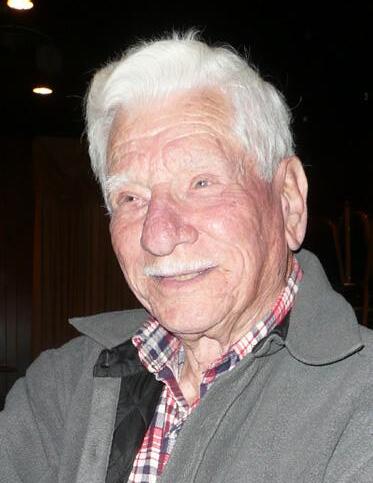
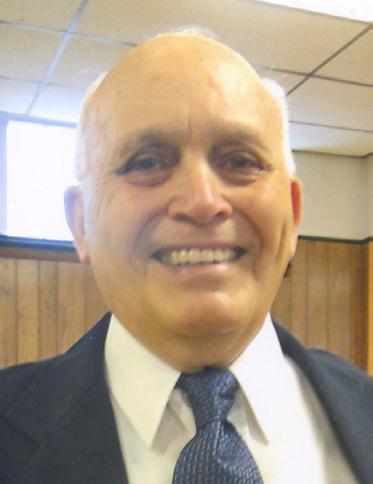
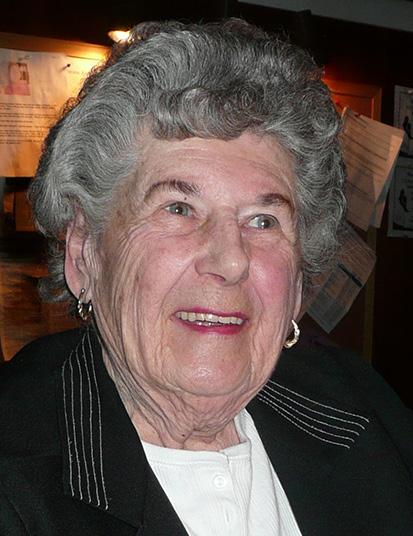
eat so much food in my life.” Some ate too much, and became ill.”
Returning home, Yannetti learned his two brothers, also in the military, had survived. But he couldn’t escape the sadness and pain brought by WWII.
As a high school student, Yannetti had worked at a German bakery in Paterson, and was friendly with the owner and his son. Checking on both upon his return, Yannetti found the man’s son had died in combat while in the baker’s childhood home town.
“Sad,” was all Yannetti could say. Yannetti lived on Union Ave. for 50 years before moving to the Allwood section.
Although Pauline Trella couldn’t serve on the front lines, getting involved with WWII came naturally to her. “I worked in the Curtis Wright defense plant in Caldwell,” recalled the 1940 CHS graduate. “I was a precision inspector.”
Clifton’s version of “Rosie the Riveter” was happy to help on the home front. However, after conversing with a friend, Trella felt there was more to do. “My friend, Ann Bajor, joined the WAVES (Women Accepted for Volunteer Emergency Service),” she said. “She eventually encouraged me to join.”
Prior to the WAVES, founded in 1942, there was no way for females to enlist in the military. After joining in 1945 and completing her training, Trella was shipped out to Corpus Christi, Texas. “We relieved the men,” she recalled. “We opened the field for flying on teletype and also closed the field for flying. We also kept the officer’s logs.” Yeoman 2nd class Trella’s stay was short as Japan and Germany surrendered and the Navy was releasing a lot of extra personnel.
Raymond Chitko.
Raymond Yannetti.
20 May 2024 • Cliftonmagazine.com
Pauline Trella.



Cliftonmagazine.com • May 2024 21


“I was offered a lot of benefits (to stay in the Navy),” Trella said. Despite the incentives, the young woman’s best bet was to return to her hometown. “Why stay when your friends all go home?” Trella returned to Clifton and was among the early members of the Athenia Veterans Post, founded in 1946.
Clifton residents may be familiar with Lou Wong Drive, off of Brighton Road. The street is named for Wong, a first generation, Chinese-American who served his country proudly during World War II.
Like many of the Greatest Generation, Wong, pictured here, was moved to enlist in the U.S. Navy as the tyranny of World War II spread across the globe. While he was trained as a sheet metal specialist aboard the repair ship USS Tuitilla, which served in the Pacific theater, Wong’s ability to speak Chinese fluently was perhaps his greatest service to our country.
As his ship sailed the seas of the Pacific, he acted as a translator during several surrender ceremonies on Formosa Island and mainland China.
After Wong left the Navy in December, 1945, he received an engineering degree from City College, New York and went to work at ITT as an industrial engineer, where he worked for 29 years before taking a position with Mosler Airmatics for 10 years, before retiring.
Wong and his wife, Dora, moved to Clifton in 1951, where they raised their four children. He joined the VFW and American Legion. However, most of his energy was spent with the vets of VFW Post 6487.
He died on March 1, 1983, at 66 after a brief illness. Wong’s service to Clifton will always be remembered because of the street named in his honor. His wife and four children are grateful to know he is so appreciated and remembered.
In the opening scenes of the 1998 movie, Saving Private Ryan, we see a veteran walking slowly through a military cemetery in Normandy, France. He is surrounded by row upon row of white marble crosses and Stars of David. He then looks out upon the English Channel, where the United States, Britain and Canada once carried out the largest military operation in history.
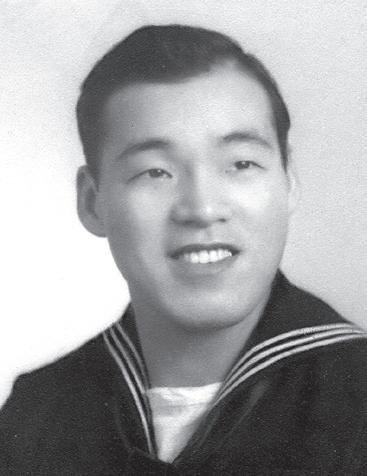
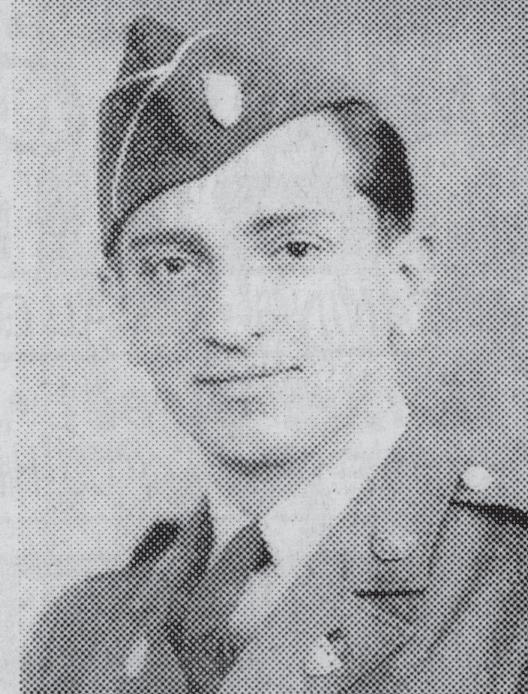
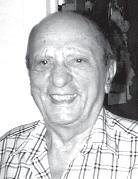
Lou Wong, Christopher Sotiro in 1944 and in 2000.
Clifton resident Christopher Sotiro made that same walk and took that same look five decades after he was part of the invasion in 1944.
“I went back for the 50th anniversary of the D-Day invasion in 1994. When I found out about it, I said to my wife, we have to go,” said Sotiro, who landed in France with his infantry division shortly after the invasion on June 6, 1944. He was later captured by German troops and spent eight months in a prisoner of war camp.
“I went back to the town where I was captured and spent a few days in Paris. The Normandy countryside is beautiful. But when I got to the cemetery, I got this awful feeling,” recalled Sotiro.
The perfectly manicured cemetery that Sotiro visited sits on a desolate, windswept bluff above Omaha Beach, the scene of some of the most intense fighting on that June day 80 years ago. It was the brutality of this battle that director Spielberg attempted to recreate in Saving Private Ryan.
“The wind comes in off the water and whistles through the tall trees that are up there at the cemetery. It’s a very eerie sound,” Sotiro said. “And all around, you see the graves. Thousands of them.” Sotiro then visited a nearby museum that commemorates the sacrifices that were made in the first stage of Europe’s liberation from the Nazis.
“I asked for tickets and the Frenchman there saw my hat, which had the insignia of my outfit, the 110th infantry regiment,” Sotiro recalled in our May 1999 magazine. “He pointed at my hat and said to me in the best English that he could muster, ‘No pay. You came.’ That got me choked up. He was thanking me for the first time I was here.”
22 May 2024 • Cliftonmagazine.com


FOCUS ON THINGS MOST IMPORTANT TO YOU Leave financial matters to us Since 1976, Polish & Slavic Federal Credit Union serves the Polish-American community offering a full scope of financial products and services for the entire family. Thanks to the loyalty and trust of our members, we also create the strength of the Polish community in the United States. Open an account online at www.psfcu.com or visit our branch in Clifton 990 Clifton Ave., Clifton, NJ 07013 tel. (973) 472-4404 OUR CREDIT UNION IS MORE THAN A BANK! Membership restrictions apply to open an account. Other restrictions may also apply 1.855.PSFCU.4U (1.855.773.2848) www.psfcu.com Cliftonmagazine.com • May 2024 23


Joe Menegus was the son carpenter and a child of the Depression. Born in 1925, he grew up in Lakeview and remembers eating string bean sandwiches and his father’s constant search for work. To help, young Menegus worked on Clifton farms (located where Richfield Village is today) for 10 cents an hour, laboring 10 hours a day.
He also loved sports, forging his parents’ signatures on a permission slip to play football. By his senior year, Menegus was named team captain, selected to the first-team New Jersey All-State squad, and led the Clifton Mustangs to a 5-2-1 record.
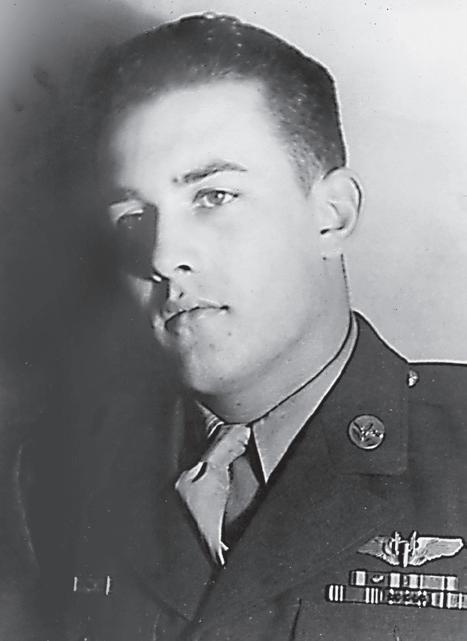
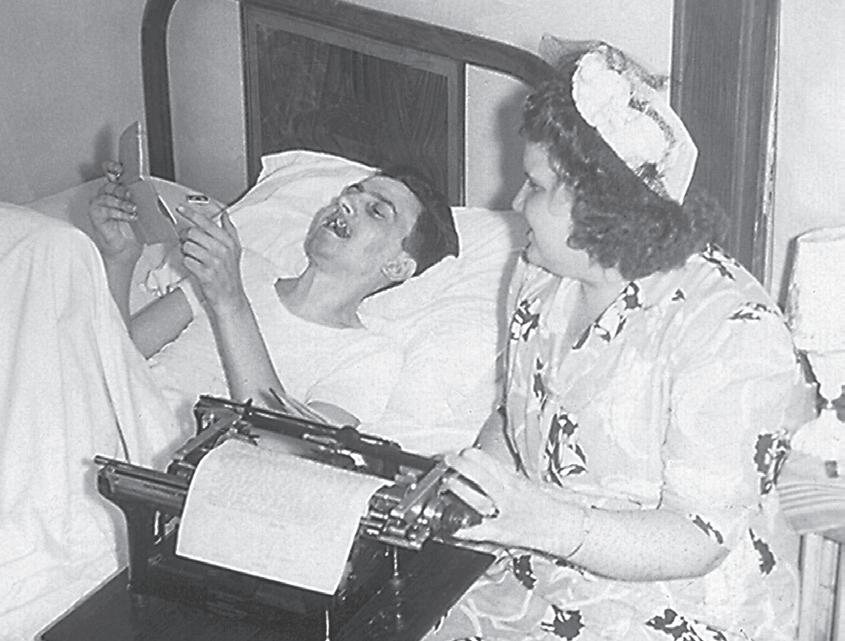
At left, Joe Menegus. That’s Willie Zawisha, who was bed-ridden most of his life, dictating a letter to his niece that would be sent to “Clifton boys,” serving across the globe, back during World War II.
The next year, Menegus heard the news of Pearl Harbor at Decker’s, a luncheonette on Lakeview Ave. where friend Tony “Yiggs” Romaglia worked. Joe soon became an Air Corp flying cadet and a tail gunner on a B-24 Liberator, part of the 450th Bomber Group, 720th Squadron.
“By the time I got over there in 1944,” Menegus said, “the Luftwaffe (Germany’s Air Force) was not what it once was. The ground fire or ‘flak’ was more of a danger.” The B-24’s that Menegus flew on were nicknamed “Cotton Tails” because of their distinctive white end markings. Flying on missions sometimes 10 hours long, his crew attacked industrial targets from their base in Mandoria, Italy, climbing over the Adriatic Sea and snow-covered Alps into Germany.
During missions, temperatures on the plane could reach 50 degrees below zero, and it was the co-pilot’s responsibility to constantly check on the tail gunners, making sure they didn’t pass out from the extreme cold.
“Our first mission was a baptism of fire,” Menegus said. “After our P-51 fighter escort left us, we got into a tight formation to begin our bombing run. The flak was like a thick black cloud, and we could hear shrapnel pinging as it cut into the plane’s fuselage. Our nose gunner fainted. We dropped our bombs, executed evasive action, and headed for home.
“Were we scared? You bet we were! Our squadron lost several planes that day.” On another mission, Menegus remembers that he almost didn’t return. “We were on an
easy mission, a ‘milk run’” Menegus said. “Our target was a railroad hub in southeastern Germany. The yard was heavily defended by German guns, the 88s. They knocked the hell out of us. We lost two planes out of the squadron of seven.”
Though able to fly, Menegus’ plane was in danger. “We got shot up very badly and lost two of our engines. When that happens, you’re on your own – the other planes leave you because you’re a cripple. To get home, we had to make it over the Alps. Our pilot, Lt. Skuby, wanted to head for Russia because he knew how to speak the language. But we had heard stories that the Russians treated Americans like prisoners of war, and knew that German fighters patrolled the Russian front.”
Instead, the crew voted to try and make it back. To lighten the plane, they threw all their ammo and guns off – anything that had any weight. “We all had our chutes on ready to bail out,” Menegus said. “But when you looked down, you could see nothing but mountains. Even if we jumped, where would we go? We would’ve frozen to death.” Thankfully, the plane made it over the Alps and landed safely in Yugoslavia, near a British base. A few days later, the crew was back in the air.
“The worse part of the Air Corps,” said Menegus, who flew 30 combat missions, “was knowing that you had to go back up again. You saw a lot of your friends go down in flames. We lost more men on those planes than the Marines and Navy lost during WWII combined.”
24 May 2024 • Cliftonmagazine.com


Cliftonmagazine.com • May 2024 25



STK# 24K85. Offer shown based on $3,499 down, plus $177 first monthly payment, $650 acquisition fee, plus tax, title, license and registration fees. No security deposit required. Offer shown total lease payments are $4,248. Purchase option at lease-end $14,881.80. Lessee is responsible for insurance, maintenance, repairs, $.20 per mile over 10,000 miles/year, excess wear, and a $400 termination fee*. To qualifying candidates with approved credit through Kia Finance America (KFA).
$448 first month payment = $5,917 due at signing plus tax and motor vehicle fees. Price includes $645 bank fee + $694 documentation fee. 0 Security Deposit. Lessee responsible for excess wear and mileage over 21,000 miles at $0.20 per mile. Lessee has option




JUNCTION RT 46 & RT 3 • CLIFTON, NJ A VEHICLE FOR EVERY LIFESTYLE FETTE AUTO GROUP HHHHHHHHHHHHHHHHHHHHHHHHHHHHHHHHHHHHHHHHHHHHHHHHH GOING ON ALL MONTH LONG! H H HHHHHHHHHHHHHHHHHHHH
Lease For$177 FORTE LXS
Per Month for 39 Months • $5,469 Down Lease For $329 New 2023 FORD MUSTANG MACH-E GT CROSSOVER STK 23T410, VIN# 3FMTK4SE8PMA38389, M.S.R.P. $55,384. Residual $25,704, 10,500 miles per year, $5,469 down +
to purchase a vehicle at lease end at price negotiated with dealer at signing. Per Month for 36 Months • $4,988 Down Lease For $499 QX60 PURE AWD Stock#24QX81, VIN#RC340225. Well-qualified lessees lease a new 2024 QX60 PURE FWD for $499/Month for 36 Mos. To qualifying candidates with approved credit, residency restrictions apply. MSRP $51,770.00. Residual: $34,168.20. $4,988 cash down, plus tax, title, $694 doc fee and dealer fees.
per mile for mileage over 10,000
supplies last.
The
HHHHHHHHHHHHHHHHHHHHHHHHHHHHHHHHHHHHHHHHHHHHHHHHH 26 May 2024 • Cliftonmagazine.com
Per Month for 24 Months • $3,499 Down
$0.25
miles per yr. While
Offer subject to change without notice.
dealer is not responsible for typos. Price includes all Factory rebates and Factory incentives to qualifying candidates with approved credit. Doc fee of $694 not included on all offers. See dealer for complete details, Offer ends 06/30/2024.










JUNCTION RT 46 & RT 3 • CLIFTON, NJ FORD & KIA: 973.779.7000 • INFINITI: 973.743.3100 SALES: Mon-Thurs: 9am-7pm, Fri: 9am-6pm, Sat: 9am-6pm • SERVICE: Mon-Thurs: 7:30am-7pm, Fri: 7:30am-6pm, Sat: 7am-3pm FetteAuto.com HHHHHHHHHHHHHHHHHHHHHHHHHHHHHHHHHHHHHHHHHHHHHHHHH HHHHHHHHHHHHHHHHHHHHHHHHHHHHHHHHHHHHHHHHHHHHHHHHH LARGE SELECTION OF NEW & PRE-OWNED VEHICLES THANK YOU FOR ALLOWING US TO SERVE YOU! CONTACT OUR SERVICE DEPARTMENT AT: 973-685-4158 WE SERVICE ALL MAKES & MODELS! TEST DRIVE OUR WIDE VARIETY OF EV’S TODAY ELECTRIFY YOUR RIDE Cliftonmagazine.com • May 2024 27


If you weren’t in the service, you waged a campaign on the home front. From participating in scrap drives, buying war bonds, and doing everything possible to repay all the “boys” for what they were doing for us, America chipped in.
For instance, Stanley Zwier, who was Clifton Mayor from 1958-62, helped to launch the Athenia Canteen at 754 Van Houten Ave. in the early part of 1942.
After the war, the storefront became the first headquarters for the Athenia Veterans Post, Zwier noted in an interview prior to his his death in 1999.
“Most of us had family in service. We wanted to do something nice for the boys from Clifton who were home on furlough or getting ready to ship out,” he said.
“We gave each serviceman a carton of cigarettes. We would also give them theater tickets and take them out for a snack,” said Zwier, whose three brothers, Robert, Henry and Michael, were all in the Army.
The organization also published the Canteen News, which was mailed to Clifton residents who were serving in the military to keep them abreast of hometown happenings.
Zwier said Clifton’s version of a USO Club had support from the business community and private citizens, and it was manned by he and members on the Athenia Canteen Committee.
They included Rose Bucaro, Margaret Svec, Frances Mirabella, Mary Bieganowsky, Steve Kleaha, Marie Van Acker, Bob Colvin, Basil Zito, Jean Luszkow, and Irene Zwier, among others.
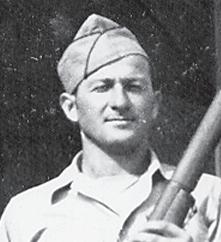
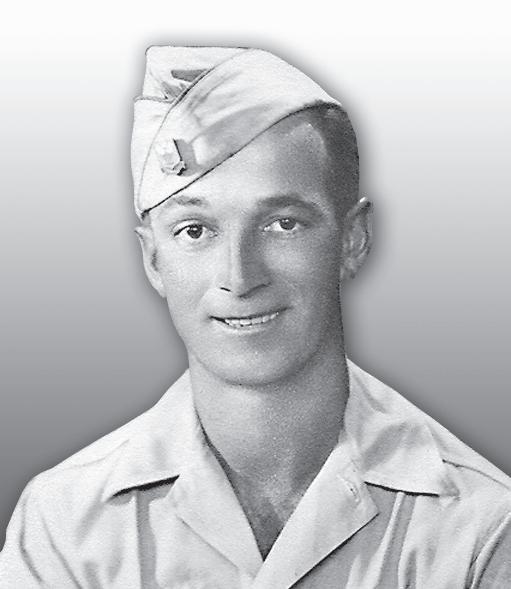

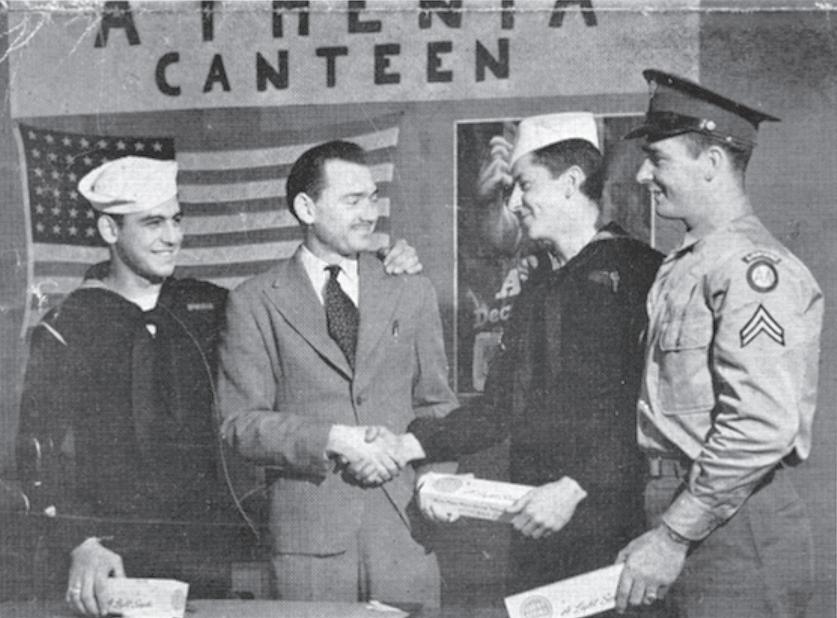
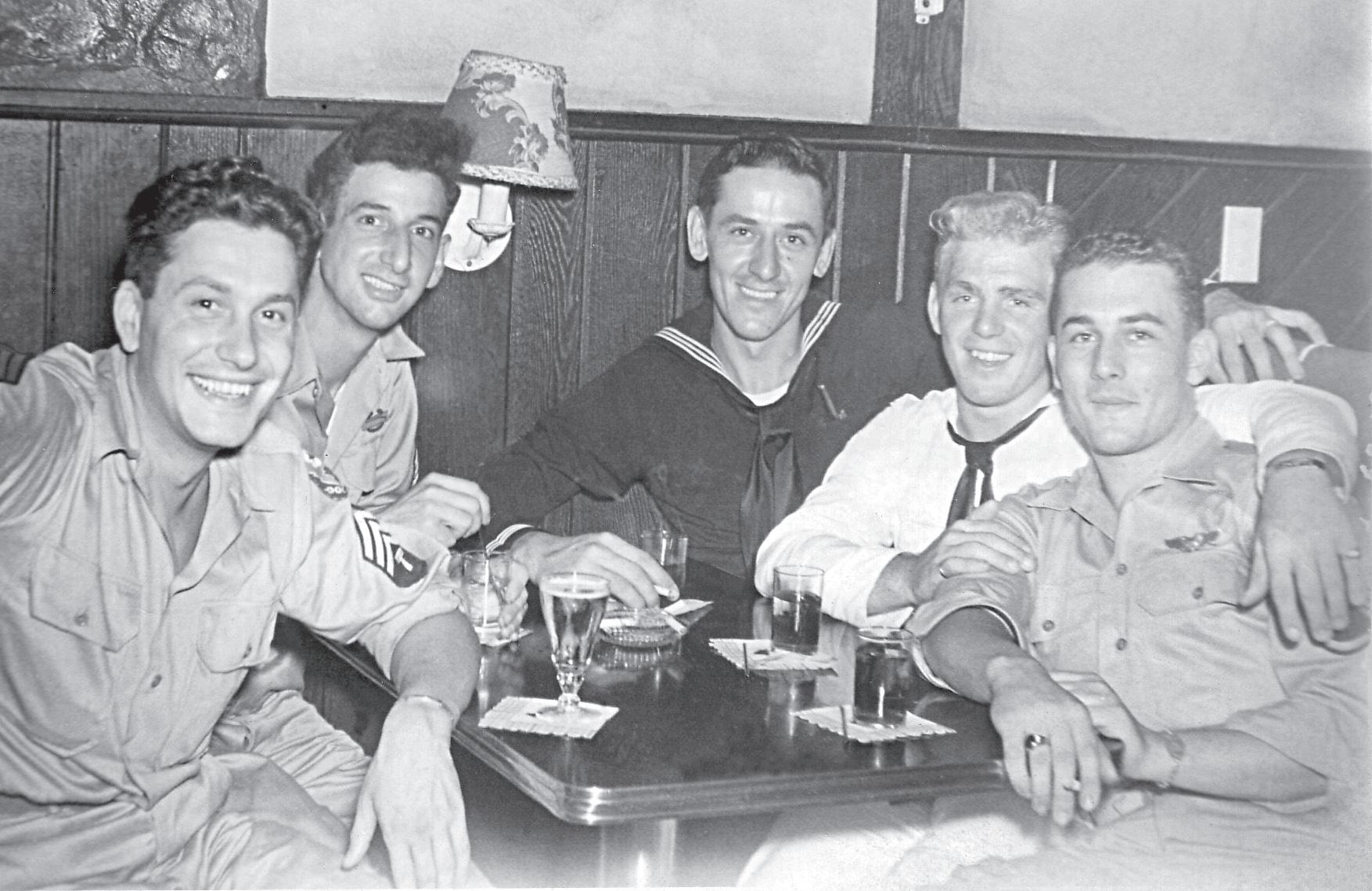
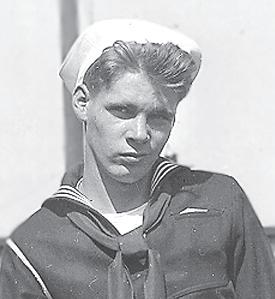
Above on furlough, relaxing in Clifton,
1944, from left Joe Menegus, Billy Bogert, Steve Kalata, Jerry Agnello, and Ed Riuli. At left, that is John Sfetz, Sgt. Walt Sudol, and Walter Hansen in the Athenia
At the Athenia Canteen, circa 1944, from left, Coast Guardsman Peter Capponi, Stanley Zwier, Navy Petty Officer Andrew Koribanics and US Army Cpl. Salvatore Griffo. Each visiting serviceman received a carton of cigarettes. Smoke ‘em if you got ‘em!
28 May 2024 • Cliftonmagazine.com
circa
Canteen.


The sale of $760,000 in war bonds in Clifton through the Buy a Bomber campaign helped raise funds and essentially build the Spirit of Clifton, a B-17 Flying Fortress.
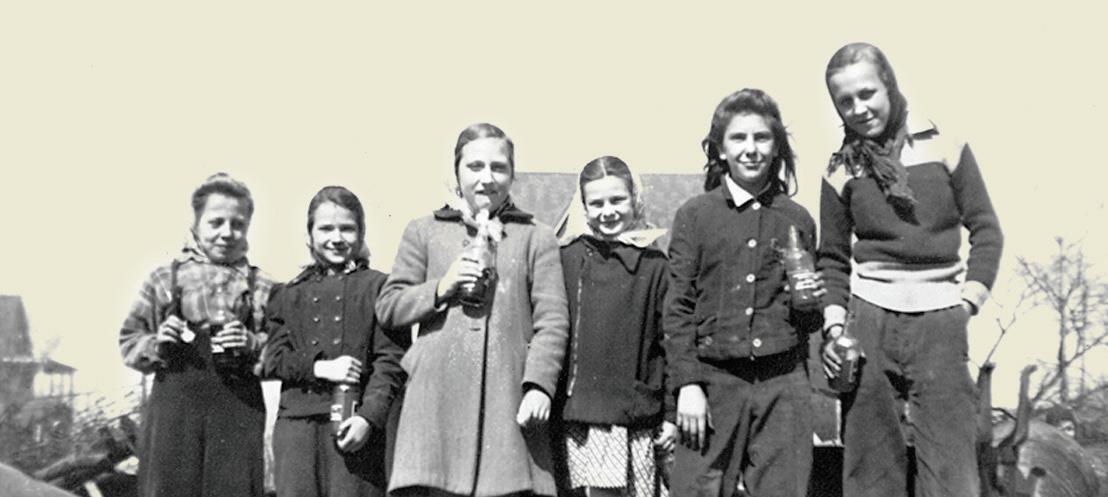
Residents recycled metals, glass and paper to help the war effort, as these kids from Athenia did.
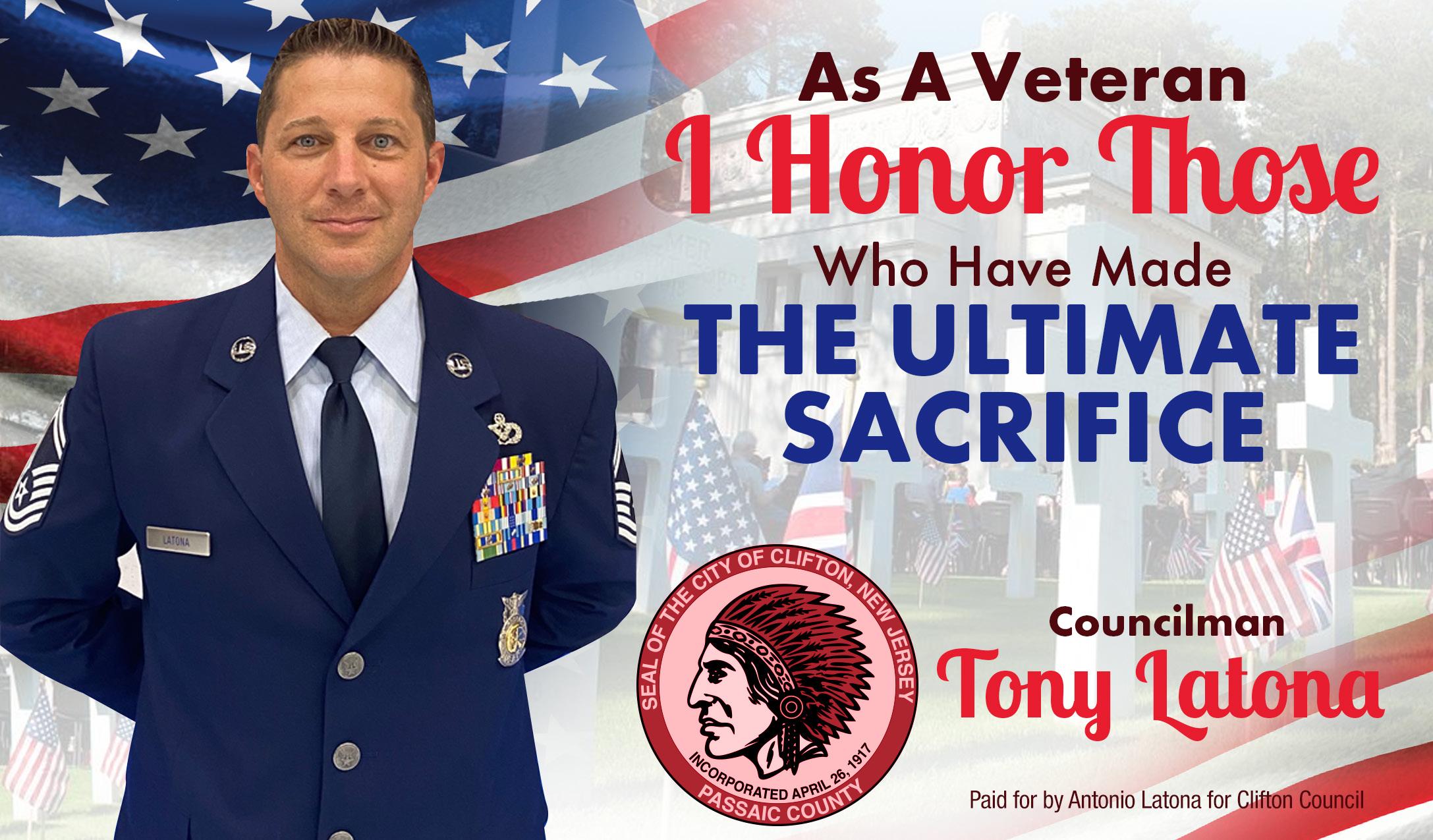
Cliftonmagazine.com • May 2024 29


Cipriano “Chip” Zaczagnini and his father were at their Botany home when news of the sneak attack came over the radio. “As soon as I heard the Japenese hit Pearl Harbor,” Zaczagnini remembers, “I said to myself that I was going to join the Navy.”
In 1941, Zaczagnini was working in the Botany Mills. He remembers the mood in Clifton. “There was a lot of anger because they had bombed Pearl Harbor out of a clear blue sky,” he says. “A lot of men lost their lives that day.”
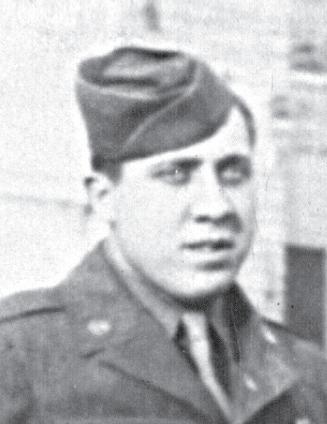
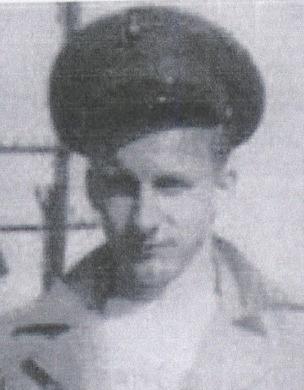
Including civilians, the Japanese killed 2,403 Americans at Pearl Harbor and wounded 1,178. Eighteen U.S. Navy ships were sunk or damaged. The Japanese lost 185 men in the attack, along with 29 planes, five midget submarines, and one large sub.
Three weeks later, Zaczagnini tried to enlist.
“I took the papers home to my father for him to sign, since I was only 17,” he says. “But my father wouldn’t. He served in the Italian Army in World War I and didn’t want his son going off to war like he did. My mother had passed away a few years before, and it was only the two of us. A few months later, I turned 18 and was drafted into the Army.”





After basic training, ‘we left New York and convoyed to England,” Zaczagnini says. “I was part of the 66th Infantry Division. On Christmas Eve 1944, we were boarding a troop transport, a Belgium ship called the Leopoldville to go to France to fight in the Battle of the Bulge.
“Just before we left, my Company commander, Captain Cain, told me to go with the LST (a ship used to transport ground equipment like tanks and trucks). I was a machine gunner, and there was a jeep on the LST with a machine gun on it.”
As Zaczagnini sped toward France aboard the LST, the Leopoldville was attacked in the English Channel. The ship was torpedoed by a German sub, struck in the spot where Zaczagnini’s company was riding. Cain and 800 other men died as the Leopoldville sunk, and Zaczagnini would have joined them had he not been sent to ride on the LST.
When the 66th reached France, a switch was made because of the heavy losses caused by the Leopoldville’s sinking. “Being our Division was so screwed up, they sent us to the ‘Forgotten Front’ and sent the 94th Infantry to the Bulge.” The Forgotten Front was a pocket area around the French towns of St. Nazaire and Lorient.




Trapped in the area were over 30,000 German troops – with the sea at their backs and Allied troops in front of them. Zaczagnini spent the rest of WW II fighting the Nazis and was awarded the Bronze Star for his actions.
“Everybody’s scared in combat,” Zaczagnini says. “What you see in battle is no joke. You know what they say, ‘war is hell.’ And that’s the right word, it is hell. I lost a good part of my friends there, either in battle or on patrol. The Germans had those big guns, the ‘88s.’ If you heard them, you were safe, when you didn’t hear them, that’s when you had to worry.”
30 May 2024 • Cliftonmagazine.com
Chip Zaczagnini and William Niader.

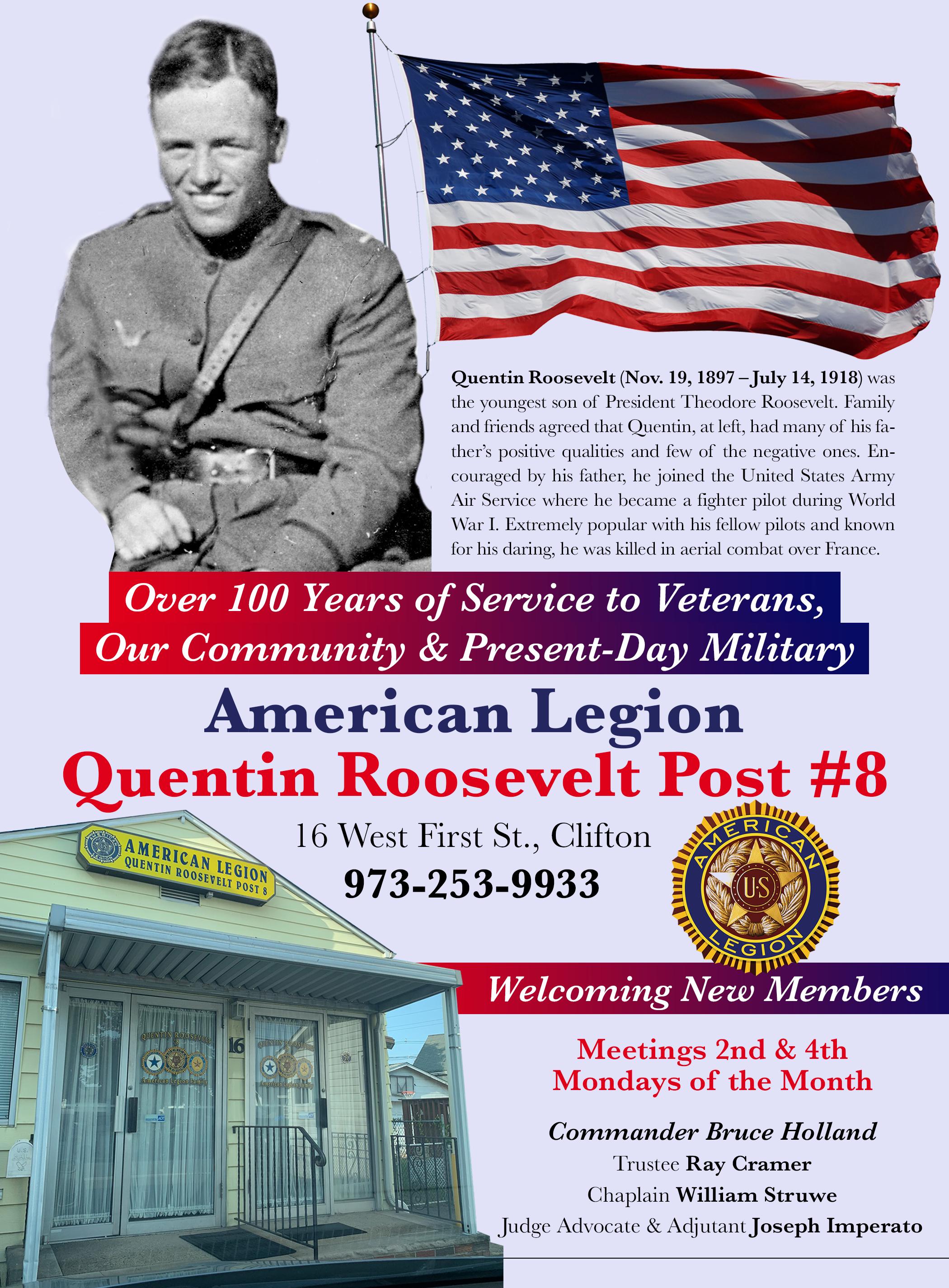
Cliftonmagazine.com • May 2024 31


William Niader’s story of WWII heroism is ingrained in his younger brother Frank’s memory.
On Dec. 7, 1941, the Niader family was living in a Hickory Hill, Pa., a rural coal-mining town. “My parents were Ukrainian,” said Frank Niader, then age 7, “and they understood what war was, what terror was. They were fearful. My brother, sister, and I didn’t understand. We felt isolated—a world away from Pearl Harbor.”
After Niader’s 42-year-old father contracted “miner’s lung,” the Niaders moved to Clifton in October 1942 to live closer to family.
Brother William became a welder for the Trowbridge Company near Mt. Prospect and Van Houten Avenues. He wanted to join the Marines, but his parents wouldn’t let him. At 18, he tried to enlist, but was rejected because the welding had affected his eyes. A few months later, his eyesight improved and William became a Marine.
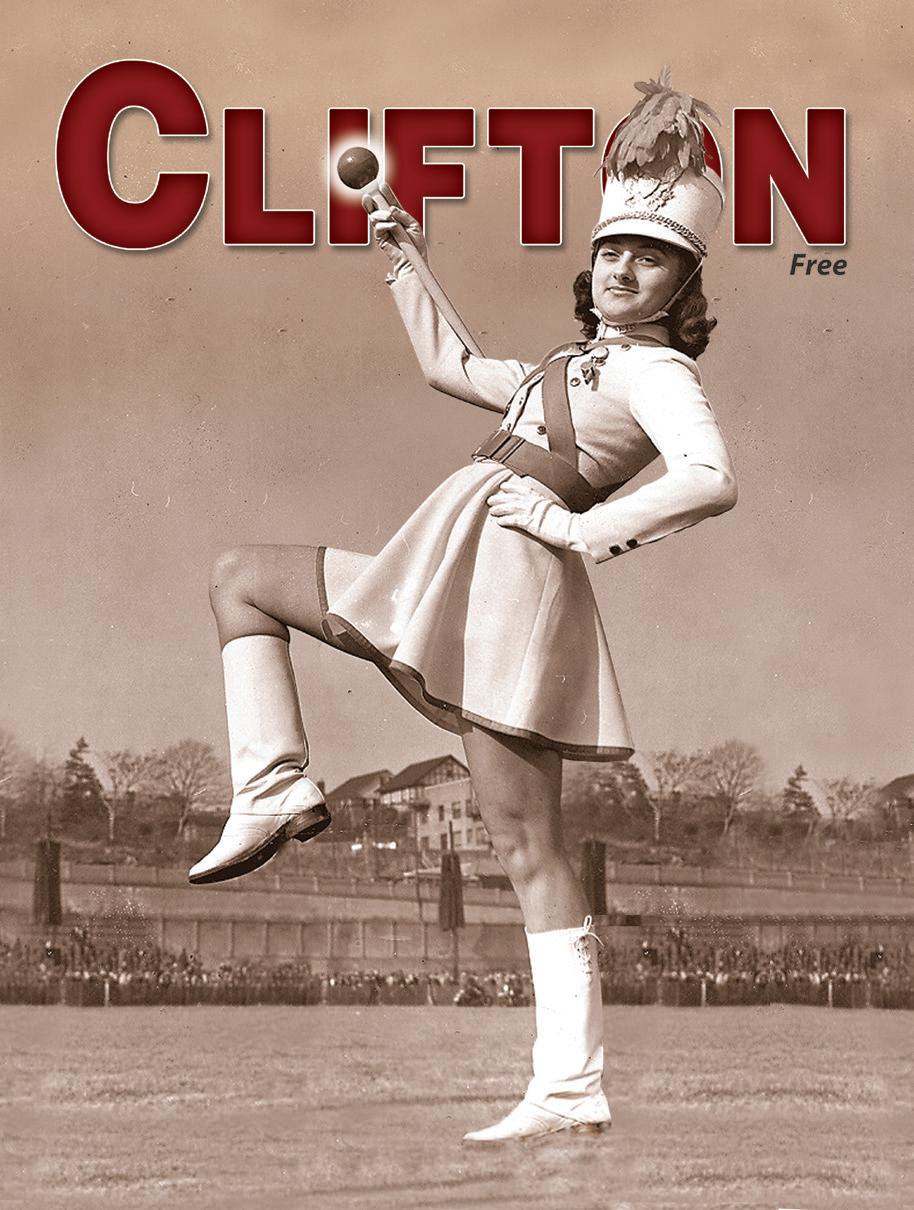
on a hill overlooking the East China Sea. His research has assisted writer Stephen Ambrose, author of Band of Brothers and many other military books.
“I am incredibly proud of my brother,” Frank said.
Mario Giunta heard the news of the Japanese attack on Pearl Harbor on the dance floor.
“I lived in Passaic then and was 18,” the former Clifton Police detective says. “A group of us would chip in a nickel for gas from the Merit station in Passaic and go to the Meadowbrook on Sundays – for $1.25, you got a lettuce, tomato, and cold cut sandwich, and dancing from noon to four.
“They stopped the music and announced the Japanese had just bombed Pearl Harbor. Then the music started again. What happened didn’t really sink in until we were riding home and talking about it.”
Frank Niader said that late in the war, his brother was fighting with the 7th Regiment of the First Marine Division, trying to capture a hill on the island of Okinawa called Kunishi Ridge. On June 12, 1945, while attempting to rescue a wounded Marine, a mortar shell struck William. He died without ever regaining consciousness.
“Two days before the war officially ended,” said Frank Niader, “we got the news. I was around the corner on Orono St., playing with my friends. My Aunt Annie came for me and said, “You better go home. Your brother’s been killed.
“What happened next was like a dream. I remember going home and seeing my parents crying, but I can’t recall much more than that – it’s like I blocked it out.”
Since then, Frank Niader has done everything he can to remember. He’s contacted 40 Marines who fought at Kunishi Ridge, learning about the days leading up to William’s death and the memorial service the Marines held for him
Three days later, Giunta and his friends went to New York to join the Marines as a group. Giunta was accepted, but his friends failed their physicals. Next, they tried the Navy. Again, Giunta passed, but his friends were rejected.
“Finally,” he said, “we got to the Coast Guard, and I said this was it for me. I passed, and they failed, so I joined. They later got drafted in the Army and got jobs like radiomen where things like bad eyesight wouldn’t affect them.”
The Japanese attack on Pearl Harbor also changed the life of Clifton High’s former head drum majorette and Mario’s future wife, Marie (Vullo) Giunta.
“I was home when I heard the announcement,” said Giunta. “My mother, aunt, and father all had tears in their eyes. I said, ‘What’s all the crying about?’ My mother said, ‘You don’t understand about war. A lot of young boys will be killed.’”
Upon graduation from Clifton High in January 1942, Marie took a job in Wright Aeronautical in Pater-
Clifton Merchant Magazine • Volume 11 • Issue 8 • August 4, 2006
32 May 2024 • Cliftonmagazine.com
The Marching Mustang’s first Drum Majorette, Marie (Vullo) Giunta, pictured here in 1938, helps us kick off another edition focused on Clifton History.


Cliftonmagazine.com • May 2024 33


son, starting first in the mail room, them moving to secretarial work.
“I worked six, sometimes seven days a week,” Marie remembered. “They encouraged us to work as much as we could.”
Working in a room with rows of typewriters, it was her job to transcribe the notes of engineers testing airplane engines. “I wouldn’t type the swear words,” said Marie. “I was afraid they would get in trouble. An engineer named Doc Graninger told me, ‘Type what I tell you. Put in all the swear words. We need them to tell what’s happening.’ And he was right. They’d use a term like ‘goose’ the engine, which sounded funny to me, but meant something to them.”
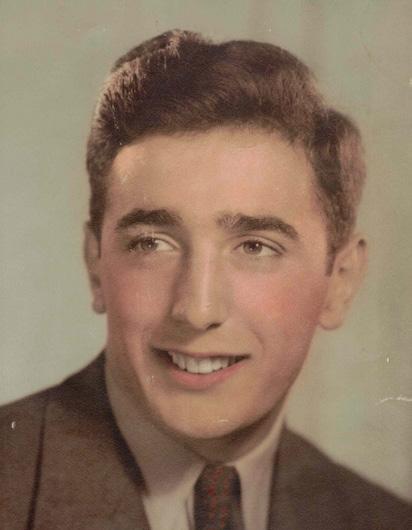
was outside, even involved in a game of ball with friends, and he saw one of the neighborhood women carrying groceries, Frank would stop and carry the bags. His family knew he was always thinking about others. Often, when he found his mother down on her knees scrubbing the floor, he would help her up and say, “Mama, I’ll do that. You rest.”
His obituary in the Herald-News said he played football, baseball and basketball for CHS; another article said he was “a star pitcher on the baseball team.”
Marie also noted the spirit of the time. “Flags were always flying,” she described. “No matter what you did, you asked yourself if it was helping the boys.”
Her contribution to America’s war effort did not end with her day job. On Friday, Saturday, and Sunday nights, Marie helped lift spirits by singing with the Duke Collins Band as vocalist “Mary Miles,” performing at places like President’s Hall, the Polish Home, and the Passaic Armory.
“On stage,” she remembered, “I’d look out and all I could see was uniforms. Hundreds of soldiers would be there.”
The war impacted Marie’s personal life. Though she was in love with future husband Mario, whom she’d known since age 14, her family would not permit the couple to marry or become engaged. She waited while Mario patrolled the North Atlantic with the Coast Guard until the fighting ended.
“Some girls got married right away when they knew their boyfriends were going into the service,” Marie said. “My family wouldn’t allow that. They were afraid that I might become a widow, maybe with a young child.”
Clifton’s Frank Uricchio was a casualty of the battle of Iwo Jima, a young Marine whose remains were finally returned to his family 44 months after he died. Growing up, Frank was never too busy to help. If he
Uricchio would graduate from Clifton High in June 1943 and go to the University of Alabama where he played football for the Crimson Tide. While at Alabama, he took a course in aeronautical engineering. He liked it so much, Uricchio applied and was accepted to attend school at Massachusetts Institute of Technology (MIT) the following year.
Instead, he enlisted in the U.S. Navy in 1944 and went overseas that November. But naval service was not to be. His mother was petrified of submarines. Instead of the Navy, Frank switched and became a Marine.
Uricchio was 19 when he was killed on March 1, 1945, the result of wounds after being hit by shrapnel inside his foxhole. He was taken to a hospital ship, likely the USS Samaritan or Solace, where he passed away.
In Clifton, his parents James and Flora (Agnello) Uricchio of Starmond Ave. received the telegram that no military family wants to read. Beginning with the words, “The Secretary of the Navy regrets to inform you…” They learned Frank was dead.
His father, a tailor by trade who worked as a foreman in a nearby mill, knew the horror of war all too well after serving in the Italian Army during WWI. His grieving mother worried her son would never come home, fearing that he would be buried at sea since he died on the ship.
But Uricchio was indeed buried—the family believes in Guam or Hawaii. And they wanted him home.
The Uricchios filled out United States Government Form 345, a request by family members to choose a final
34 May 2024 • Cliftonmagazine.com
Frank Uricchio.


Cliftonmagazine.com • May 2024 35


burial location for military personnel killed in the war. Of 270,000 identifiable American dead, more than 120,000 families submitted the form.
In October 1948, the Navy Department notified the Uricchios their son’s grave had been disinterred, and his remains were on the way home. In late December, PFC Frank Uricchio’s casket arrived at the Marrocco funeral home in Botany Village.
He was home.
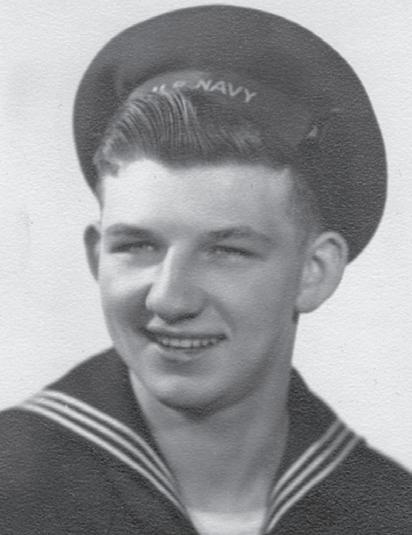
David
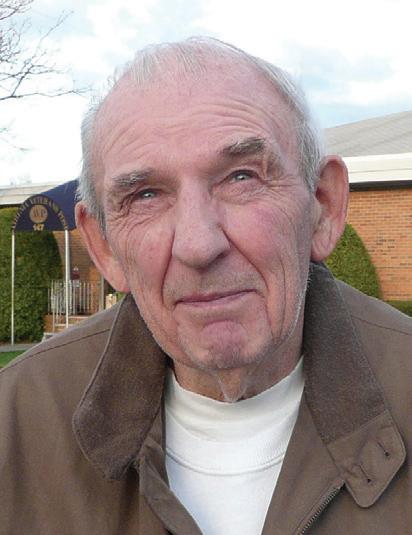
Eagler in 1994 and in 2019.
A memorial service and a mass was held at Sacred Heart Church on Jan. 8, 1949, after which Frank was buried at Calvary Cemetery in Paterson with full military honors.
At age 19, he was one of the youngest men from Clifton to die in the war and one of six from the city who lost their lives on Iwo Jima.
The others are Sgt. Wayne Wells of Valley Rd.; S/Sgt. Andrew Kacmarik of 907 Main Ave.; PFC Ed Hornbeck of 209 Harding Ave.; PFC Bill Hrominak of 387 Lexington Ave.; and PFC Don Freda of Mt. Prospect Ave.
While many waited for Uncle Sam to draft them, David Eagler did not. “I enlisted in November 1943,” he said. “I got my father to sign as soon as I turned 17.”
When Eagler’s training was completed in the summer of 1945, he was assigned to the USS Tyrrell, an AKA-80 cargo ship. The vessel was utilized for supporting amphibious operations by sending in Marines and supplies.
After departing on Jan. 5, 1945, from Virginia, the attack cargo ship went through the Panama Canal to Hawaii. “We made a couple runs to Pearl Harbor and then went to mop up everything in Leyte,” said Eagler.
After a few minor missions, the Tyrrell was attached to the Southern Attack Force for the Battle of Okinawa. It was the last major campaign in the Pacific Theater.
A total of about 1,300 ships – including battleships, destroyers, carriers and support vessels like the Tyrrell –
steamed toward the Japanese island. The Allies attacked with full force on April 1. “It was both Easter Sunday and April Fool’s Day,” recalled Eagler.
As the battleships and cruisers laid waste to fortified defenses with their artillery strikes, Eagler and the crew of the Tyrrell ferried over Marines and supplies. After the last of the Tyrrell’s ships hit the water, the ship remained to support the mission … nearly dooming it.
“We got hit by a Japanese suicide plane,” recalled Eagler. “We had to come back to San Francisco for repairs.”
On the second day of battle, an enemy bomber dove through the anti-air fire, heading straight for the Tyrrell’s bridge. The attack missed its main target, but hit the main radio and also damaged the starboard side of the ship.
Eagler and the rest of the ship’s crew was fortunate. Around 1,900 planes were used in Kamikaze attacks during the battle, resulting in the loss of 79 Allied ships and over 12,500 troops. The battle marked the Navy’s biggest single loss during the war.
Following repairs, the Tyrrell spent the last weeks of the war ferrying goods across the Pacific.
When word of the Japanese surrender had reached the ship on Aug. 13, the Tyrrell altered course for Saipan, and ultimately, Nagasaki.
“We were allowed on the beach and the whole town was burnt, as far as the eye can see, even the dirt. That’s how hot it was,” Eagler said. “There were kids scrounging for food, so I fed them.”
While the aftermath of the Fat Man bomb left a lasting impression on the young sailor, Eagler said that the condition of the American POWs was just as disturbing.
“Some American prisoners of war couldn’t even walk on board,” he recalled. “Some guys, who used to be 200 pounds, were now about 70. We had to pick them up on the side on a stretcher and lift them up.” Third Class Petty Officer David Eagler served until July 1946.
36 May 2024 • Cliftonmagazine.com


Cliftonmagazine.com • May 2024 37


Helene Lenkowec was born in Greenspring, W.Va., but moved to Clifton at age 4 when floods destroyed her family home. “My mother’s family lived in New Jersey,” she said, “so we moved up here. In fact, the home behind Mario’s Pizza was my grandmother’s home,” Lenkowec said.
She attended School 13 and two years at CHS before quitting to work and help her family. She was employed sewing collars onto men’s jackets at the Arrow clothing factory and then was an usherette at Passaic’s Central Theater. “All the big bands were there, “she recalled. “I met and had pictures signed by Frank Sinatra, Glenn Miller, Tommy Dorsey.”
After WWII started, Lenkowec left the Central Theater and worked briefly for Home Fuel Oil in Passaic. Now 19, she wanted to serve in the military. “So I went for the Coast Guard,” she said of joining the SPARs, the nickname for the United States Coast Guard (USCG) Women’s Reserve, taken from the USCG’s motto, “Semper Paratus – Always Ready.”
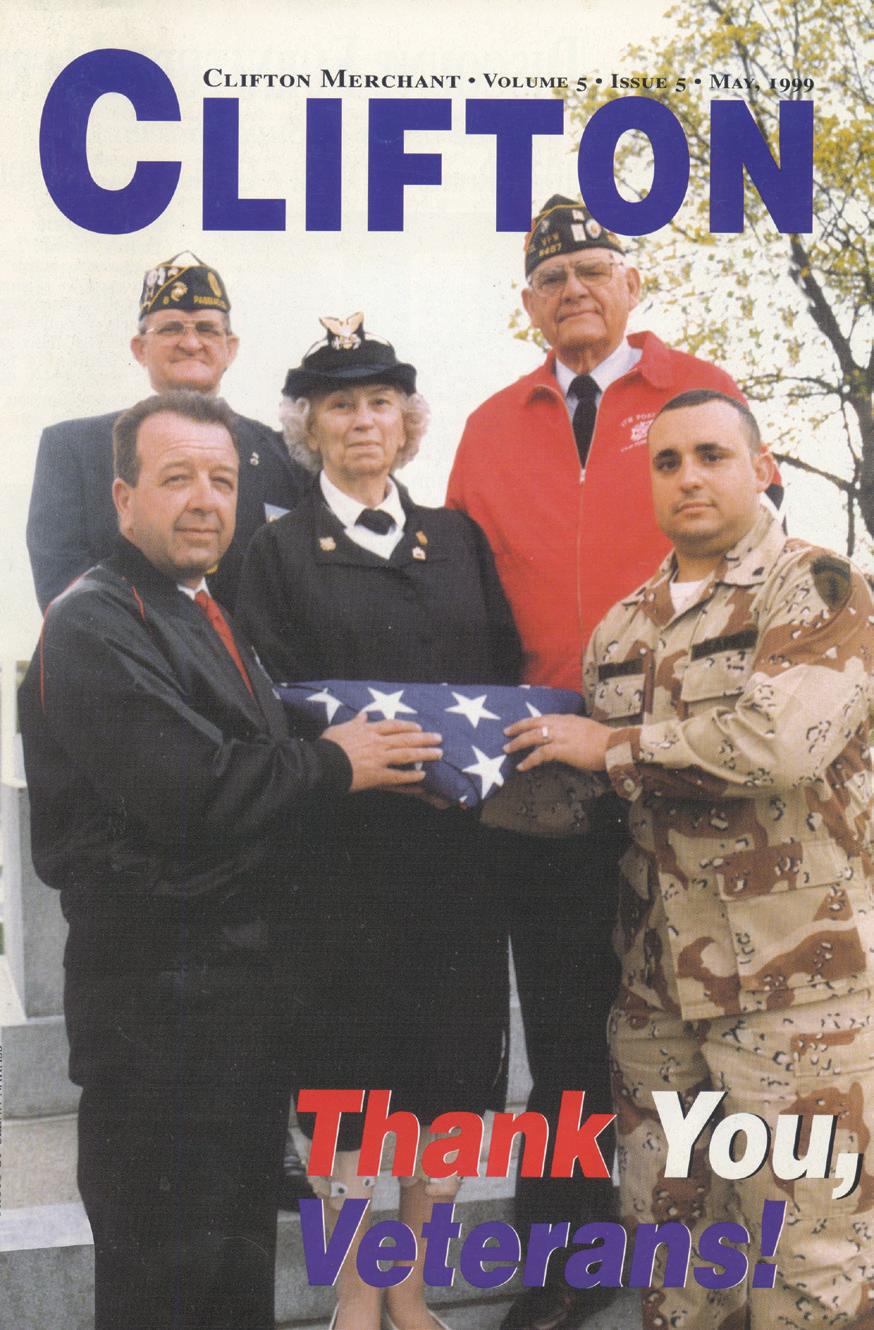
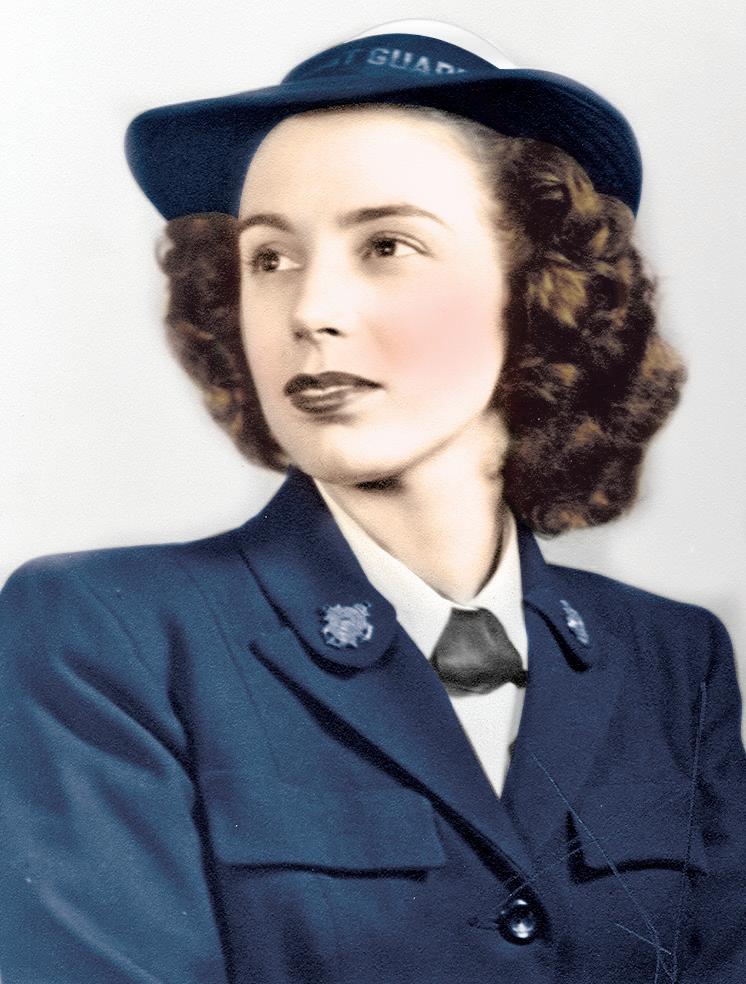
We met Helene Lenkowec in 1999 when she told of her service during WWII. Also pictured, from left: Joe Tuzzolino who served in Vietnam, John Biegel, who enlisted during the Korean War, WWII vet Walter Pruiksma and Randy Colandres, who served in the Persian Gulf.
Soon Lenkowec was on a train to SPARs boot camp at the Biltmore Hotel in West Palm Beach, Fla. “We were trained by Marines,” Helen said. “If anybody trained you well, they did.”
After four weeks, Lenkowec received her assignment: Washington. Lenkowec imagined she could go home to Clifton on weekends; instead, her assignment sent her to Seattle, Washington. “I kind of cried because I wanted to be close to home,” she said.
In Seattle, Lenkowec was assigned as a pharmacist’s mate, spending much of her time studying. She was sent to Columbia University in New York City during 1944 for further medical training. “I got my first class (stripe) after going to New York,” Lenkowec said.
Returning to Seattle, she was sent to the mountains. “Because I was a pharmacist’s mate, I had to go with the Coast Guard men who were in training and learn how to ski,” Lenkowec said. “I had to be there in case somebody got hurt.”
Near the end of her three year-tour, Lenkowec suffered a spinal injury and was classified as a disabled veteran upon her discharge in 1946 – a neck injury that remained her entire life.
Back home, Lenkowec decided that she wanted to graduate high school. Other Clifton vets had the same goal, so CHS offered night classes just for them. “I finished high school and got my diploma with 400 male veterans and another young lady,” Lenkowec said.
She went on to attend modeling school, completed her bachelor’s degree at the University of Miami (majoring in Russian, French and German), and earned a master’s degree in English from Montclair State Teacher’s
38 May 2024 • Cliftonmagazine.com


Cliftonmagazine.com • May 2024 39


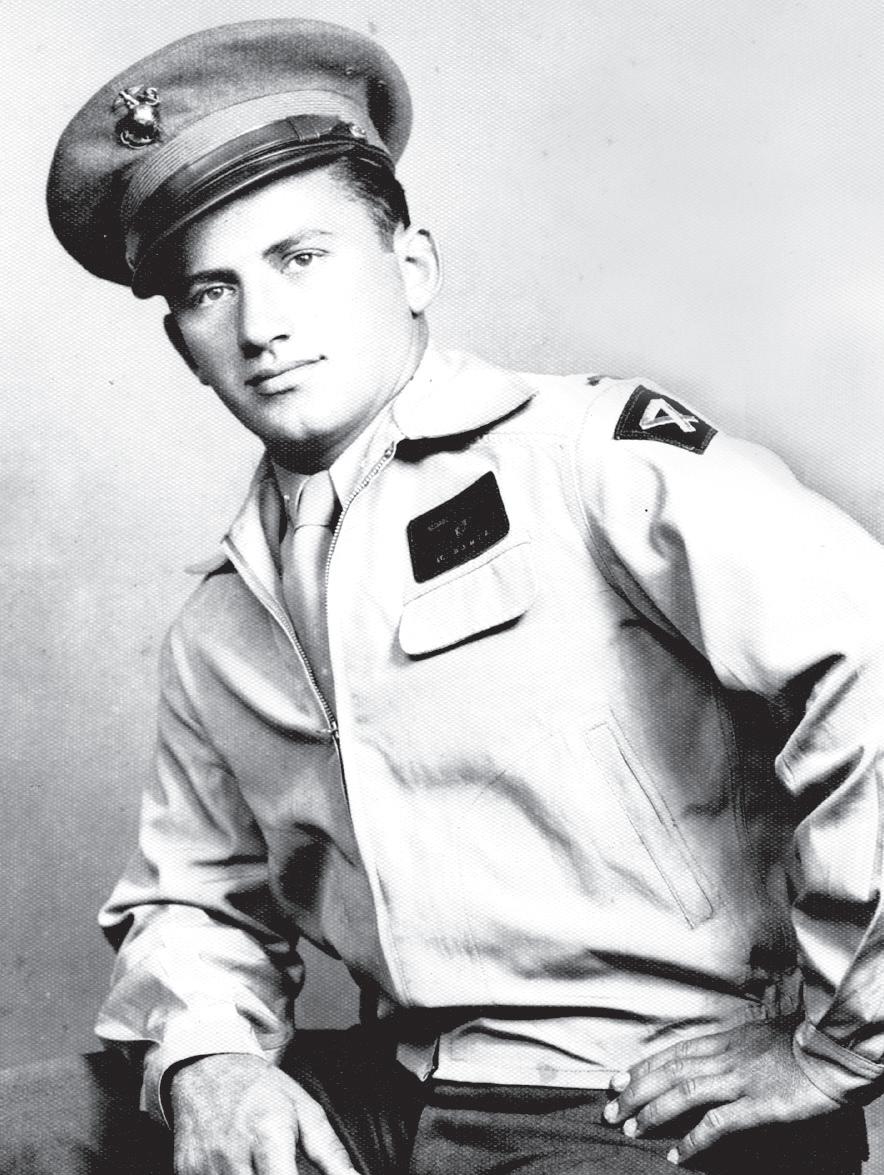
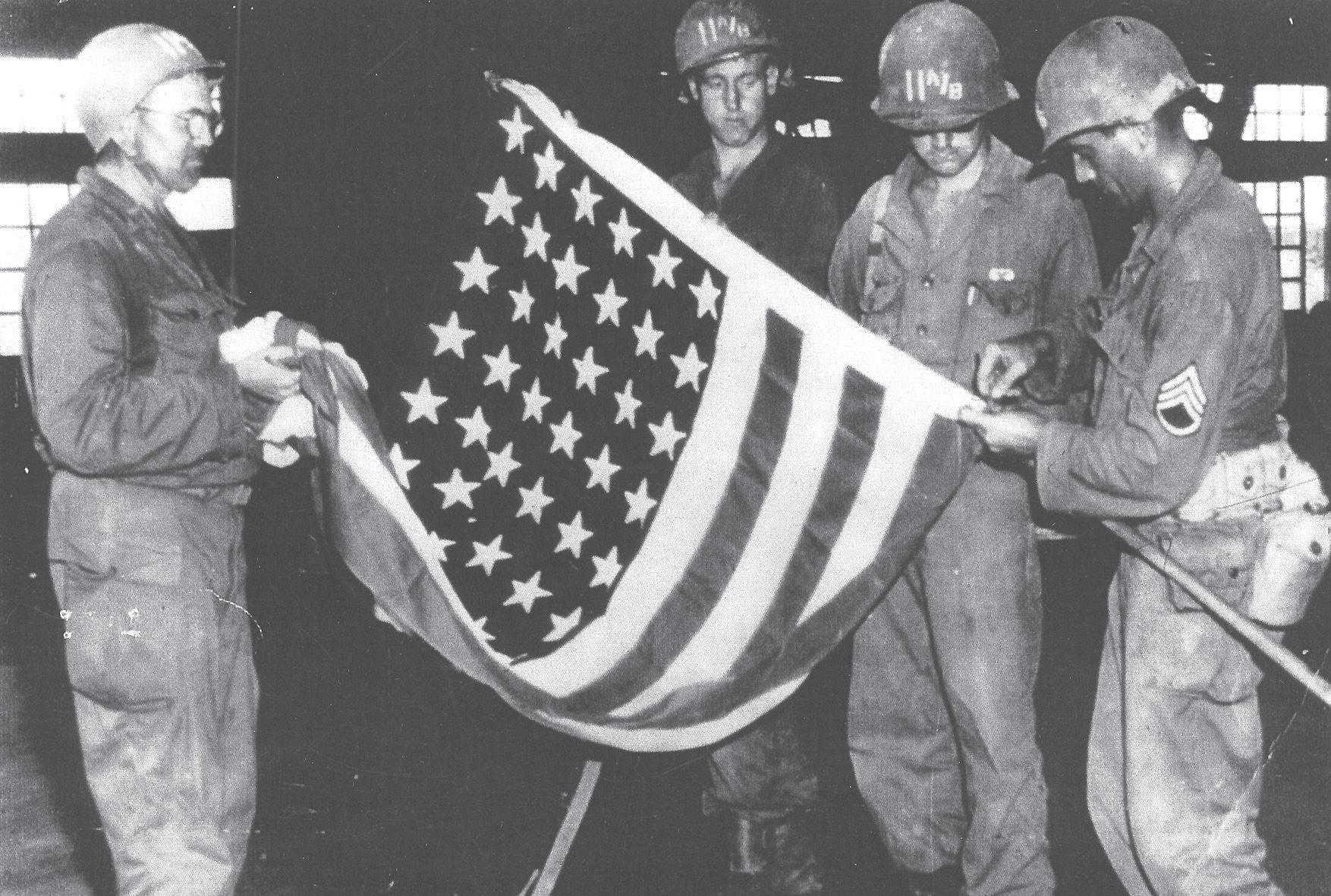
College. She became a teacher, retiring from Memorial Junior High School in Fair Lawn after a 31-year career. Lenkowec also served as the Athenia Veterans Post adjutant (secretary) from 1954 until 2009. She died at age 98 in 2021.
The photo taken on Iwo Jima’s Mt. Suribachi showing six U.S. Marines raising the American flag remains WWII’s most iconic photo.
Getting to the mountain’s summit required strategy and sacrifice – something Clifton’s USMC 2nd Lt. George Linzenbold knew about.
After being wounded in 1944 during the Battle of Saipan – where he claimed a pair of binoculars, a katana sword, and a flag off of a Japanese soldier who nearly killed him – Linzenbold returned to action just after the U.S. captured the Marshall Islands.
Sensing the Americans’ next move would be to island hop to nearby Iwo Jima, Japan sent 22,000 troops to combat the Allies. At 9 a.m. on Feb. 19, 1945, the initial wave of over 30,000 U.S. troops hit the landing zone.
What happened next is how the legend was shaped.
Within the first five minutes, the Allies were being bombarded with mortar shells. Linzenbold would lead his men some 900 plus yards up a heavily fortified beach.
When two of his superior officers were downed by enemy fire, George took command of his company. When his tank support got lost on the beach, Linzenbold ran 700 yards back – all his runners were dead – to direct them. When he got to the first tank, he watched in horror as the lead man was shot in the head.
Linzenbold directed the vehicle himself before he was shot through the leg and neck.
While recovering, Linzenbold wrote a letter to the Clifton Canteen (today the Athenia Veterans Post), detailing his ordeal. However, others weren’t so lucky.
A staggering 8,226 U.S. troops gave their lives during the 35-day battle of Iwo Jima, while more than 20,000 Imperial troops died.
Linzenbold, who lived on Luddington Ave., with his wife Alma, where they raised their family, remains among Clifton’s most decorated veterans, earning a Purple Heart and a Silver Star. He went on to a 25-year career with the Clifton Police Department, retiring in 1977.
40 May 2024 • Cliftonmagazine.com
Above left, USMC 2nd Lt. George Linzenbold. On Aug. 30, 1945, S/Sgt. Michael Gulywasz (at right) preparing the first American flag to be raised over Japan, at Atsugi Airport, Tokyo. Also pictured: Lt. Edward Jacobs, Pvt. Franklin Tieg, Pvt. Herscel Stone.


Cliftonmagazine.com • May 2024 41


The raid began at precisely 7 am on a steamy Philippines’ morning in February 1945. A little more than two hours later, after a daring but perfectly coordinated attack, the soldiers, paratroopers, and amphibious units of the US Army’s 11th Airborne Division liberated more than 2,100 civilian prisoners of war from a Japanese POW camp in the jungle village of Los Banos.
Among the many heroes engaged in the fighting was Private Michael Gulywasz, a paratrooper from Clifton. Approaching the heavily fortified prison camp as part of the advanced scouting team, Gulywasz, no stranger to combat, was ready for what lay ahead.
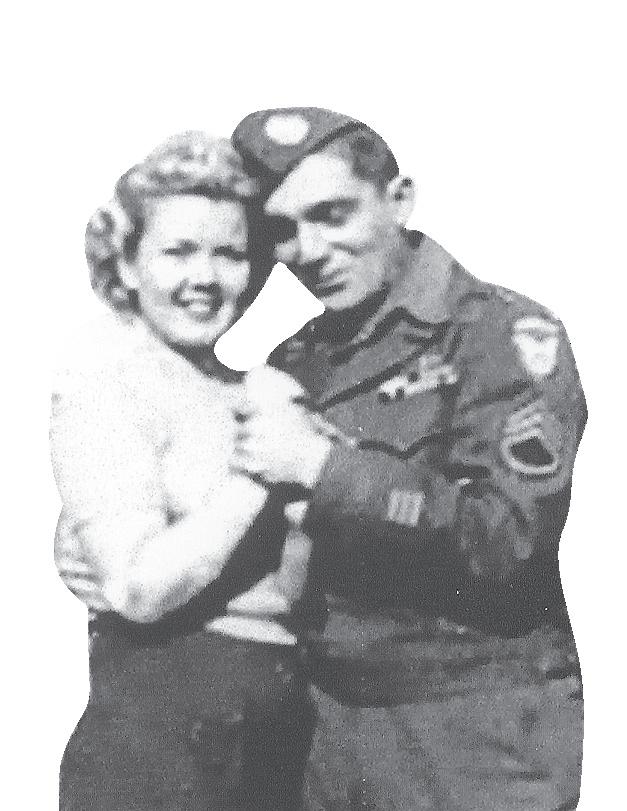
A member of the 11th Airborne Division’s reconnaissance platoon since volunteering for the unit in 1943, he had fought in major clashes throughout the Philippines,
including the pivotal battle for Manila. Just three weeks prior to the Los Banos raid, Gulywasz volunteered to join a vitally important nighttime reconnaissance mission operating behind enemy lines.
Despite drawing heavy fire while on recon, he and his unit were able to come away with information that proved invaluable to defeating Japanese forces in a major battle at Luzon in the days following.
But even with their extensive experience as combat veterans, Gulywasz and the troops of the 11th Airborne Division approached this raid on Los Banos with extreme caution. They knew that execution would not be easy since the prison was located some 25 miles inside Japanese-held territory. In addition, there were thousands of Japanese forces within a short march of the camp, and the 11th Division’s

42 May 2024 • Cliftonmagazine.com
Wilma Jean and Mike Gulywasz.

commanders had limited knowledge of the conditions of the civilian prisoners they were being sent to liberate. Nevertheless, the invasion worked to perfection. In brief but fierce handto-hand skirmishes, the Japanese guards were either killed or sent fleeing, and the prison internees were rounded up and quickly evacuated before Japanese reinforcements could respond. All 2,122 internees were rescued and moved behind U.S. lines and not a single soldier in the raiding force was lost.
After the liberation, Gulywasz was awarded a Silver Star for his valor at Los Banos, and a second Silver Star for bravery while participating in the reconnaissance mission just before the Battle of Luzon. His unit also was honored, receiving two separate presidential citations for valor.
When the war ended, Gulywasz returned to Clifton and his young wife, Wilma Jean, whom he married while on a three-day pass just before he
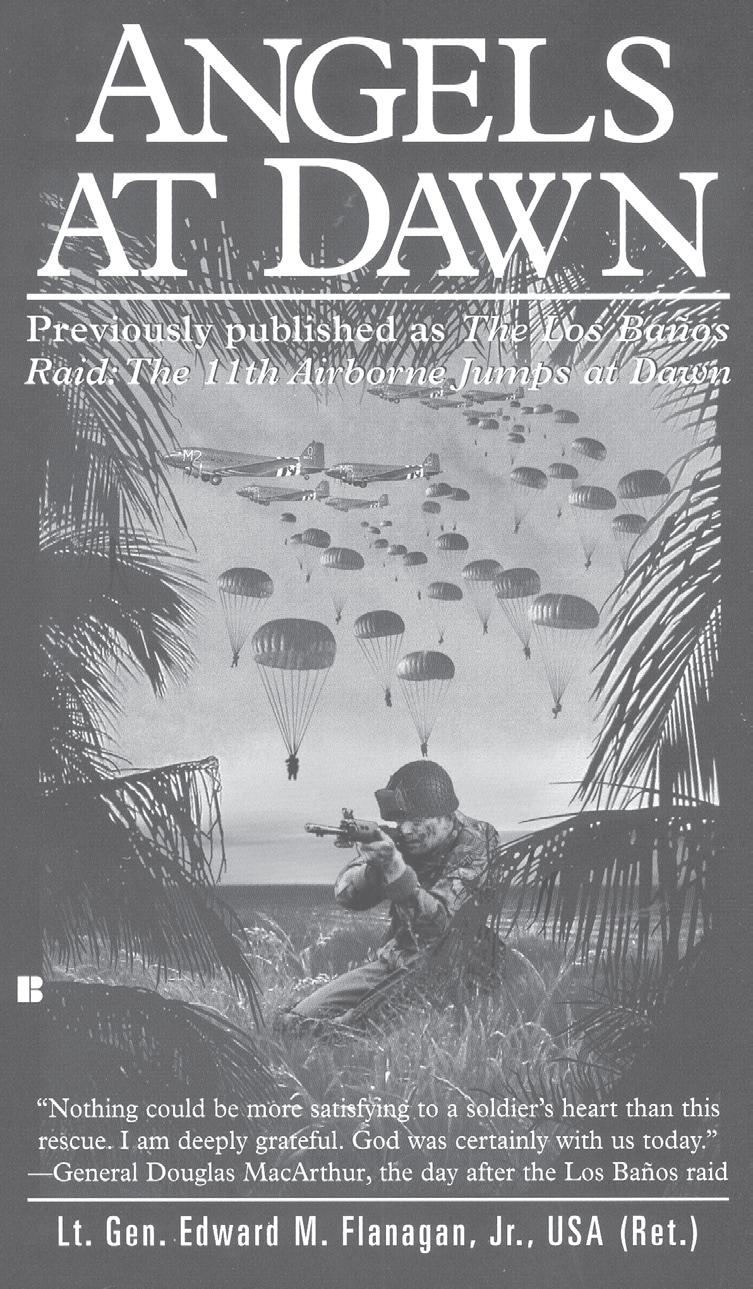
shipped out overseas. The two raised a family of three children in Clifton, and Gulywasz supported them working at companies Dumont Television and Curtis-Wright. In 1994, Gulywasz was presented with Philippine Liberation Medal by the Philippine ambassador to the United Nations.
Clifton’s Van Dillen family served in the military, from Europe to the South Pacific, as well as on the home front, for three generations.
Sgt. David C. Van Dillen, who spent 16 months in France during WWI, was first. When America entered WWII, Van Dillen was part of Clifton’s Civil Defense Council, teaching citizens to conduct dimouts, air raid drills, bomb precautions and security. He also purchased war bonds, gave blood, made bandages, and recycled metal.
In his prayers were sons, David L. and Roger Van Dillen, among the more than 5,500 Cliftonites

Cliftonmagazine.com • May 2024 43
The story of the 11th Airborne Division’s liberation of the Los Banos POW camp is chronicled in the book, Angels At Dawn, by Lt. General Edward M. Flanagan, Jr.


serving in the armed forces during World War II.
Son David L., Clifton’s former historian who died in 1998, worked at Wright Aeronautical Corp before serving for four years in the Army Air Corps as a weather forecaster, using his meteorological training to locate hurricanes. His brother Roger served in the Navy and was stationed in the South Pacific.
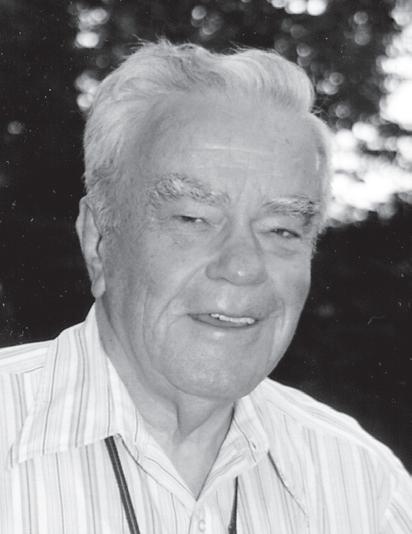

David C. Van Dillen and Dorothy Den Herder. At right Dorothy and George in 2004.
Inspired by his grandfather and father and uncle’s service, Paul Van Dillen (son of David L.) served in Vietnam and later in the Peace Corps in the Dominican Republic.
Dorothy Den Herder’s life changed when she became an army nurse at WWII’s start. During the next three years, she treated thousands of soldiers and helped save hundreds of lives in Italy and North Africa. She also got to eat lunch with a movie star, shake hands with the Pope, and fall in love with the man she’d marry – George Den Herder, a driver for the commander of the 37th Hospital Group.
The two met in Camp Landing Fla. “I noticed immediately how handsome he was,” Dorothy said. Commented George: “As soon as I saw her, I sensed to myself that this was the girl I’m going to marry.”
Their unit shipped out to Tunisia and, during the sea voyage, George and Dorothy got to know each other. As a nurse, Dorothy dined in the officers’ mess where the food was better. She’d make sure to get extra food for the enlisted men, especially George.
They spent the next year-and-a-half serving in North Africa where Dorothy treated the wounded from General George Patton’s army during the invasion of Sicily. They moved on to Naples in late 1943.
In Italy, Dorothy escorted actress Marlene Dietrich who visited wounded allied soldiers and later met Pope Pius XII. “The Pope was very generous,” said Dorothy, a Lutheran. “As he clasped my hand, I asked him to bless several of my friends, and he graciously assured me that he would.”
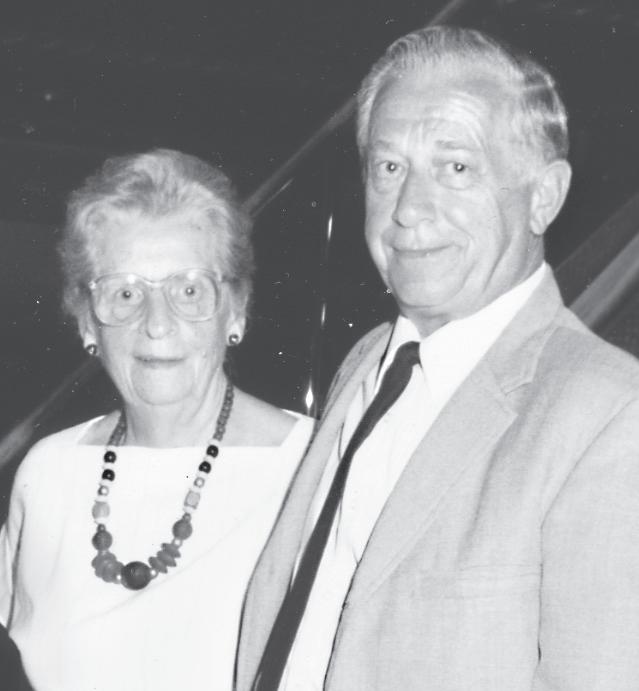
George was shipped to a combat unit in northern Italy where he was seriously wounded in a building collapse, destroyed when an army officer pried open a boobytrapped safe.
George was dug from beneath the rubble by German prisoners captured by the Allied Forces.
When Dorothy learned of George’s injuries, she commandeered an army vehicle and immediately drove to see him. George recovered and returned the favor shortly after, going AWOL to see Dorothy during Christmas 1944. He recalled the reaction of the officer who caught him going AWOL. “After seeing Dorothy, he told me that if he had known how beautiful she was, he’d have given me a furlough to see her,” George laughed.
When the war ended, George and Dorothy reunited in Brooklyn and were married there in November 1945. They moved to Clifton, where George, whose family emigrated from Holland in 1929, had relatives. They built a house in Delawanna where they raised their son, George, and daughter, Doris.
In 1942, Mr. and Mrs. Matthew Breure Sr. of Dutch Hill had three of their sons – Adrian, Cornelius and Matthew Jr. – drafted into the Army, drawing separate assignments in the European Theater.
The family (which included older brothers Teddy and Bill, and sister Minnie) came to the U.S. from Holland 14 years earlier, settling at 40 Helen Pl. A sixth brother, Leonard, was born six months later.
44 May 2024 • Cliftonmagazine.com

Adrian served 18 months as an administrative clerk with the 170th Hospital Train, evacuating wounded soldiers. While on detached service with the 106th Division, he participated in the Battle of the Bulge.
Cornelius, nicknamed “Casey,” served 18 months in the European Theater with the 79th Infantry Division in Northern France, the Rhineland and Central Germany.
Finally, Matthew was a paratrooper with the 82nd Airborne Division and served in the Mediterranean and European Theaters for two-and-ahalf years. With the First Airborne Task Force, he took part in campaigns in Sicily, Southern France, Belgium, Luxembourg and Germany.
The Breure brothers also returned to the land of their birth at different points during the war. “The dykes were busted by the Germans,” Casey recalled of his return to Holland. “My cousins were flooded out of their homes and farms.”
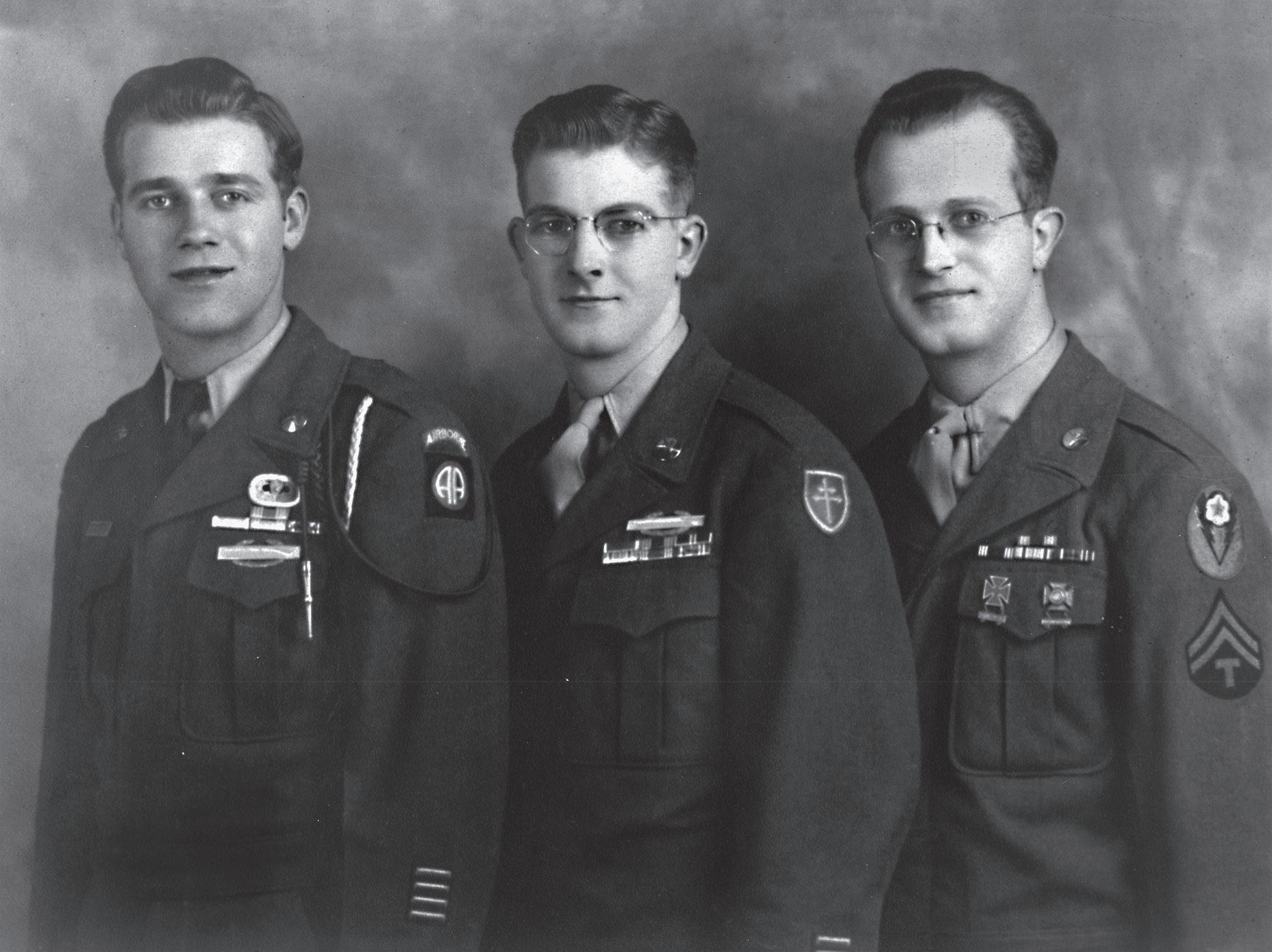
While on duty, there was no way for the brothers to keep tabs on each other. Back home, news about the Breure brothers was not much easier to come by, according to Casey’s wife Ann (Van Beveren). She recalled loved ones occasionally received “V-mail” – short, censored, printed letters from soldiers serving abroad.
Thankfully, the Breure brothers made it back home within weeks of each other in December 1945. The most serious injury suffered was Casey catching shrapnel in his neck, the result of mortar fire that struck a tree.
Casey earned the Bronze Star, Purple Heart, Combat Infantryman’s Badge, European Theater of Operations (ETO) Ribbon with three battle stars, the Victory Medal

Cliftonmagazine.com • May 2024 45
Three of the Breure brothers served simultaneously during World War II, from left, Matthew, Cornelius and Adrian.


46 May 2024 • Cliftonmagazine.com

Cliftonmagazine.com • May 2024 47


and the American Theater Ribbon. In 2000, he received a Distinguished Service Medal from the State of New Jersey. Matthew sustained a bad case of frostbite on his feet while serving overseas, but recovered. He earned the Presidential Citation and the Braid of the Dutch Willems decoration and the Belgian honors awarded to his division, as well as the Purple Heart and the European and American Theater ribbons.
Adrian won three battle stars, as well as the Victory Medal and the American Theater Ribbon.
During the war, the Breure parents moved in with Teddy, their oldest son, at his home on Trenton Ave. The Breure brothers return was featured in the Jan. 14, 1946 edition of the Herald News, showing the three veterans in uniform, admiring Leonard’s model airplanes.
After the war, Matthew opened the Breure Sheet Metal

Co. on Walman Ave.; Adrian worked as an accountant and was longtime president of VFW Post 142 on Piaget Ave.; and Casey became a carpenter. Leonard served his country during the Korean War.
During a 22-year career in the armed forces, Ed Noll served in the U.S. Navy during WWII and the US Army during the Korean War. But he got his indoctrination to military training as a member of “Roosevelt’s Tree Army” – more formally known as the Civilian Conservation Corps (CCC).
Established by President Franklin D. Roosevelt in March 1933, the CCC put millions of unemployed men, ages 17-25, to work during the Great Depression. Members of the CCC worked fighting dust storms, restocking streams, preserving forests and wildlife and building










































UKRAINIAN NATIONAL ASSOCIATION, INC. 2200 ROUTE 10, PARSIPPANY, NJ 07054 ● 800-253-9862 ● INFO@UNAINC ORG ● WWW UNAINC ORG STAND WITH UKRAINE 2ND YEAR * 2ND YEAR * * ! * FIRST YEAR RATE. MINIMUM GUARANTEED RATE 2%. RATES SUBJECT TO CHANGE. NOT AVAILABLE IN ALL STATES. EFFECTIVE 04/03/2023 48 May 2024 • Cliftonmagazine.com

roads, bridges and dams. They even contributed to the early WWII defense effort.
Camps were in every state, as well as in Hawaii, Alaska, Puerto Rico and the Virgin Islands. There were more than 2,650 camps in operation.
As a 17-year-old boy living in Passaic Park, Noll read about the CCC in a newspaper and visited a recruiting office. His parents approved and he was soon on a bus to Fort Dix along with the other recruits. “I would now live a military lifestyle,” Noll recalled.
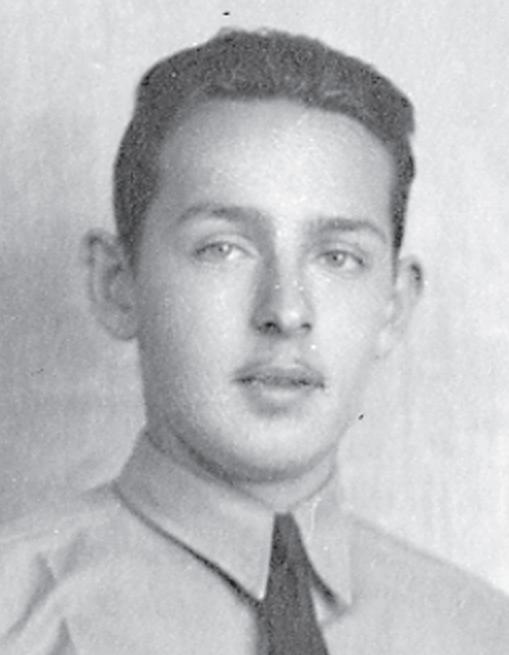
He was assigned to Company 257, just outside the town of Bovill, Idaho. “I was in a forestry company,” he said. “We snagged lumber; in the forest they had a lot of dead trees fall or falling, and we cleaned up the area. If there was a forest fire, we fought it, then cleaned up after that and planted white pine trees. They brought the trees in from Montana; they were seven years old. We’d form a skirmish line, seven across, and every seven feet would throw a ‘pickmatic’ (a trench-digging tool) into the ground and plant a tree.”
In 1941 after Noll completed a year in the CCC, he was honorably discharged and sent home. By that time, Hitler was moving through Europe, and Noll’s father suggested it would be better for his son to enlist than be drafted. Noll enlisted in the Navy, where he served in the Aleutian Islands, the Asiatic Pacific and Korea.
When his four-year hitch ended in 1945, he returned home to take a job in a foundry. But Noll missed military life. Thus began his 14-year stint in the Army, during which he met Soonie, who became his wife in 1958 while they were in Korea.
When the Nolls returned stateside, Soonie lived with Ed’s mother on Arthur St. in Lakeview. He subsequently was stationed in Germany, Iran and in the U.S. before he

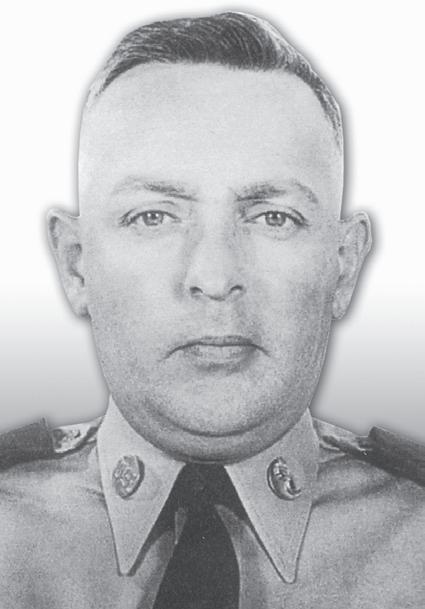
retired as a sergeant in 1963.
Ed and Soonie bought a house on Gould St. where they raised five children: Victor, Robert, Peter, Maria and Okhui. Taking a job in security for Bendix Corporation in Teterboro, N.J., Ed worked another 20 years before retiring. Soonie owned and operated Eosin Panther on Main Ave., manufacturing martial arts uniforms.
When Jack Kuepfer – a Clifton resident for more than five decades and member of the Allwood Veterans Post and the Quentin Roosevelt American Legion Post 8 –learned the Japanese bombed Pearl Harbor, he got angry and wanted revenge.
“The next day,” he said, “I went down to a recruiting station in Paterson and joined the Army Air Force. I wanted to be a pilot. I couldn’t wait to get in and start serving my country by killing the enemy.”
However, instead of pilot training, Kuepfer remained on the ground, moving to air mechanics school near Biloxi, Mississippi. That detour took Kuepfer to Europe instead of the Pacific.
On June 4, 1942, Kuepfer, then attached to the 307th Fighter Squadron of the 31st Fighter Group, was shipped to England aboard the Queen Elizabeth with

Cliftonmagazine.com • May 2024 49
Ed Noll served in the Civilian Conservation Corps, the US Navy and US Army.


15,000 troops – the first Americans to go into combat in the European theater.
“Our planes took part in the Dieppe raid in August 1942,” he said. “I was a ground crew mechanic. We were using the British Spitfires, the best fighter plane there was at that time.”
In October 1942, Kuepfer boarded a ship for North Africa for what turned out to be a miserable trip. He was seasick for 14 days.
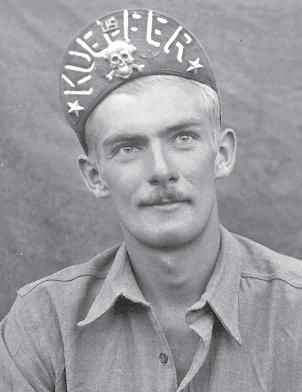

“We landed in Oran, North Africa, and started to work our way eastward,” he remembered. “Sometimes we were only five miles from the Germans. The Spitfire didn’t have long range.”

Suddenly, the Germans went on the offensive – pushing the Americans back and were a lot closer than five miles away. On Valentine’s Day 1943, a Messerschmitt fighter plane dove out of the sun, strafing his airfield.
“The Messerschmitt had this peculiar roar,” Kuepfer said. “There was no mistaking it. My buddy and I ran across the field and jumped in a ditch. You’re so scared, you start crying.”
After the Allies won the North Africa campaign in 1943, Kuepfer found himself on an invasion force again, this time bound for Sicily.
“Sicily was beautiful. We had nice duty, right along the beach,” he said. “The Germans never came around there to bother us. After our planes went on their mission, we would go swimming. We ate beautiful ripe grapes, and this was the first time I ever ate a fig from a tree. This is what you remember.”
Kuepfer finished up his service in Italy, farther from the front since the Army was now using the Americanmade P-51 Mustangs, which had a much longer range then the Spitfires.
He remembered the day in March 1945 when he found out he was going home: “They had started the rotation back home that winter, using the point system. Those who had accumulated enough points would have their names put into a hat and then a name would be drawn. I asked the flight leader that day whose name had been pulled, and he said, ‘You.’
“I said, ‘We don’t have a Hugh in the outfit.’
“He shouted at me, ‘No, not Hugh. You! You fool! You’re going home!’”
Kuepfer was employed at Sheet Metal Products in Newark for 35 years. After retiring, he founded the Morris Canal Park in Clifton, devoting much of his labor and know-how over the past 30 years. The park was later renamed for him in his honor. He died in 2014 at the age of 94, still enjoying his work at the Morris Canal Park.

50 May 2024 • Cliftonmagazine.com
Jack Kuepfer during WWII and in 2007.



NEW JERSEY • NEW YORK • PENNSYLVANIA JAGPT.COM CLIFTON 50 MOUNT PROSPECT AVE SUITE 207 (P) 201-464-4749 PROUD TO SERVE AS YOUR TRUSTED, IN-NETWORK REHABILITATION PROVIDER SCAN HERE TO BOOK AN APPOINTMENT Cliftonmagazine.com • May 2024 51


In 1942, Stephen Mihalovic, then 16, dropped out of Clifton High to join the U.S. Navy. Discharged in 1946, Mihalovic was a first class aviation radioman who flew 23 combat missions from the USS Enterprise, USS Intrepid, and USS Hancock, earning the Distinguished Flying Cross and three air medals –all while a teenager.
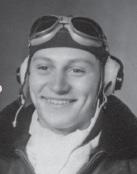
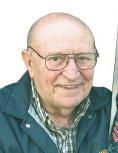
Mihalovic in 1944 and in 2015.
Mihalovic left his Knapp Ave. home on his 17th birthday, May 23, 1942, and enlisted in New York City. After boot camp and aviation radio school, Mihalovic joined Air Group 6 aboard the USS Enterprise in May 1943. He flew two dozen combat missions during several major battles.
Aboard the Intrepid in 1944, Mihalovic participated in “Operation Hailstorm,” an attack on Truk Lagoon and the Japanese 4th fleet. In the waning hours of the battle, a Japanese pilot evaded the Allied anti-aircraft barrage and fired an aerial torpedo that slammed into the Intrepid’s right side roughly 15 feet below the waterline.
“I had to fly early in the morning,” remembered Mihalovic, “so I decided to stay in the ready room where we had reclining chairs. I put my legs over the one in front of me and was getting ready to go to la-la land when there was an explosion. The torpedo hit the chief’s quarter below us.”
Though the Intrepid remained afloat, the torpedo tore open the hull, causing flooding, damaging the rudder, leaving the ship listing left. “When I went down, I saw a big chunk of the torpedo sitting there on my pillow. If I ever

got weak in the knees, it was at that sight. That was also the first time we lost anyone from our squadron, and we had a burial at sea. That’s a sight now that, even if I see it on TV, I get choked up.”
Crippled and unable to navigate, the Intrepid reached safe harbor thanks to quick thinking. “We were sailing in circles until our Chief had the bright idea to take a canvas and make a sail out of it,” recalled Mihalovic. “That ended up in the Navy periodicals, how we ended up sailing back to Pearl Harbor.”
Aboard the Hancock in March 1945, Mihalovic volunteered to be an altar boy for Catholic Mass. Afterwards, he noticed a copy of the Passaic Herald News – that’s how he met Father James Doyle, formerly of St. Paul’s Church. The two struck up an enduring friendship. That month, the Hancock led the Navy’s first air strike on Kyushu, the southernmost large island of the Japanese archipelago.
“We were the first carrier airplanes to bomb Japan proper,” recalled Mihalovic. “I remember I was scared knowing how many anti-aircraft installations they had. I almost had the feeling I wasn’t coming back. In the two days before, I must have said about 5,000 Acts of Contrition.”
On the plane and about to take off, he looked out and saw Father Doyle. Making eye contact, the priest made the sign of the cross, blessing Mihalovic and his crew.
“Instantly, a calm came over me,” Mihalovic said. “I knew I was coming back.”

52 May 2024 • Cliftonmagazine.com
Stephen


Cliftonmagazine.com • May 2024 53


Mihalovic returned home to Clifton and ended up employed at Curtiss-Wright. He worked in manufacturing until 1992 and raised four daughters, who presented him with eight grandchildren and six great grandchildren.
As brave as he was during WWII, Mihalovic would say: “You never forget how to pray.”
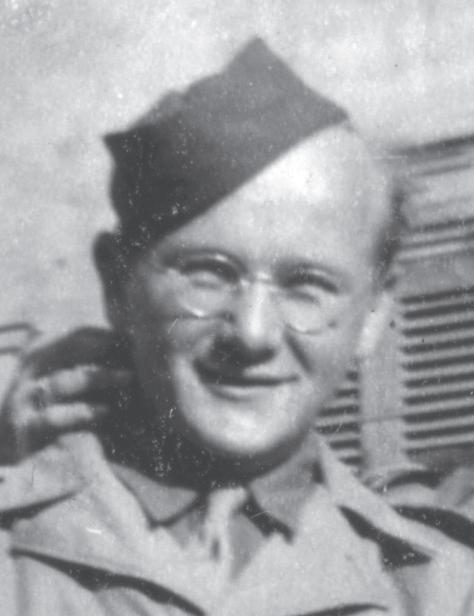
After graduating Clifton High School in 1939, Hank Gola, the youngest of 10 children, went to work for the Frost Meat Market and the Manhattan Rubber Company. But what he really wanted to do was join the military.
“The Marines wouldn’t take me and the Navy wouldn’t take me,” Gola said, “but the Army took me in November 1942.”
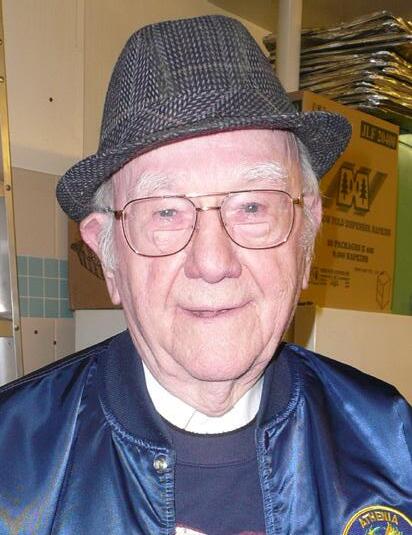
He shipped out to North Africa in May 1943, traveling to Tunisia where the German-Italian Army had just surrendered. Gola also spent time in Algeria before being relocated to North Italy in May 1944. That December, the corporal had an opportunity to attend a mass led by Pope Pius XII at St. Peter’s Basilica.
In August 1945, Gola returned home and began his college education, paid for by the federal government. “My ‘uncle’ sent me on a cruise, then to Italy, then to school. I had a very good uncle,” he joked.
Gola attended Pace University and Fairleigh Dickinson University before beginning his 45-year career in management and information systems. He lived with his wife Edna in their home on Sergeant Ave., right behind School 13.

54 May 2024 • Cliftonmagazine.com
Hank Gola.

Chief Petty Officer Joseph Sperling was Clifton’s first casualty of WWII. The career sailor had already served 17 years when he was killed aboard the USS Curtis in the attack on Pearl Harbor. “My uncle joined the Navy when he was 17 and made a career out of it,” said Sperling’s nephew Richard Leschynski, who lived in Athenia.
After 30 years, the military supplied Leschynski with the ship’s logs, detailing the day’s events. Following the initial attack, the Curtis engaged the Japanese attack force. The ship had just sunk an enemy mini-sub when a diving plane was spotted on its starboard side. The Curtis shot the plane down, but it slammed into the ship’s No. 1 crane. Sperling was standing where the plane went down and was killed.

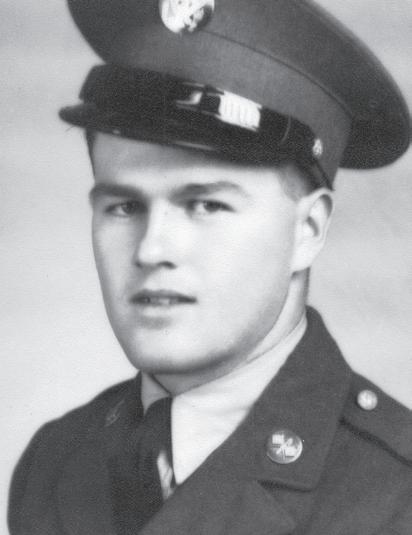
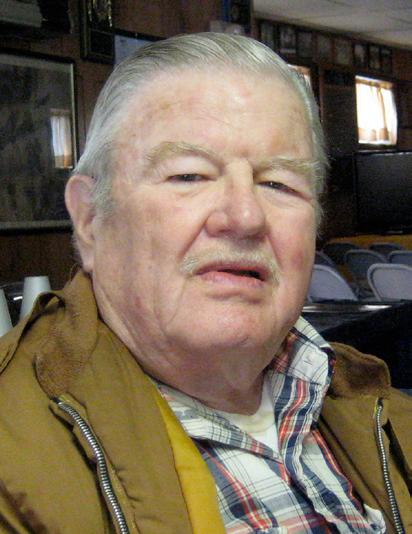
Joseph Sperling and John Jay Grace in 1943 and 2008.
Following the war’s end, the Clifton native served three months in Berlin as a part of the occupation force before returning home.
“He’s buried in Punchbowl (National Memorial Cemetery of the Pacific),” said Leschynski. “He’s right by Ernie Pyle (a famous WWII correspondent).”
Leschynski is also a WWII veteran, spending his service time jumping out of airplanes behind enemy lines. As a part of the 508th Parachute Infantry, he participated in three major campaigns: Normandy, Market Garden and the Battle of the Bulge.
“We’d jump out of the plane and it would look like the Fourth of July – bullets flying all over the place,” said Leschynski.
John Jay Grace was a technical sergeant in the Army Signal Corps, a branch of the military responsible for communications and information systems. The Wyckoff native and future Clifton resident enlisted at 19 after graduating from Ramsey High School in 1942.
Grace attended basic training at Fort Dix before moving to Ft. Monmouth where he learned pole line construction. He then took classes in teletype and telephone repair while spending a year in Missouri.
Grace shipped out for the Oran Province in Algeria in 1943. He was there for a month before sailing to

Cliftonmagazine.com • May 2024 55


India. The journey was dangerous. During the first day at sea, Grace’s convoy was bombed off the island of Crete. “Two ships got hit,” he remembered. “We were lucky.”
Eventually, Grace and his fellow soldiers made it through the Suez Canal to Bombay. In north India, the 96th Signal Battalion was responsible for pole line construction for telephones, with Grace doing cable slicing and helping build the radio antenna. He spent all of 1944 in Burma completing supply and repair missions.
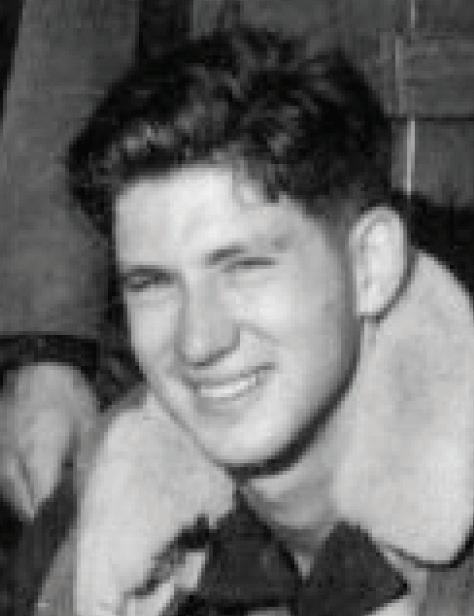
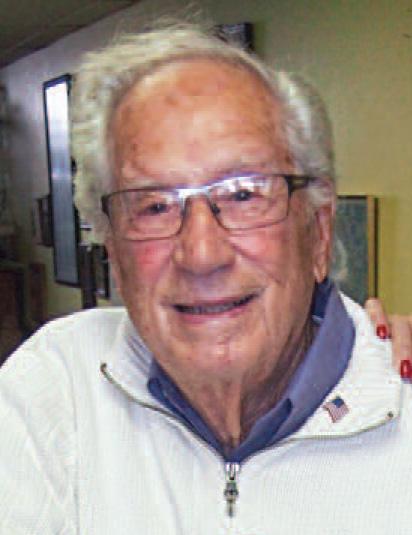
tinued. “It was a brand new plane, so if anything went wrong, we couldn’t blame it on the plane.”
Perhaps the four-engine B-24 felt the love; it rewarded the crew’s loyalty. None of its 10 regular crewmembers were killed in action. “We were very fortunate.”
Kroll said.
“We drove the Burma Road,” said Grace about the 717mile winding road that runs through mountains between Burma and China. “That was an experience we were lucky to get through. The first part was paved, but then it was strictly dirt and the natives were putting stones around the curbs so we wouldn’t go flying off the cliff.”
Grace spent another six to seven months in China before being discharged in 1945.
After the war, Grace moved to Clifton with wife Marion, working at Western Electric and Dumont. The couple, who lived on Lincoln Ave., was married for more than 60 years and raised two children.
George Kroll got a bird’s-eye view of Europe at least 50 times. He wasn’t greeted warmly. Between July 22 and Nov. 7, 1944, Kroll put his trust in his nine crewmember comrades, and a brand new B-24 Liberator Bomber, part of the Allied effort to defeat Germany in WW II. Kroll packed his six-foot frame into a small glass bubble with guns, literally looking for trouble.
“We picked up the plane that we flew in Topeka, Kansas,” Kroll said, “right off the assembly line.”
Kroll’s crew flew the craft to North Africa via Maine, Newfoundland, the Azores, and hopping over to North Africa where it was supposed to be picked up. But no other crew came.
“So we got orders to fly to [southern] Italy,” Kroll con-
Stationed near Bari on Italy’s eastern (Adriatic) coast, Kroll was part of the 777 Bomb Squad, 464 Bomb Group, 15th Army Air Force. Beginning in July 1944, Kroll flew 50 missions over Italy, Austria, Hungary, Romania, and Germany, as Allied air power dominated the skies over Western Europe in the final year of the war, assisting in the advance of ground troops up the Italian peninsula and across the French countryside.
“My first mission was over Ploesti (Romania), an oil field and main oil depot,” Kroll said. “We went in about 25,000 feet but flak was very heavy and intense. I was a substitute gunner at that point; they needed a nose gunner and I was ‘volunteered.’”
Kroll and crew survived a harrowing flight over the Romanian oil fields, deemed essential to Germany’s war effort. But others were less fortunate.
“The site was heavily fortified,” Kroll said. “They had more than 1,000 guns. We lost a lot of planes.”
Anti-aircraft fire and Luftwaffe fighter aircraft challenged the B-24s on various missions. Even missions Kroll described as “easy” weren’t without risk.
Anxiety was a constant companion on each mission, lasting an average of six to seven hours each. Kroll believes he never shot down any enemy fighter craft, though he’s convinced that “I chased a couple away.” He praised accompanying American P38 and P51 fighter aircraft for protecting the B24 fleet. Combined with the bombers’ own defensive firepower, Kroll said, “The Luftwaffe was afraid of us.” He added: “It’s not necessarily that we were so brave. We all were young and ambitious and we really were ready to go, [but] we didn’t know too much. I enlisted at 18.”
56 May 2024 • Cliftonmagazine.com
George Kroll during the war and in 2015.





Elementary School Teaching High School Teaching Maintenance/Custodial Transportation Special Education Middle School Teaching Volunteers Student Support Services Substitute Teachers Substitute Paraprofessionals Lunch Aides and Kindergarten Aides Preschool Competitive PayRates! C l i f t o n P u b l i c S c h o o l s Clifton Public Schools 745 Clifton Avenue Clifton, NJ 07013 www.clifton.k12.nj.us Phone: 973-594-4195 E-mail: hr@cliftonschools net Employment Opportunities The Clifton Public School District is currently accepting applications for the following positions: A p p l y t o d a y a t h t t p s : / / w w w . a p p l i t r a c k . c o m / c l i f t o n s c h o o l s / Applitrack Cliftonmagazine.com • May 2024 57


Commenting about being willing to sit in tight quarters in the transparent nose of an airplane, Kroll repeated that it wasn’t about being brave. “I was just being young,” he said.
On Nov. 7, 1944, Kroll wrote in his diary: “Today is the day I’ll always remember, and not because it was Election Day – I finished my missions!” Describing the last of his 50 missions as another “milk run,” Kroll wrote: “No flak, no fighters – perfect. I’m through!”
Kroll came home and succeeded his father Max as editor and publisher of the Clifton Journal in 1959 (later the Clifton News-Journal and Dateline Journal). He chronicled Clifton’s explosive postwar growth and succeeding history in his column, “As I See It,” before retiring in 1985.
About his wartime service, Kroll said: “I’m glad I had the opportunity to do it, though I’m sorry we had to go to war.” Kroll died at age 93 in 2018.
U.S. Army Buck Sgt. Mario Talamini remembered the autumn morning in 1943 – the day he became a German prisoner of war.
“We were chasing the Germans and came to the Meuse River,” said Talamini, who helped liberate Paris the month before. “Our orders were not to cross, but our commander told us to cross anyway.”
The troops boarded rubber rafts and crossed the river, guns ready. However, the order to cross turned out to be wrong as the Nazis outflanked Talamini and the other troops. Out gunned and within grenade range, the G.I.s surrendered. The Germans took Talamini and seven other Americans prisoners and sent them to Aachen, Germany.
For two days, the soldiers marched at gunpoint without food or water. “I had to carry my buddy, who was all shot up,” recalled Talamini. “He was 202 pounds and I had to carry him the whole way.”
The Americans were jeered by locals, who stoned and chastised the prisoners for being U.S. gangsters. Soon after, they were stuffed into boxcars. When the doors finally opened two weeks later, Talamini had arrived at Stalag VII A in Mooseberg, Germany.
It would be almost eight months before he would be free.

Talamini and the others were forced to work on the farms and in the rail yards. Talamini often tried to escape. “I ran away three times,” he said. “They took my shoes and made me work in the ice and snow barefoot.” Allied troops finally liberated the camp on April 29, 1944.
“We were liberated by the 99th division and General (George) Patton,” said Talamini. “They took us away in planes to Camp Lucky Strike in France. It was the first time I took a shower since I got there. I never thought I’d get out.” Born in Vodo di Cadore, Italy, Talamini came to the U.S. in 1930, settling in Garfield. After WWII, he moved to Clifton and was the owner of New Jersey Laundry Machine in the city for 43 years. He died in 2016 at age 93.
During WWII, at least 49 men from Clifton were forced to surrender and became POWs to the Axis powers (facing page). Two of them never returned from incarceration: Army PFC Joe Carboy, 52 Gould St., was wounded in the Philippines on Jan. 6, 1942. He returned to duty but was taken prisoner that May. He later died in captivity. Army Sgt. Charles Hooyman Jr., 18 Union Ave., was reported captured on Bataan, survived the Bataan Death March, and was taken to a prison camp in the Phillipines; later fellow POWs reported that Hooyman was executed by Japanese guards.
58 May 2024 • Cliftonmagazine.com
Mario Talamini in 2008 and during the war.

WW2 POWs From Clifton



Cliftonmagazine.com • May 2024 59


Clifton’s Walter Pruiksma remembers the trip to Carentan, France, the night of June 12, 1944.
“No one was on the road except for the five of us in the horse drawn carriage,” Pruiksma wrote in a letter. “There is one thing that has stayed with me over the 40 years, it was the fact that we never knew each other’s names, nor did we ever see one another’s faces.”
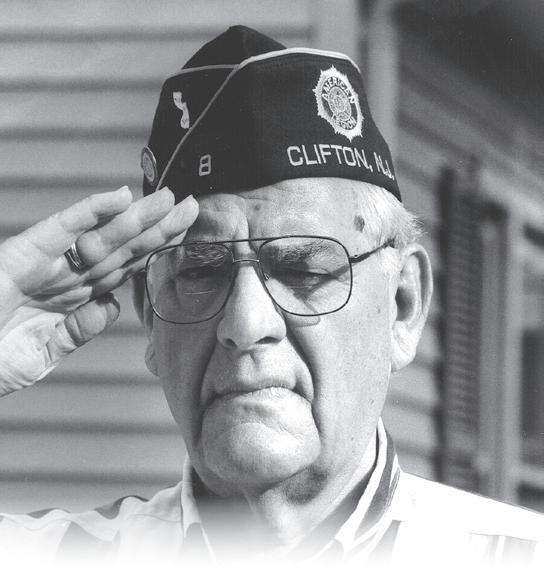
He was describing his “Mission of Mercy” when he volunteered to escort an injured French woman and her two children to a hospital through 12 miles of war-torn land.
Pruiksma was drafted in Sept. 1943 and became part of D Company, 783rd Military Police Battalion. Four days after D-Day, Pruiksma and his fellow MPs arrived to set up traffic control points, process POWs, and help establish the famed supply highway, the “Red Ball Express.”
Pruiksma’s company was located in Sainte-Marie-du-Mont, Normandy. A boy came to the post, asking if someone could help transport his mother to a hospital, who was injured when a German soldier threw a grenade into their home.
A commanding officer would not assign anyone to the mission but would allow volunteers to help. Thinking of his own mother, Pruiksma stepped forward. Another MP, Cecil Morris, also volunteered. At 1 am, Pruiksma, Morris, the boy, his sister and their injured mother set off in a twowheeled, horse-drawn carriage to the hospital in Carentan. Pruiksma knew the direction because he had watched the glow of the city burning the night before. “The only thing I could hear was the sound of the horse’s hooves and iron wheels hitting the cobblestone,” said Pruiksma. “The streets were completely empty.”

60 May 2024 • Cliftonmagazine.com
Walt Pruiksma

When they reached the scorched town, soldiers from the 101st Airborne Division watched from windows and doorways. Reaching the hospital, Pruiksma saw two piles of dead German and American soldiers across the street piled five feet high. Hospital workers rushed to help the women and took her and the children inside. After a few minutes, Pruiksma and Morris began their long ride back.
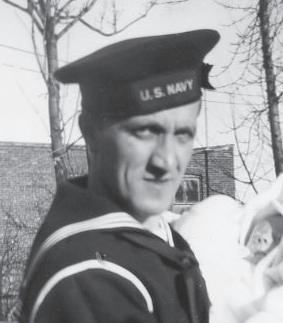
“I never talked about any of this for nearly 40 years,” said Pruiksma. But one day, he had the urge to know what happened to the woman and her family. “It was like a book but without the last chapter,” he said.
Pruiksma wrote letters inquiring about the injured French woman, sending them to a church in Saint-Mariedu-Mont, others to the mayor of Carentan. A local newspaper helped with his search. Finally, he connected with the daughter of the injured French woman, Madame Andree Tourraine, and the two began writing letters to each other about that night. In 2016, the French government awarded Pruiksma with the Insignia of Chevalier of the Legion of Honor, the country’s highest recognition. Two years later, the Military Police Regimental Association bestowed their highest honor upon him, the Order of the Marechaussee medallion in Silver.
Active in veterans affairs, Pruiksma was instrumental in creation of Clifton’s Avenue of Flags. He moved to Brick in 2002 and passed away in 2021 at age 97.
Originally from Passaic, later of Clifton, Sal Sperlazzi loved the tanker, the SS Tallulah. He helped keep her moving, working in the noisy engine room. But when his ship came under attack, Sperlazzi ran on deck and became a “hot shell man,” wearing shoulder-high asbestos gloves. He would catch the shell casings after the gun fired and toss them overboard. “I missed only one and never missed again,” he said.
Sperlazzi witnessed many air battles, but luck was with the Tallulah. She steamed ahead, a filling station for the fuel tanks of the fighting ships.
During the battle of Guam, Sperlazzi and the Tallulah’s luck almost ran out. A Kamikaze plane was shot out of the sky before it hit a ship. He remembered catching the hot shells during the battle and the shelling of the island. “It resembled fireworks,” he said.
Sperlazzi was discharged on Sept. 5, 1945, returning to his job at the Passaic Valley Water Commission where he worked for 35 years. He lived in Richfield Village before his passing at age 94 in 2009.

Cliftonmagazine.com • May 2024 61
Sal Sperlazzi


While in the thick of D-Day, George Balkjy first recalled life on the home front during WWII, especially the car headlights, when interviewed in May 2011.
“They would be half painted black to keep the lights down,” he said in 2011, then age 86, “People were afraid of getting bombed, I remember that.”
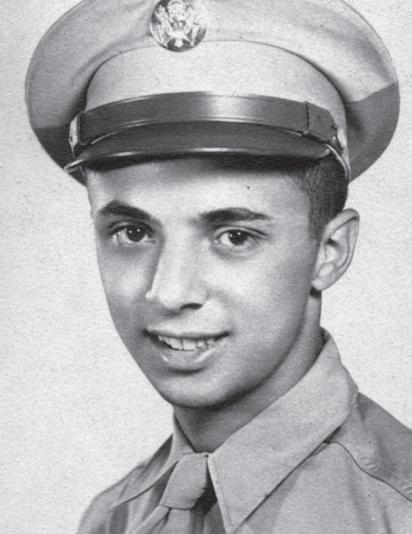
Growing up in Paterson and working in his father’s store, the Stationary Market, Balkjy was drafted in June 1943 after graduating Central High. By February, 1944, he was in Europe with the 46th Field Hospital, as a medic.
As far as being in Normandy, France D-Day on June 6, 1944, he recalled: “I’ve never seen so many planes and ships in my life!” said Balkjy. “Oh, there must have been 400-500 planes, flights of 100 at a time.”
Balkjy was tasked with receiving wounded on stretchers. He also moved heavy machinery and crates in the hospital, and administered needles and other simple remedies if the hospital was inundated with soldiers. Balkjy also transported those who were often gravely injured.
“You get shook up,” he said, “but after a while it becomes second nature.” That would also be Balkjy’s role as the Allies marched across Europe, reclaiming cities from the Nazis.
“We were about five miles behind the line until we got to Berlin,” said Balkjy. “We were supporting General [George] Patton’s Army. Europe was completely devastated, bombed out the whole way. I remember being in Aachen and Cologne. I had never seen a city so devastated in my life. Just piles of rubbish everywhere.”
Before reaching Germany, Balkjy had to survive the Battle of the Bulge in December 1944.
Taking place between Belgium and Luxenberg, severe winter storms prevented the Allies from utilizing air support. Though the Americans won the battle, it was costly with some 19,000 U.S. soldiers killed. The march to Berlin continued.
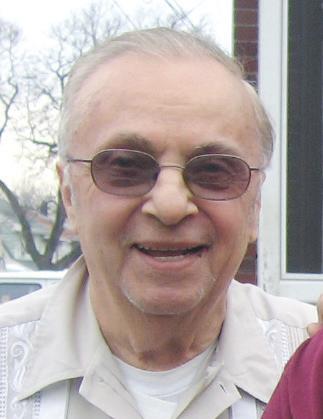
In the waning days of the war, Balkjy caught a glimpse of the legendary general of the Third Army.
“We were told that Patton was coming through on the highway, so we all went and lined up,” he recalled. “The first thing I saw was a Jeep with four stars on it and this real loud siren. Then came a big tank with Patton sticking out the top. And he’s got these two pearl pistols and a big white helmet. He was ‘show time,’ alright.”
In his travels around Europe, Balkjy also came across General Omar Bradley. “He was in a hospital with us, we knew that,” Balkjy recalled. “I was busy doing something and then I look over my shoulder and I see four stars.”
In April 1945, Hitler committed suicide and Germany surrendered. With the war over in Europe, Balkjy and the 46th Field Hospital cared for Russian POWs and he remained there until his discharge in January 1946.
After coming home, Balkjy opened Ace & George’s Market on Madeline Ave. in Clifton, where he also lived for 70 years. He died in 2014 at age 89.
Clifton’s Emil and Ethel Kudlack were wed Nov. 14, 1946, not long after being discharged from the Army where both proudly served during World War II.
“I was drafted on June 26, 1941, about six months before the country went to war,” recalled Emil. “I was surprised that I went into the service so early.”
Stationed out of Westover Field, Mass., Emil was on leave when the U.S. entered the war in December 1941. “I was reading the paper and there was an announcement that came over the radio about the attack, and that all servicemen were to report to their stations immediately,” he said. “I thought, well, I’m going to be in the service for a while.”
He was in for four years. Emil became a personnel clerk and was sent to England in 1942, stationed in Thurleigh with the 1628th Ordinance Co., about eight miles north of London.
62 May 2024 • Cliftonmagazine.com
Balkjy in the service and in 2007.








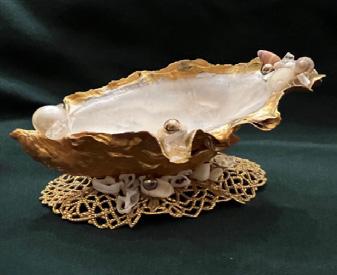

Cliftonmagazine.com • May 2024 63


“Off on the distance, on cloudy nights you could see the bombs bursting in the clouds,” Emil said. He later transferred to the 369th Bomb Squadron before being discharged in October 1945.
Ethel entered the war in 1943 as a volunteer after graduating from nursing school at Presbyterian Hospital. “A lot of nurses graduated and went to the Army, and I went along, too,” she said. “I was in Fort Dix for a while before I went overseas to Wheatley, England.”
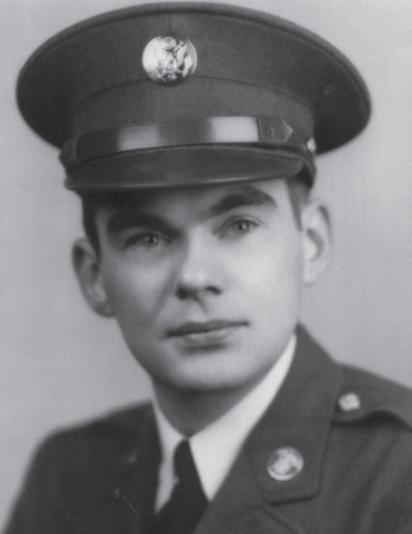
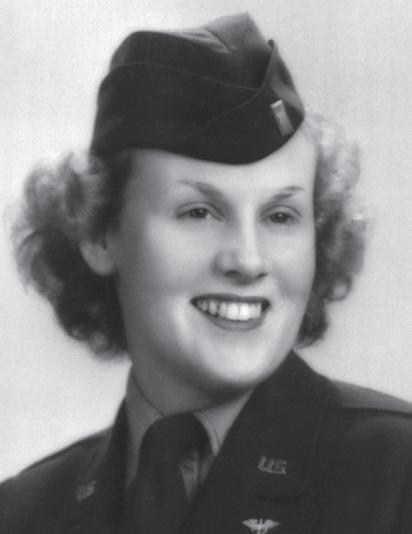
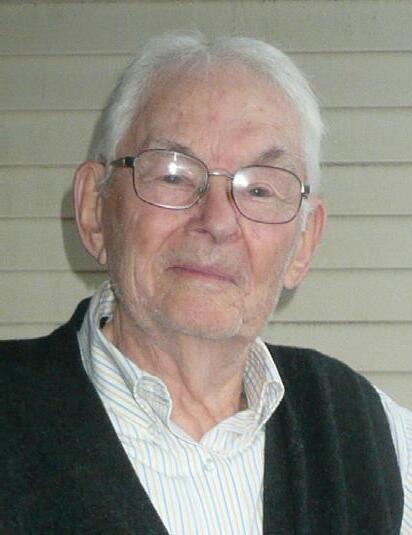
Ethel served in the 97th General Hospital where she took care of wounded officers. Her brother Arthur also served in the European Theater. Later, with the Allies advancing towards Berlin, she was transferred closer to the front lines in April 1945.
“I was sent to Germany when the war was almost over. They were originally going to send us to the Pacific, but they sent us there instead,” recalled Ethel. “While we were going to Germany, we flew over France and Belgium, when they announced the death of FDR.”
Ethel was discharged on Feb. 21, 1946. Not long after, she started dating Emil.
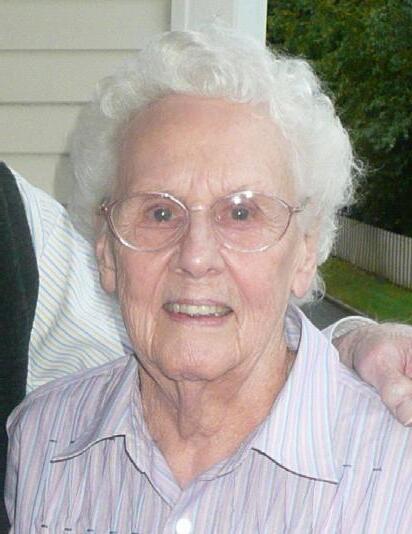
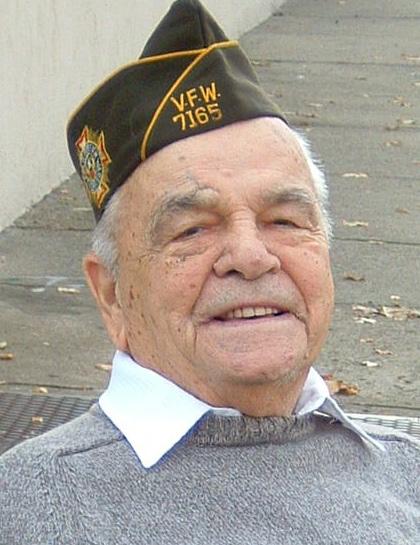
“She was walking in uniform with another nurse on Main Ave. in Clifton as I happened to be shopping,” Emil recalled of seeing her for the first time. About a year later, they wed and were married for 66 years, raising two children.
Ethel died in 2014 at 92. Emil, who owned Admar Plastic Co. in Clifton, joined her in 2018, living to age 102.
Bravery runs deep in Bronze Star recipient Donald F. Cudworth’s family. His grandson, Scott C. Crum, a 1989 Clifton High graduate, also earned a Bronze Star for service
in Afghanistan. Born and raised in Glen Ridge, Cudworth was a member of the National Guard’s 44th Division, comprised of units from New Jersey and New York and stationed at Fort Dix. In September 1941, the division participated in the Carolina Maneuvers, massive exercises in mock warfare involving nearly a third of the Army.
“We were headed back to Dix in our convoy of trucks,” Cudworth said. “That’s when we heard the news about Pearl Harbor.”
By 1943, Cudworth was attached to the 143rd Infantry, 36th Division. He landed in Algeria, North Africa that spring.
“I had just walked off the gangplank and was standing around with my duffel bags when a guy rides by in a jeep,” he recalled. “I said to my buddies, ‘Hey that looks like my brother Frank.’ I yelled out to him and sure enough it was.”
In the fall, the 143rd landed in Italy, the beginning of a long slog northward up the Italian “boot” against fierce German resistance, including battles at San Pietro, the Rapido River, Anzio Beach and helping in the liberation of Rome. In the summer of 1944, Cudworth’s division fought more Nazis when they landed in southern France and battled their way toward Germany.
In the midst of this action, he was recommended for three Bronze Stars.
“I wasn’t looking to be a hero,” Cudworth said. “I just wanted to get home. My family was worried about me. It wasn’t just me either. My brother Frank had been wounded in North Africa. That was before I bumped into him there. And my brother John was wounded during D-Day. Somehow, we all made it back. But I had some good friends I knew from home who didn’t.”
64 May 2024 • Cliftonmagazine.com
Emil and Ethel Kudlack in 1945 and in 2011.


Any child residing in Clifton who is 5 years of age on or before October 1, 2024, is eligible for Kindergarten. Required documents and details can be found at:
Any child residing in Clifton who is 3 or 4 years of age on or before October 1, 2024, is eligible for Preschool. Availability is on a first-come, first-serve basis upon completion of the entire registration process. For questions, please call 973-470-2060
Charter, Parochial, and Non-Public School Transfer Student Registration 2024-2025
Any child residing in Clifton is eligible to attend Clifton Public Schools free of charge.
Go Online To Register



Kindergarten Registration Pre-School Registration
https://www.clifton.k12.nj.us/Page/4896
Clifton PUBLIC SCHOOLS
Registration Español ﻰﺑﺮﻋ Türk українська
Cliftonmagazine.com • May 2024 65


Cudworth saw his last action during the Battle of the Bulge. “I had become pinned down in a ditch by enemy fire,” he said. “By the time I was rescued, I had frostbite.”
He was shipped to a hospital in England and had another chance encounter.
“The chaplain was making his rounds and he said to me, ‘Cudworth? Do you have a brother named John? Well, he works with me.’ Turns out this is where John ended up after
recovering from his wounds in Normandy. We were able to spend a lot of time together.”
Things came full circle for Cudworth when he was discharged on Dec. 7, 1945. “Another coincidence I guess,” he said.
Cudworth worked in the tile business for 28 years and spent 19 years as a parking attendant at the Meadowlands Sports Complex. He lived in Clifton for most of his life. He and wife Catherine raised three sons and a daughter, Dona, the mother of Scott Crum.

“I have no regrets. I’ve had a good life,” said Cudworth, who died in 2012 at age 90.
Clifton’s Ken DeGhetto grew up on Piaget Ave., attended School 11, School 1, and graduated Clifton High in 1941. DeGhetto was offered a spot in the U.S. Merchant Marine Academy after he turned 18 on April 1, 1942.
“When the war started they changed the fouryear course to 18 months,” he said. “I received my third assistant marine engineering license in August 1943. The Navy needed engineering officers at the time, so at 19-and-a-half years-old, I was commissioned an ensign in the U.S. Navy.”
DeGhetto spent the war in the Pacific aboard the USS Cimarron AO22, a fleet oiler that fueled aircraft carriers and battleships. He also found time to get married to wife Helen.
Though she lived right around the corner from him, the couple didn’t begin dating until the summer of 1941. “Her father owned a butcher store in the neighborhood where we lived,” he said. “We knew of each other, but she was a year behind me in school and we never got together.”
After seeing a movie at the Clifton Theater, he walked her home. They soon started dating.
In September 1944, DeGhetto’s ship was in San Pedro, California, for repairs. He flew back to LaGuardia Airport for a 15-day leave. “My parents picked me up and they had my girlfriend, Helen, with them,” he said. “On the way home I asked Helen to marry me, and she said yes.”
66 May 2024 • Cliftonmagazine.com

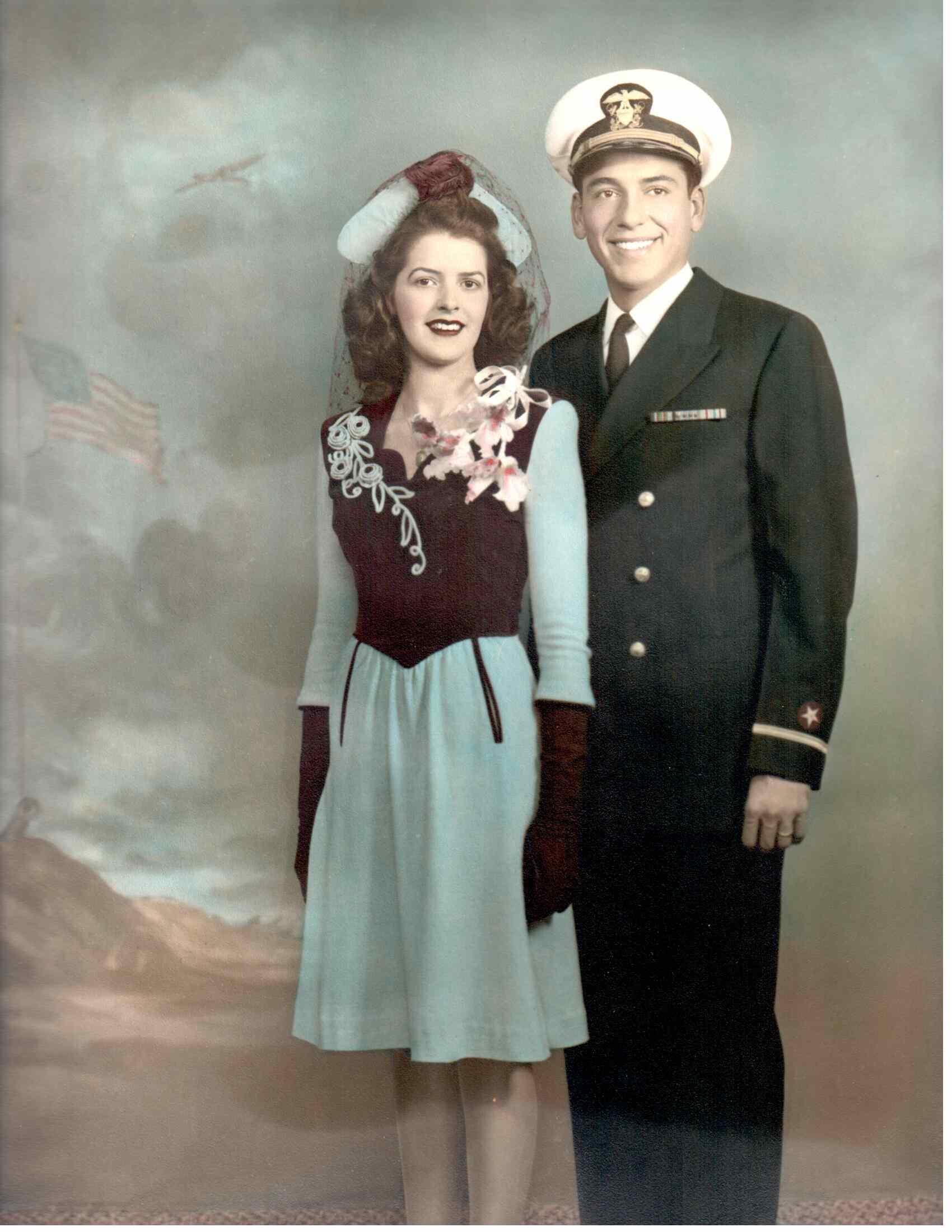
provide for eight children. “It was a pretty tough time,” he said. “You ever hear of a mustard sandwich? Two pieces of bread, some mustard – mustard sandwich.”
For most of the Depression, Janscek’s father was out of work, and the family got by on Janscek’s odd jobs and money his older sister earned at the Botany Mills. Later, she got Janscek employment there and he worked for two years before joining Manhattan Rubber.
On Dec. 7, 1941, Janscek “was listening to a football game on the radio and at 2:30 they broke to cut off the game to say that Japan had attacked Pearl Harbor. I expected to go to war.”
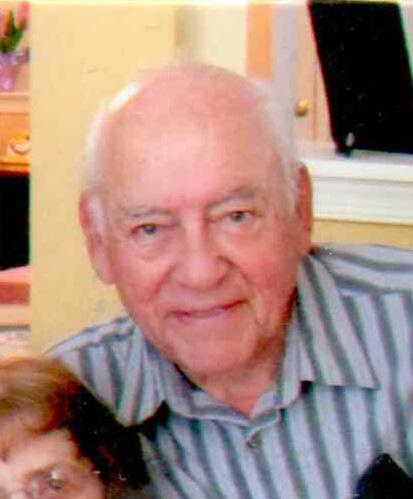
On March 26, 1942, Janscek got the call, assigned to the 77th Infantry Division and headed to the Pacific. To prepare for intense fighting, the 77th trained in Hawaii for jungle warfare for three months. Finally, they headed to Guam. A Japanese force estimated at more than 20,000 waited.
On July 21, 1944, the Americans shelled the island to soften up the landing for ground troops, numbering about 36,000 – including the 3rd Marine Division, the 1st Provisional Marine Brigade and the 77th Infantry. Janscek had to wade in from nearly 600 yards out with a hail of gunfire raining down.

Cliftonmagazine.com • May 2024 67
Ken DeGhetto in the service and in 2011.


“You’re wet, you’re scared, you’re hungry. You’re everything,” Janscek recalled. “And then the of ficer says, ‘Dig in, expect mortars.’ But you can’t in the sand.”
With little cover, the 77th wait ed on the beach for orders. “You don’t sleep,” he said. “Everyone’s all pepped up. We were to attack through Purple Heart Valley (the nickname for a ridge where they were attacking). That was a hell of a thing to be doing on the first day.”
Janscek and the 77th engaged the enemy head on. “Infantry are called dogfaces,” he said. “Always on the front lines, like instinct. We trained for two years almost. It just comes naturally. Every day, you get a little smarter, a little sharper. At the end, the 77th was nicknamed the 305th Marines for our valor on Guam.”
Janscek soon learned the Japa nese rarely surrendered.
“Sometimes mopping up was worse than the fighting,” he said. “They’re most desperate, more hun gry. That’s when they’re trying to kill as many Americans as possible.
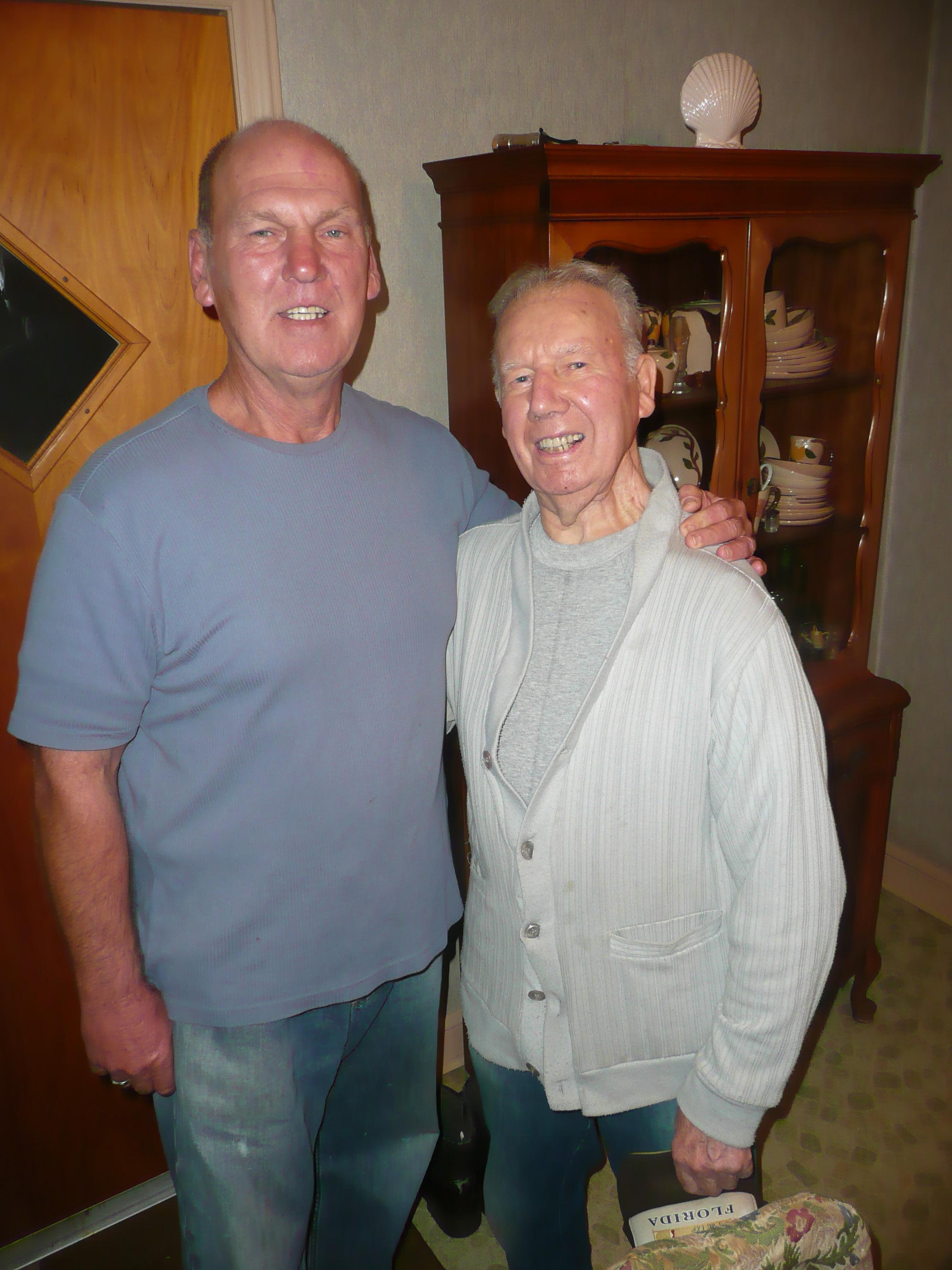
the Americans sought to secure the island for a staging point for their
“Okinawa was about the toughest fighting,” Janscek said of the conflict that began April 1 and ended June 21, 1945. “It was so bad on Okinawa that we were told that if we could advance 100 yards a day, take it. It took us about 33 days to advance about 3,300 yards.”
After taking Okinawa, preparations were being made for a ground invasion of Japan. Fortunately for Janscek and other troops, the war ended with the atomic bombings. “I went in as a young man at 22,” said Janscek. “I came out in 1945 and I felt like an old man.”
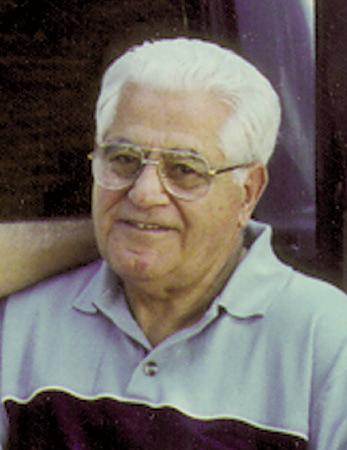

The battlefield action eventually takes its toll on even the strongest-willed soldiers. “You start to think your luck is gonna run out,” Janscek explained. “After every campaign, you see less and less original guys. There’s more new guys than old guys. I became very superstitious. I had a jacket that I wore for 65 days straight.”
A combination of mementos, superstitions, training and luck helped Janscek and the 77th move through treacherous Pacific islands. The 77th Division spent the duration of the war island-hopping, engaging the Japanese at Leyte, Ipil, Ormoc, Kerama Retto, Keise Shima, Ie Shima and Okinawa – where the enemy put up their strongest fight as
For future CHS woodshop teacher Fred Lombardo, battling intense cold was his main opponent, especially after the University of Southern California. “I was at USC for two years,” said Lombardo, “but then Uncle Sam was about to call so I joined the Coast Guard in 1942.”
Lombardo served at several eastern U.S. bases and a fuel supply and weather station in frigid Greenland. He and his Coast Guard mates also kept a wary eye for German U-boats. After the war, Lombardo got a chance to work in a security job at a place instrumental to ending the war.
Because of son Joseph’s asthma, he, wife Sarah and daughter Elaine moved to a drier climate in New Mexico where he took a job at the Atomic Energy Commission in Los Alamos – a gated city where the atomic bomb was developed. After his son’s health improved, the family returned and he taught at CHS from 1956 to 1982. Lombardo died in 2011 at age 91.
Bob Janscek in 1945 and circa 2012.
68 May 2024 • Cliftonmagazine.com
Fred and Sarah Lombardo in 1946 and in 1999.


Cliftonmagazine.com • May 2024 69




































 William Herrschaft and his brother Les, Clifton’s former councilman.
William Herrschaft and his brother Les, Clifton’s former councilman.


























































































































































































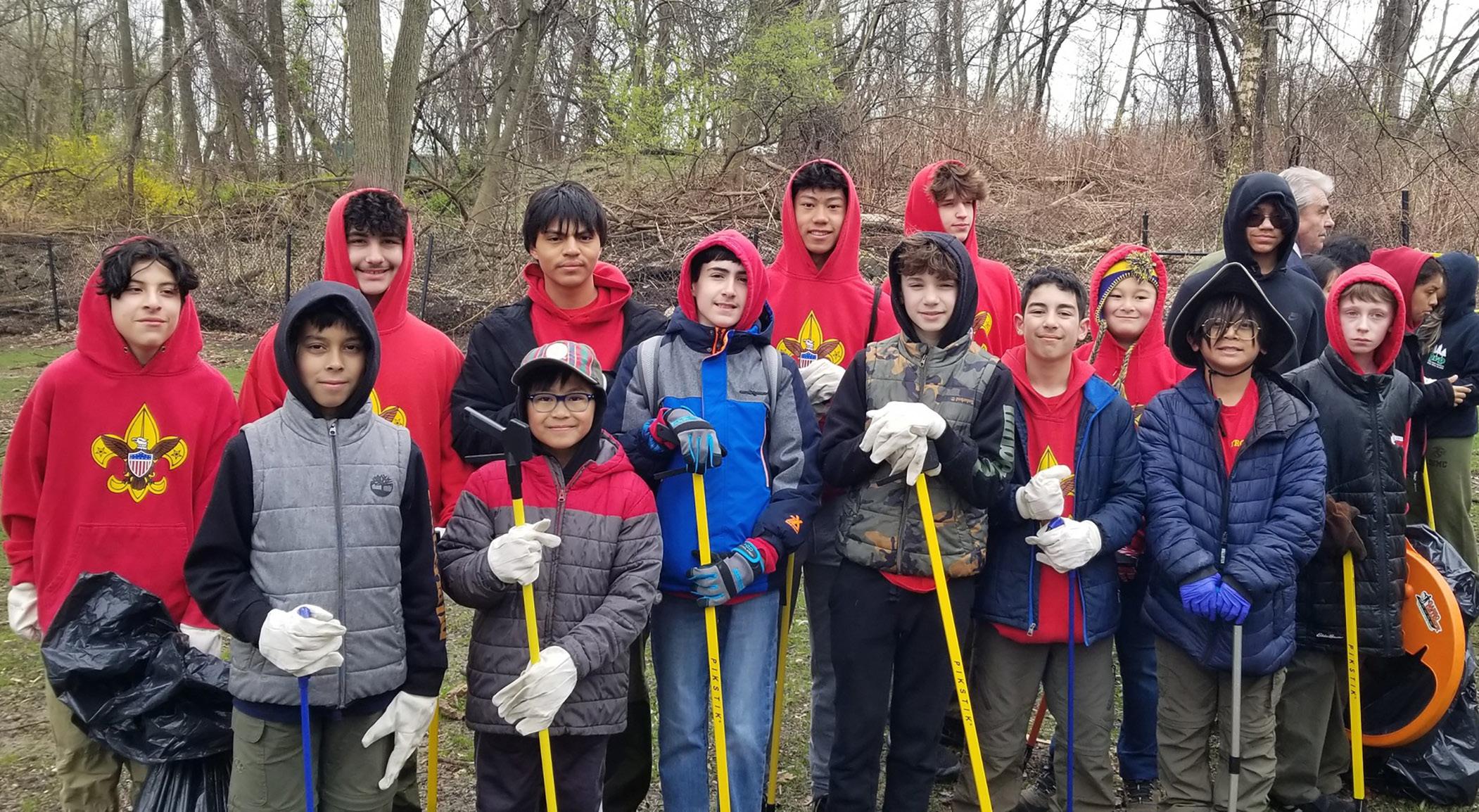


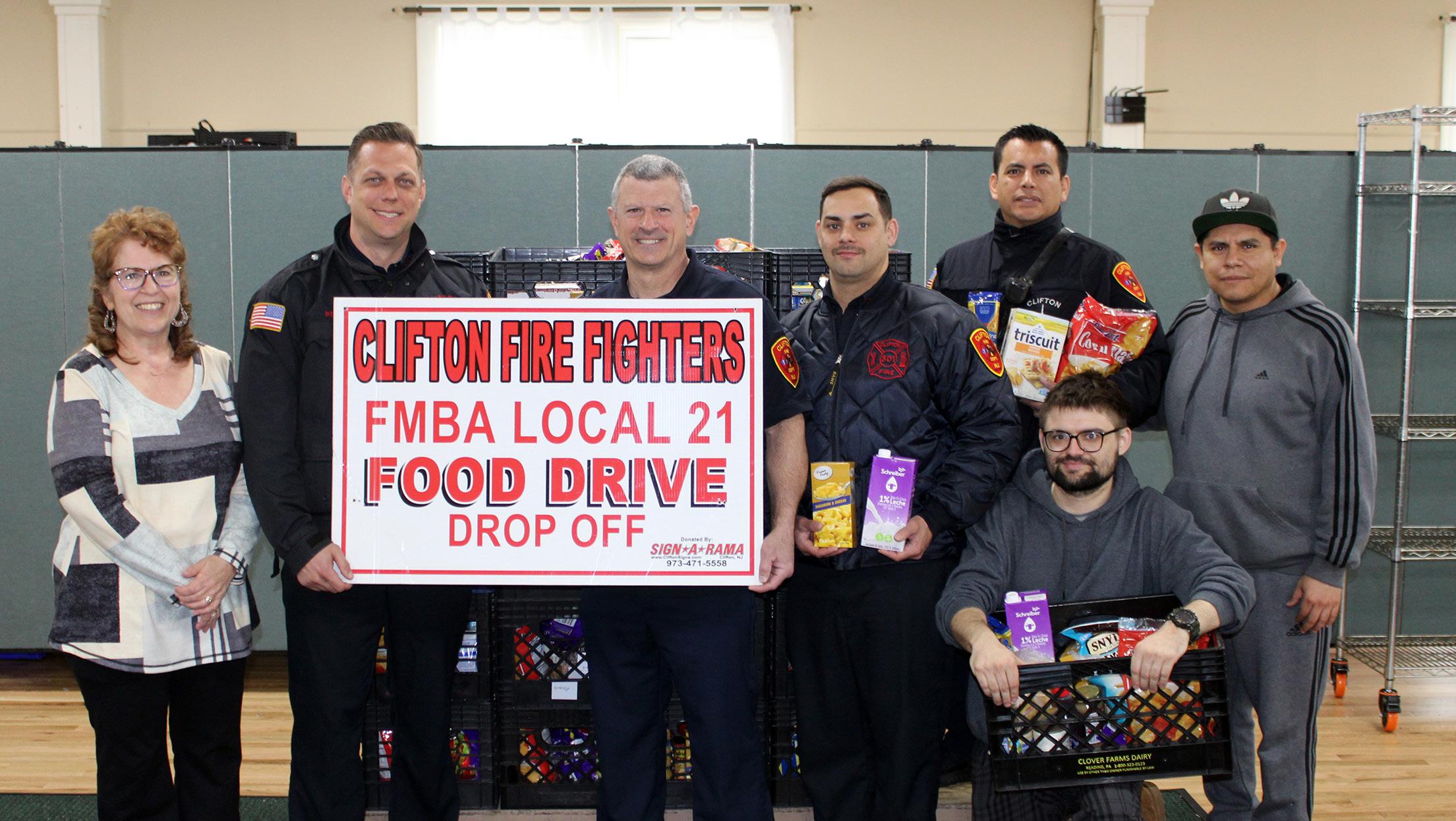


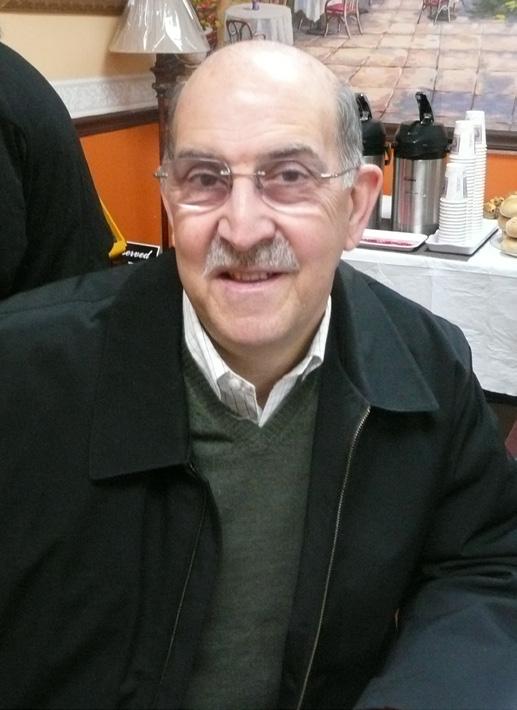


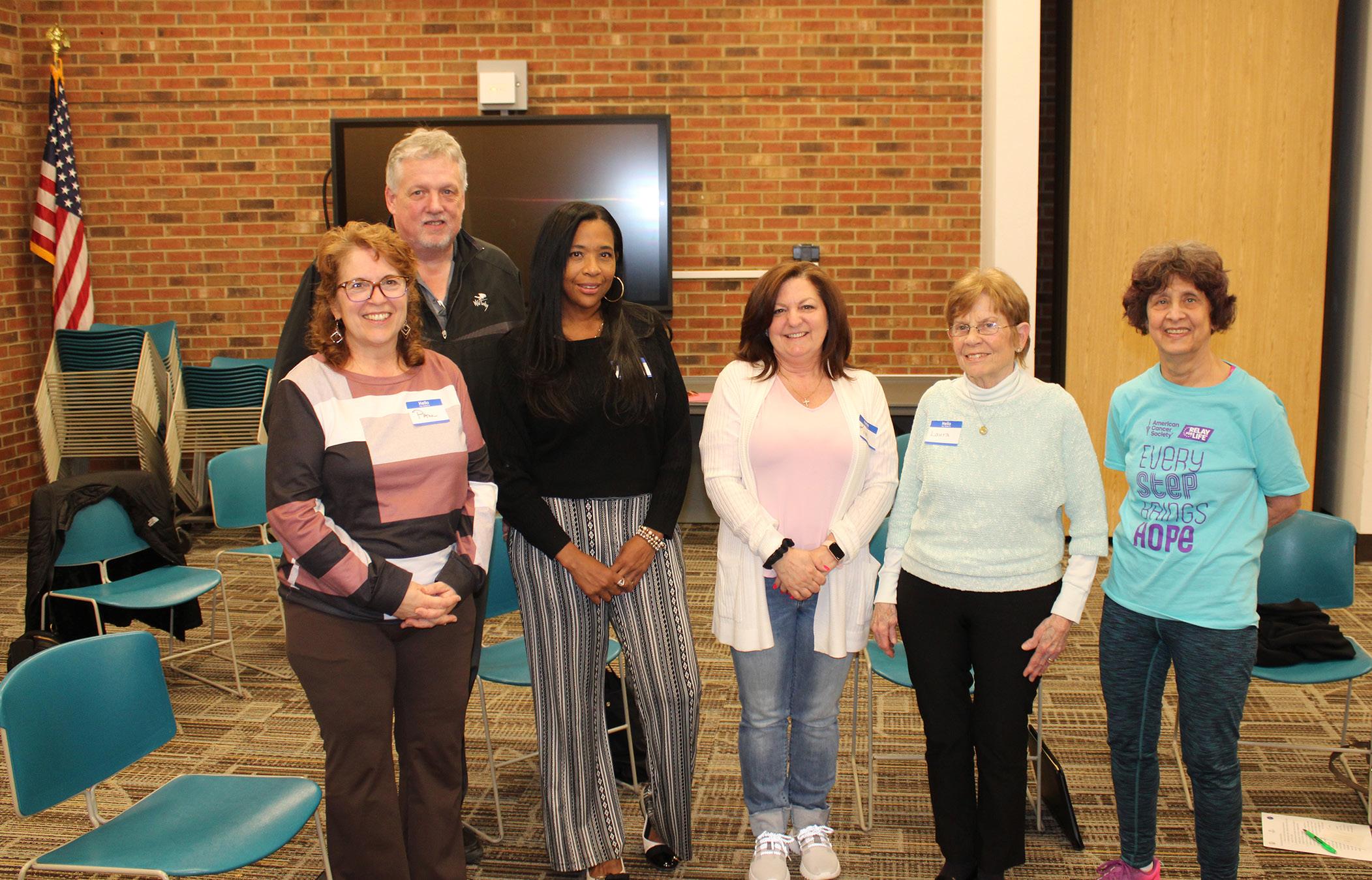
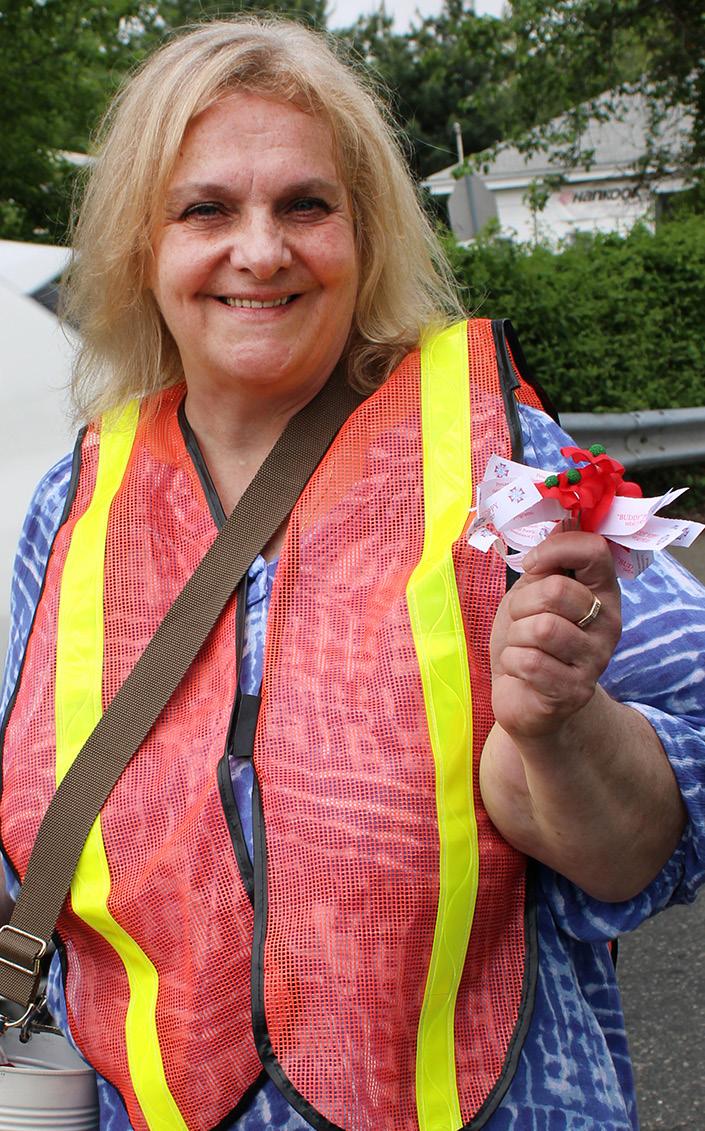

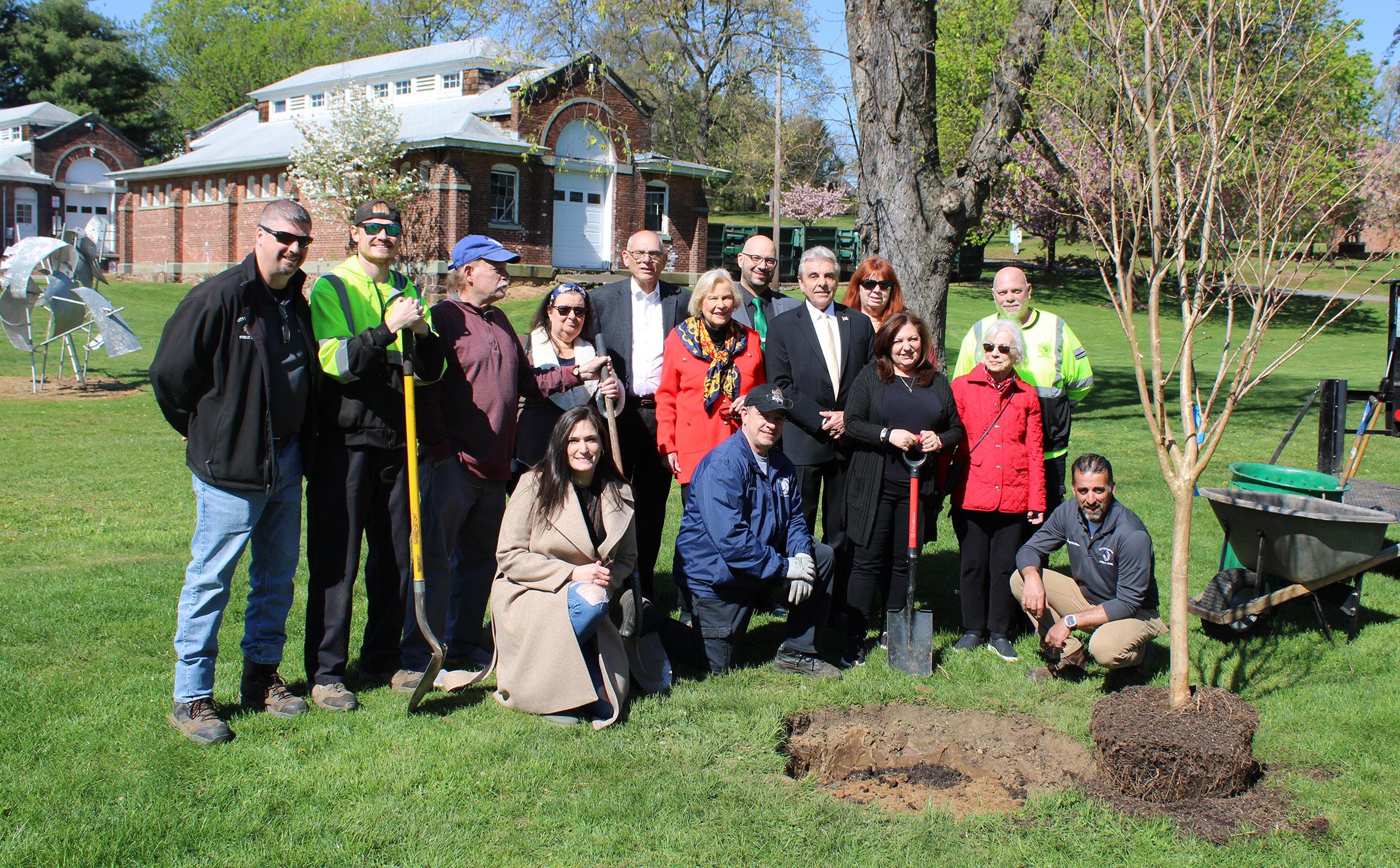


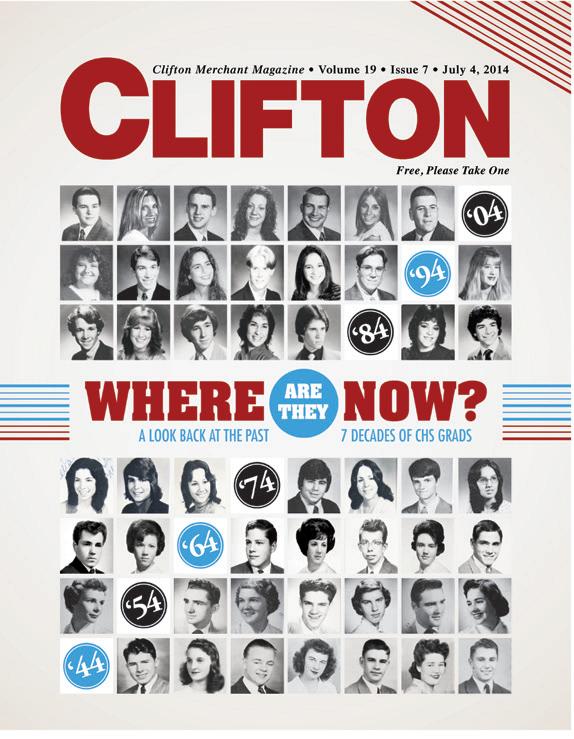
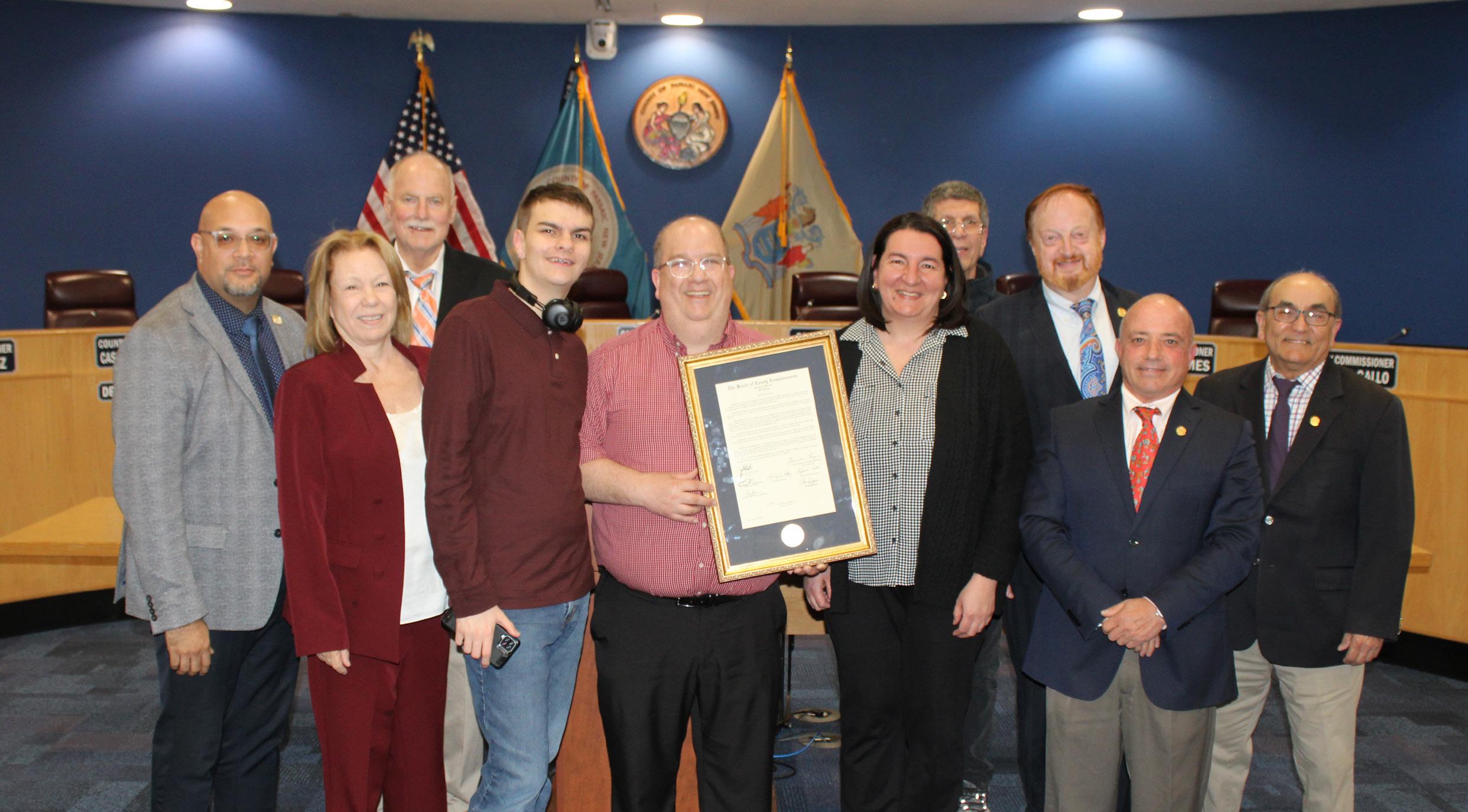


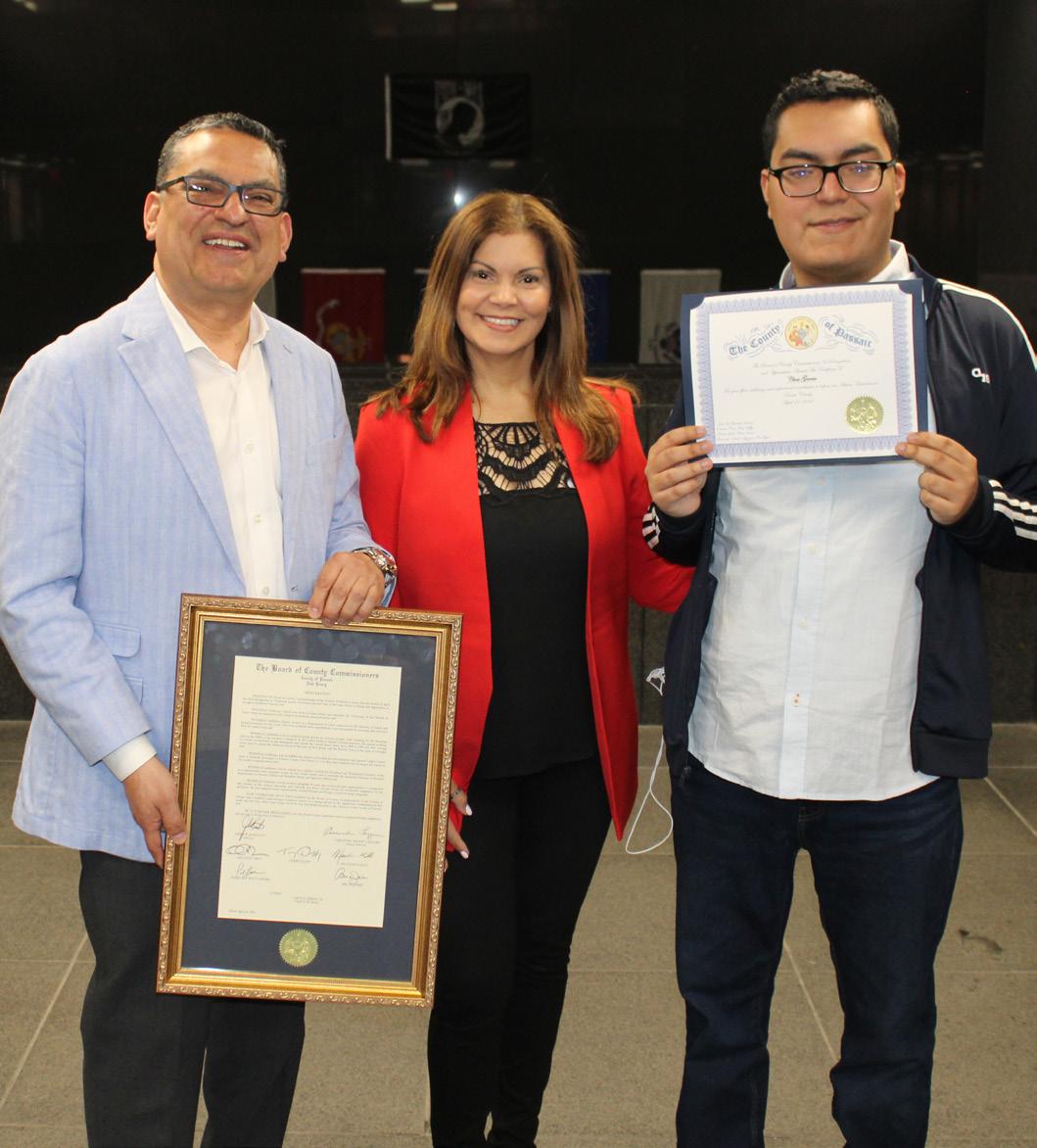


 Camille Gomera-Tavarez and mom Nilsa Tavarez.
Camille Gomera-Tavarez and mom Nilsa Tavarez.




